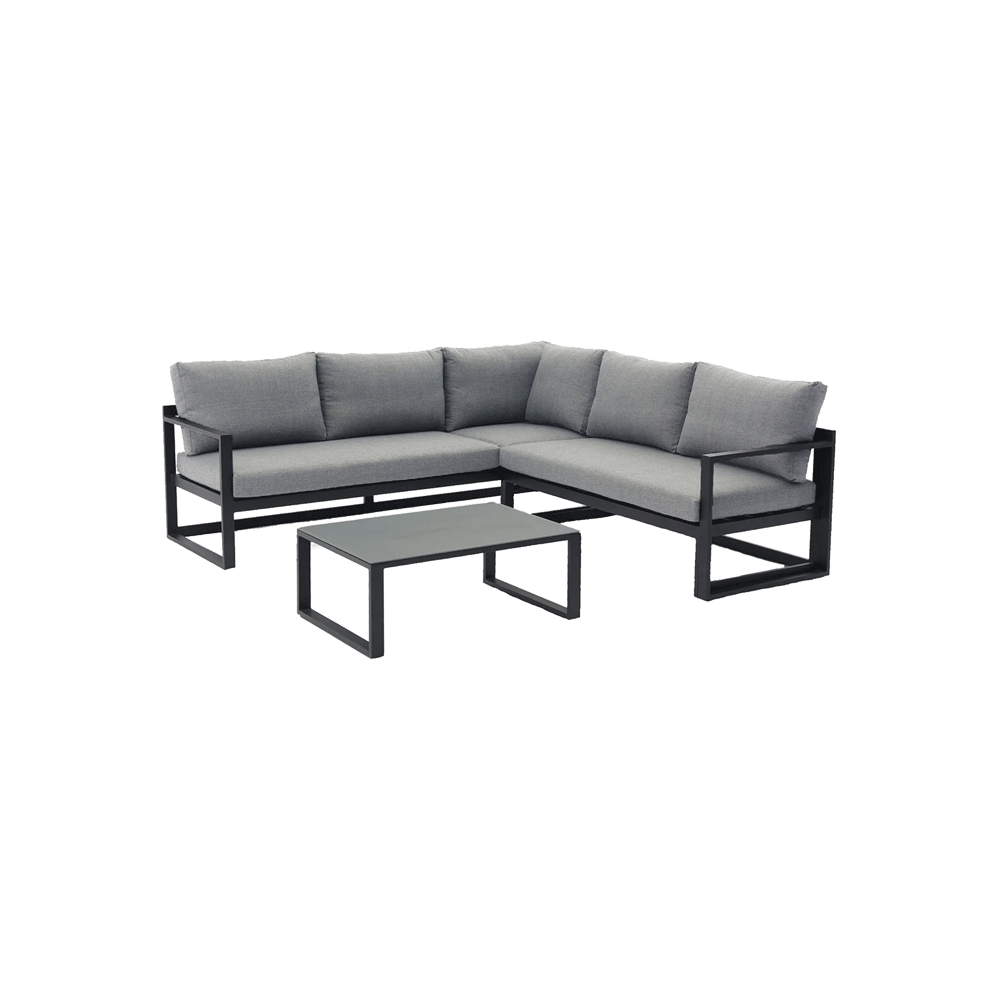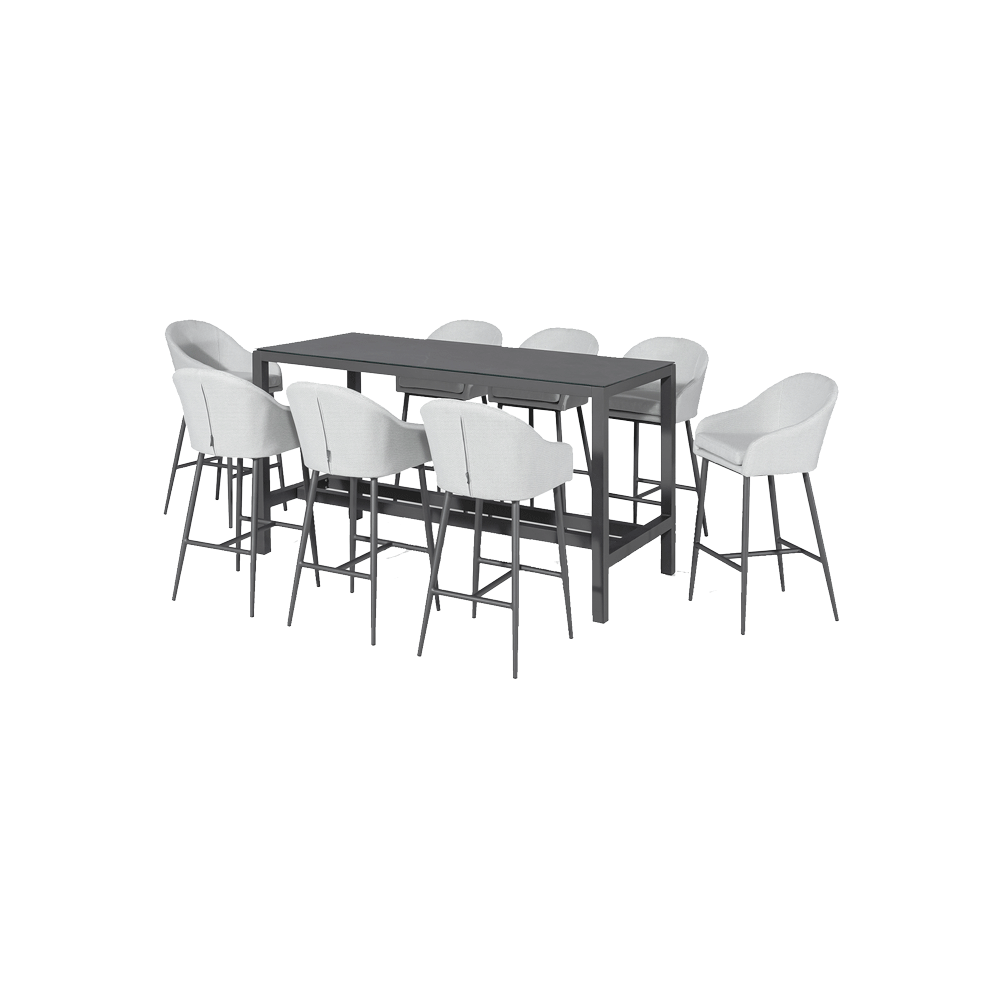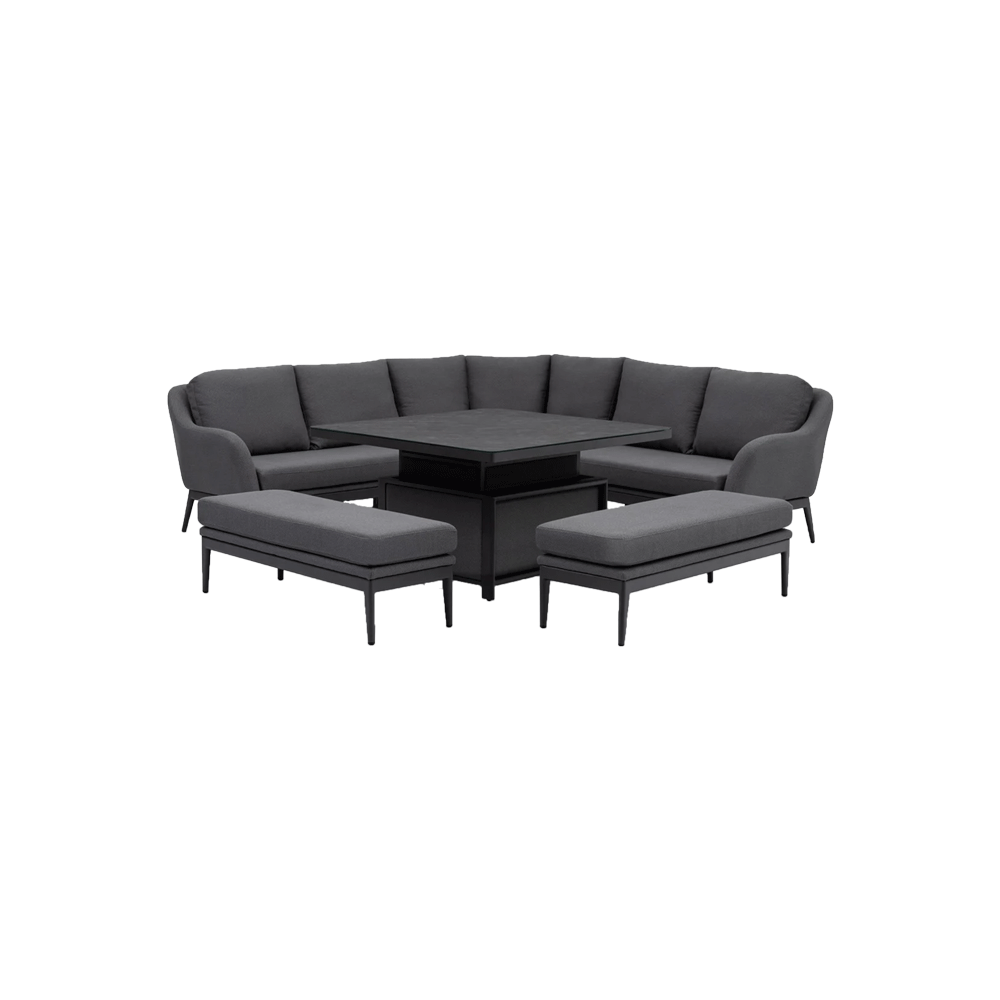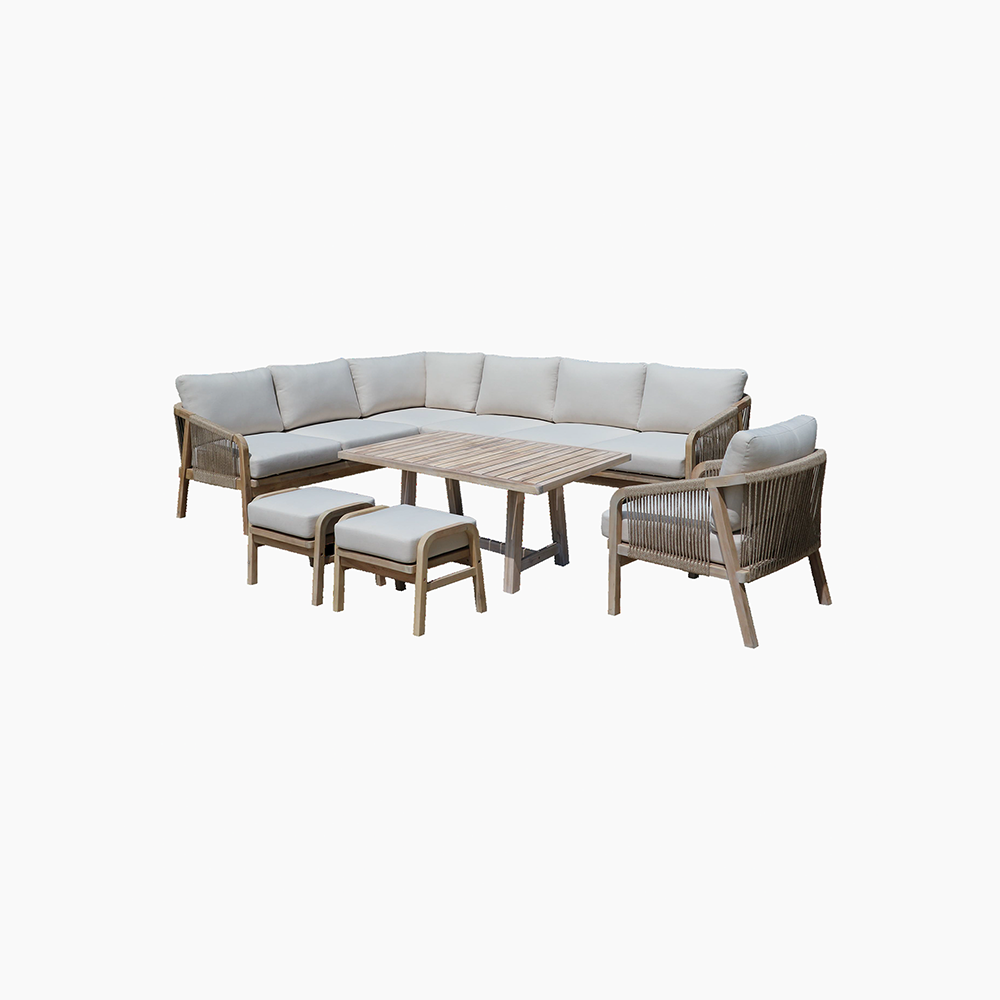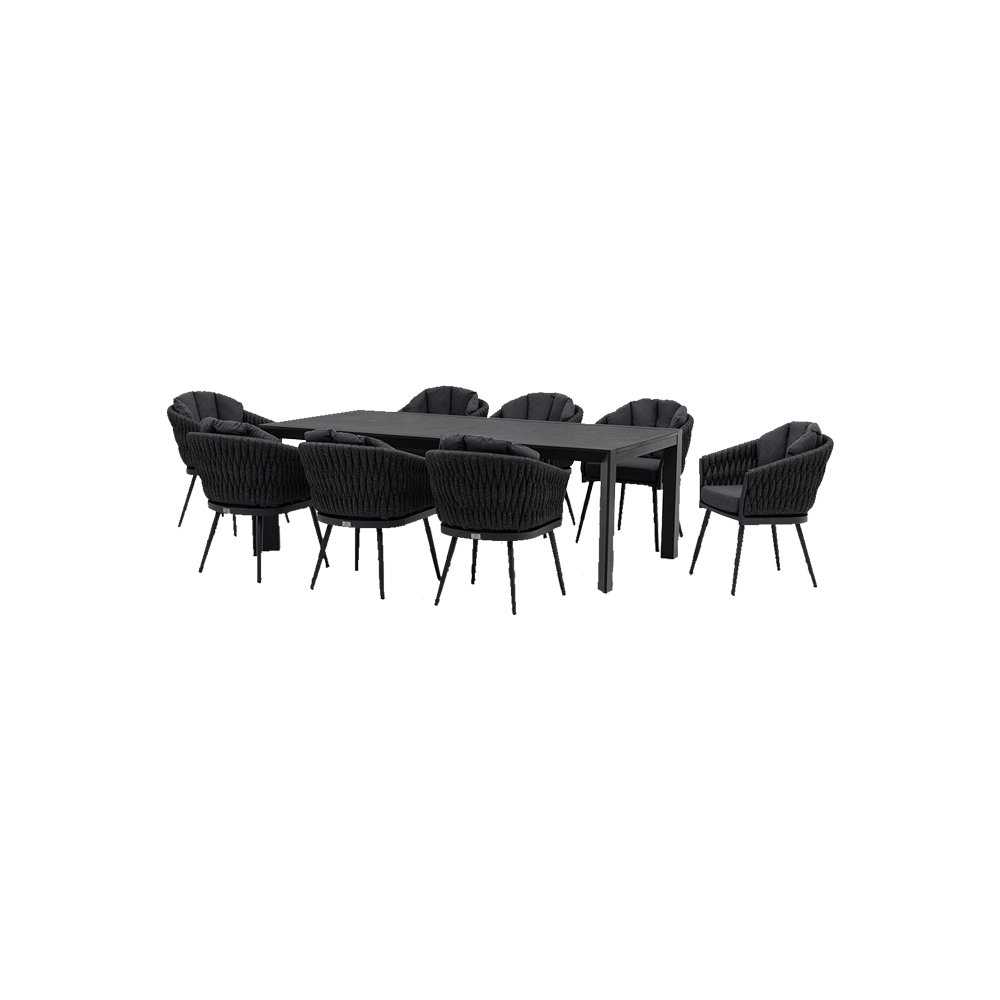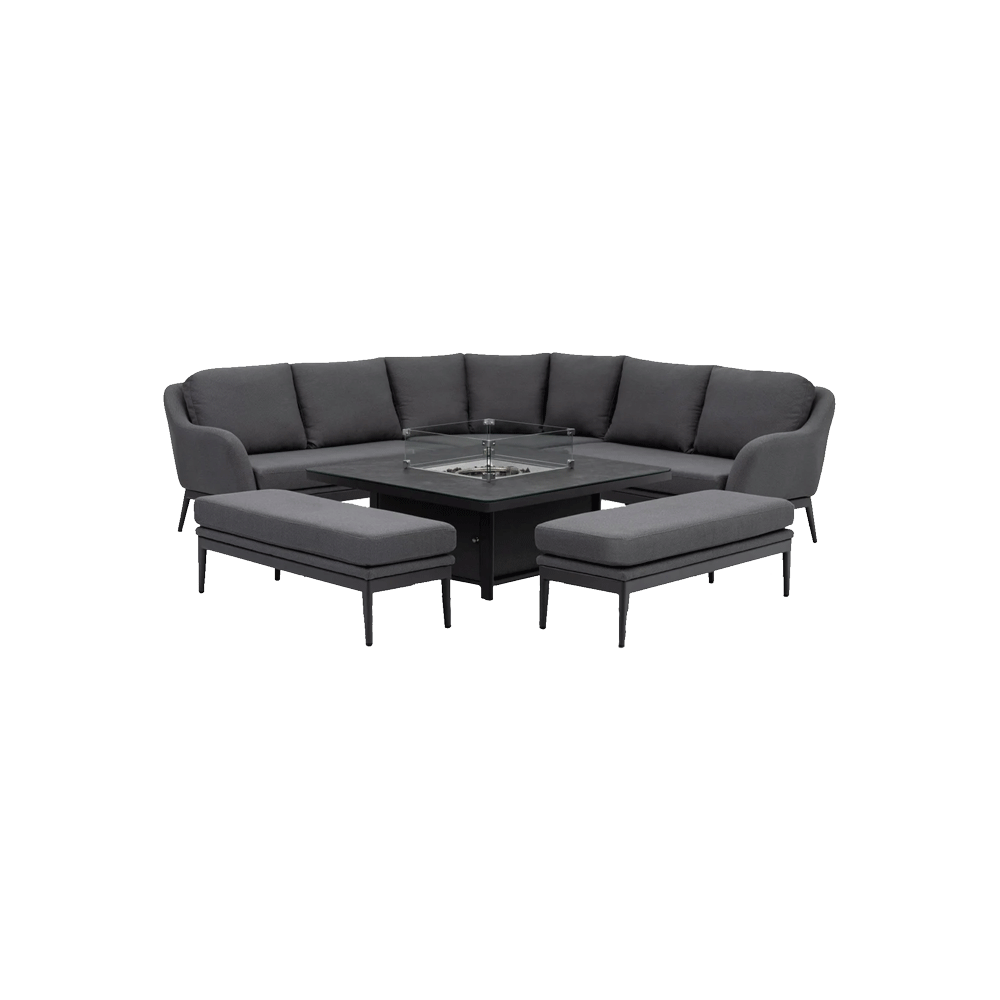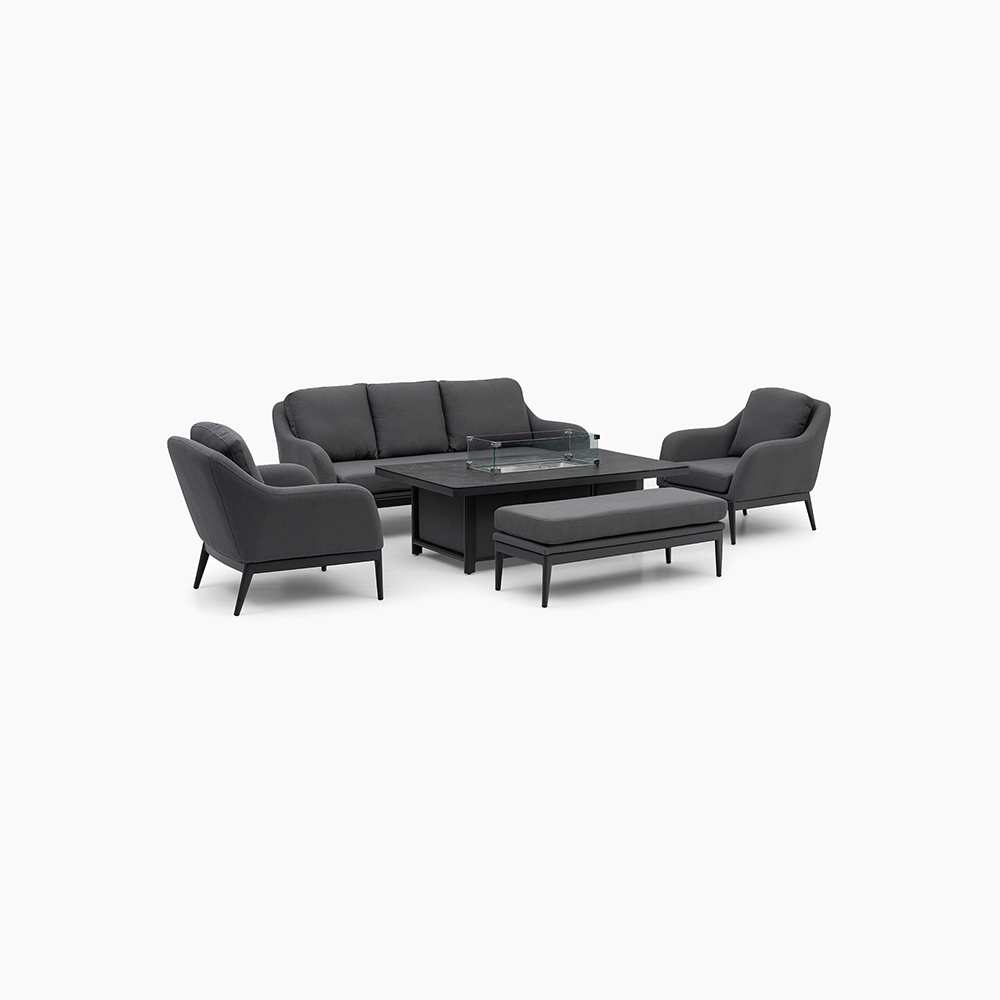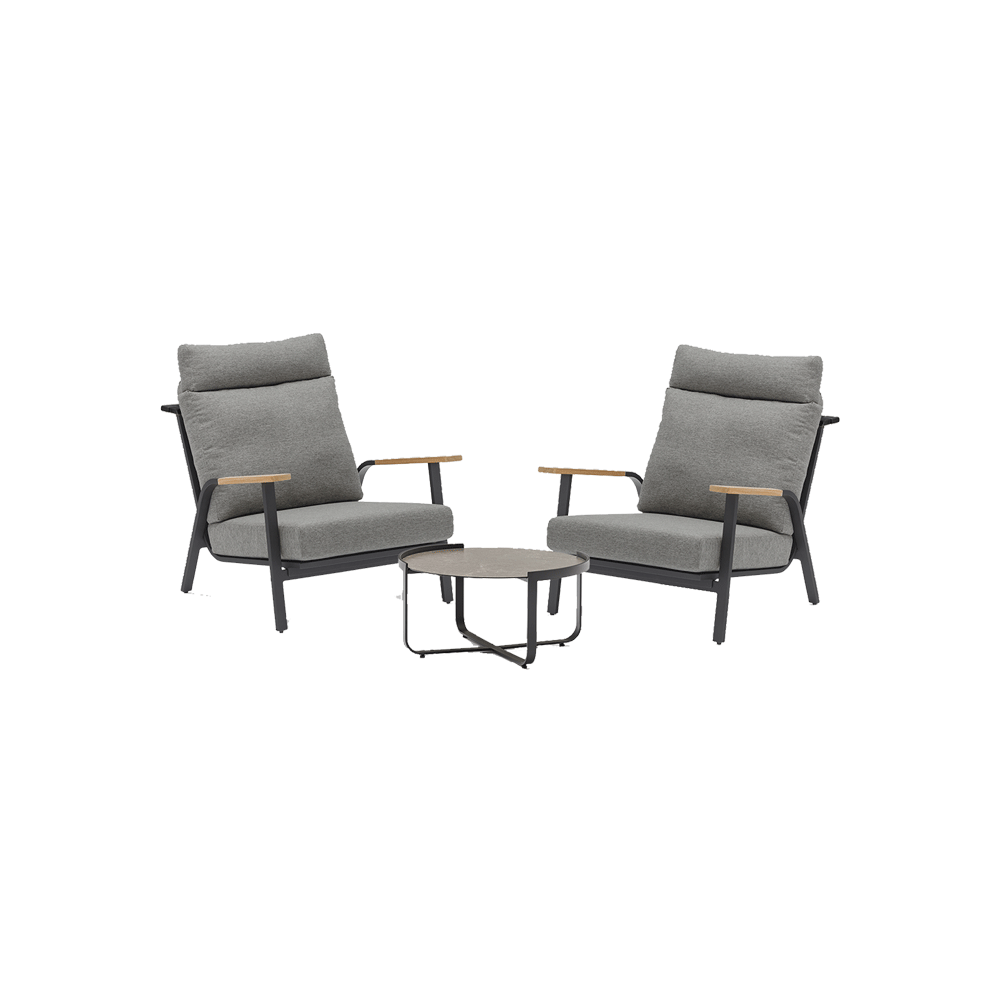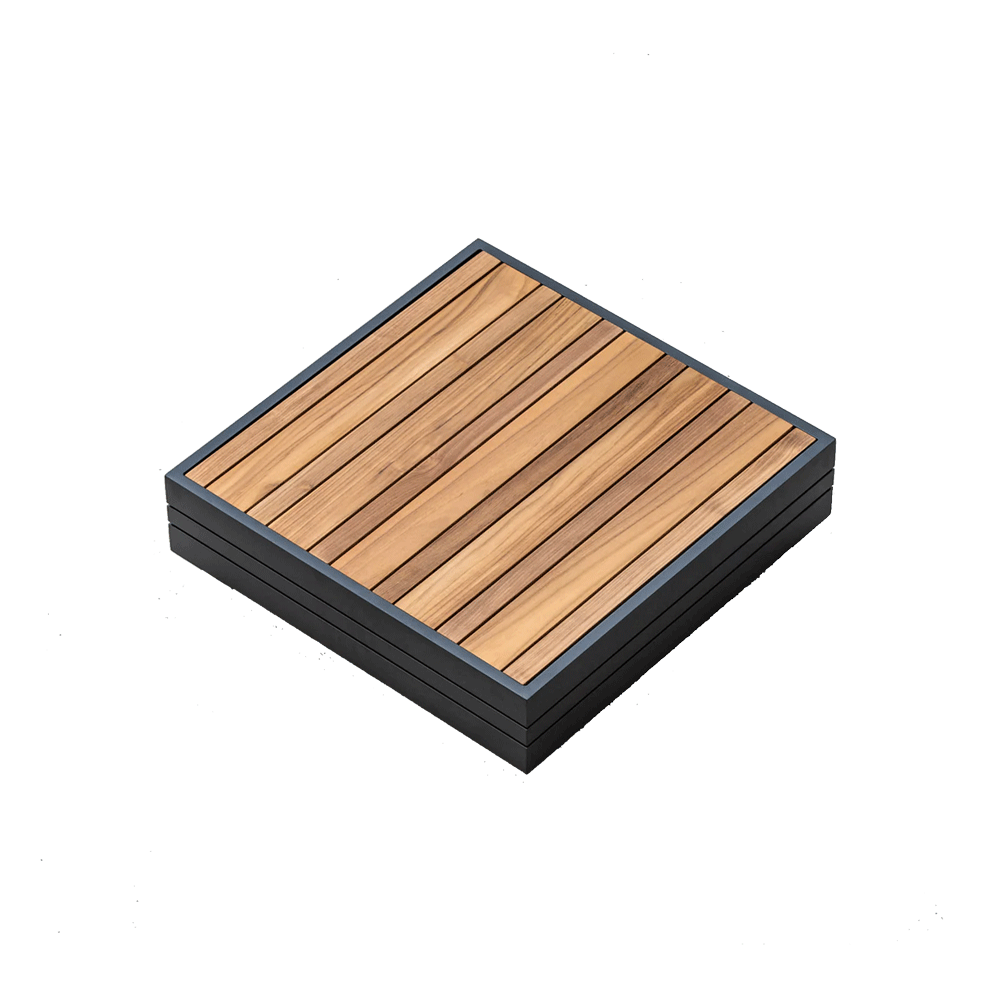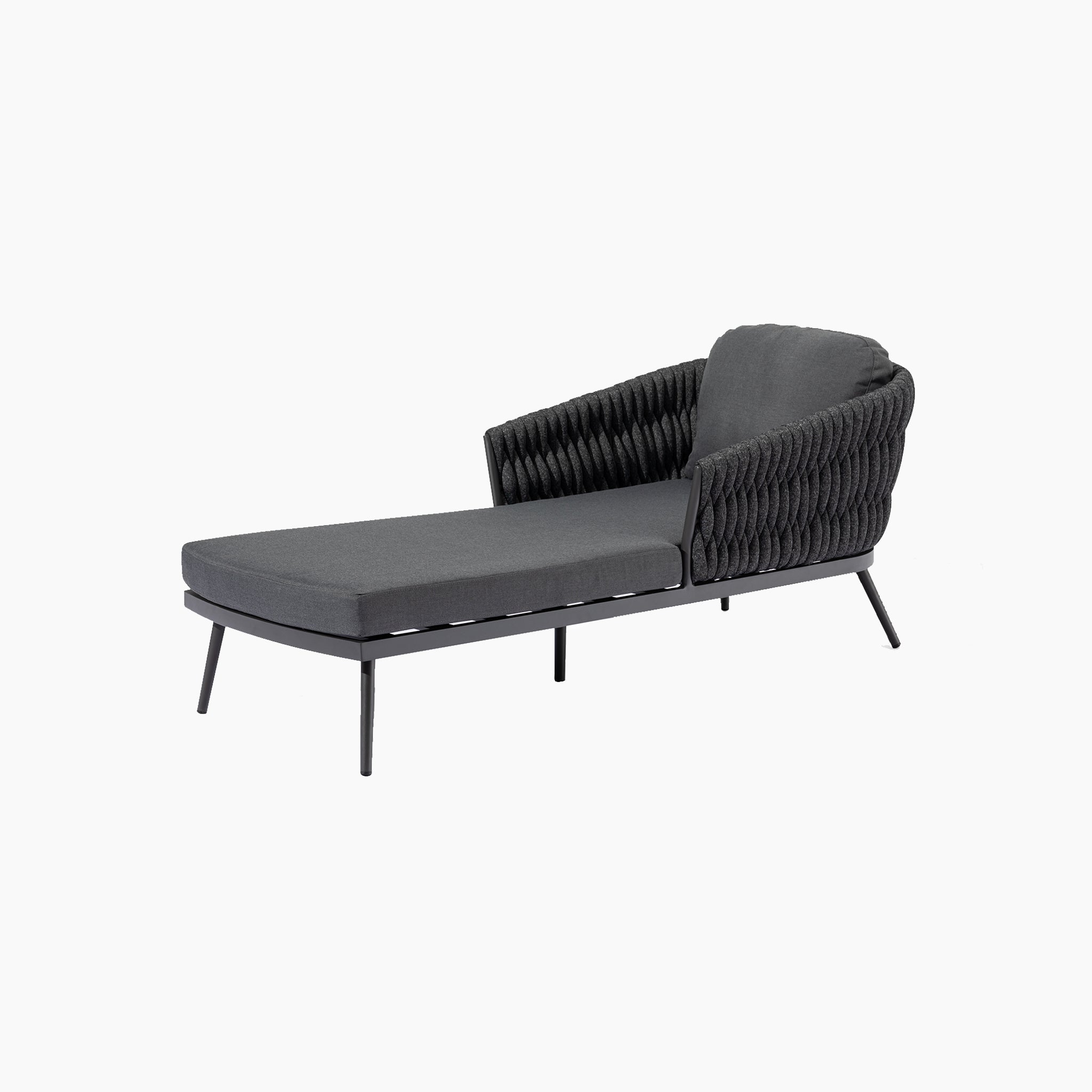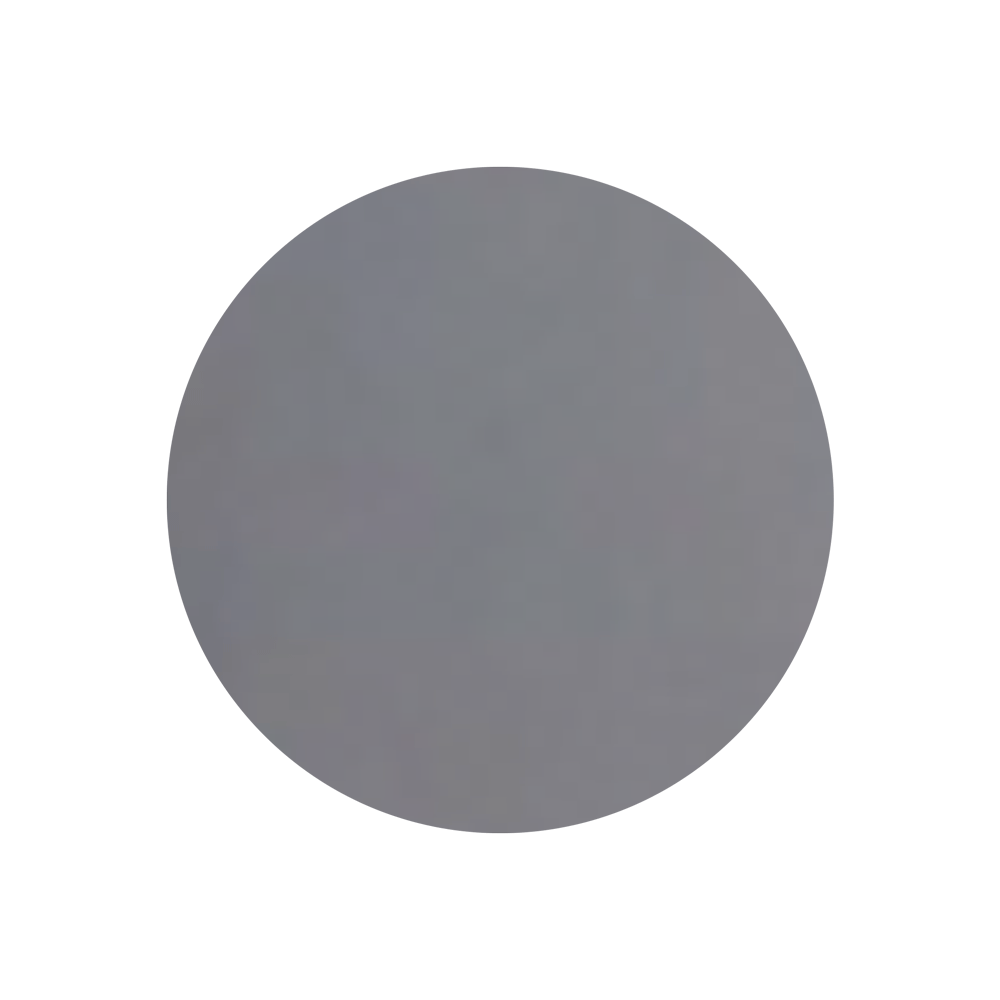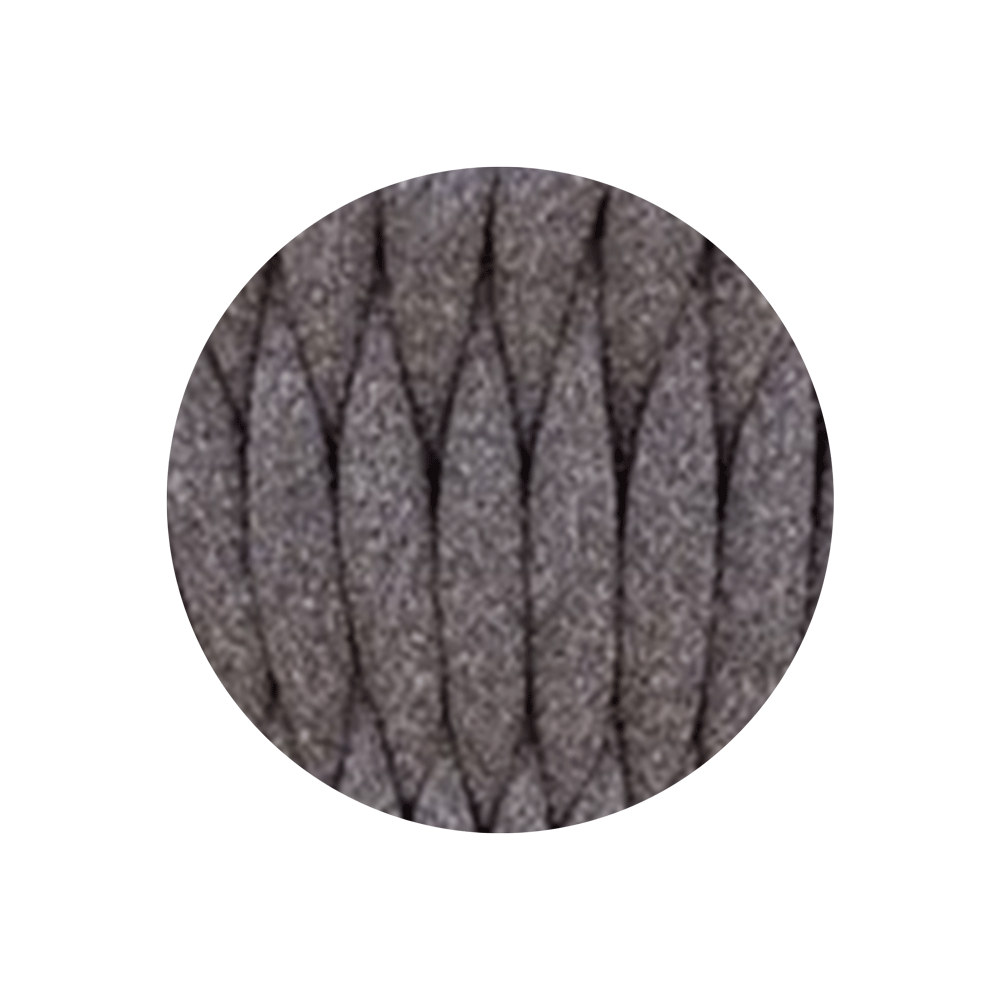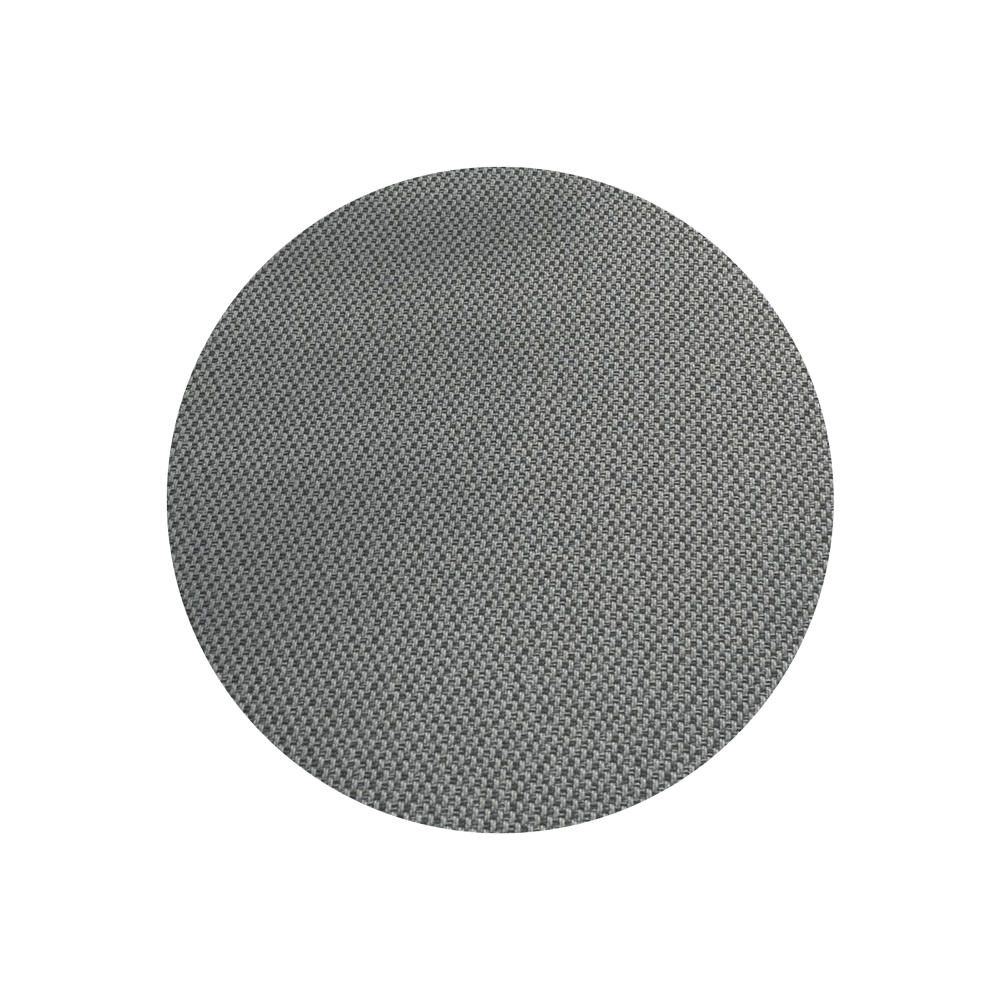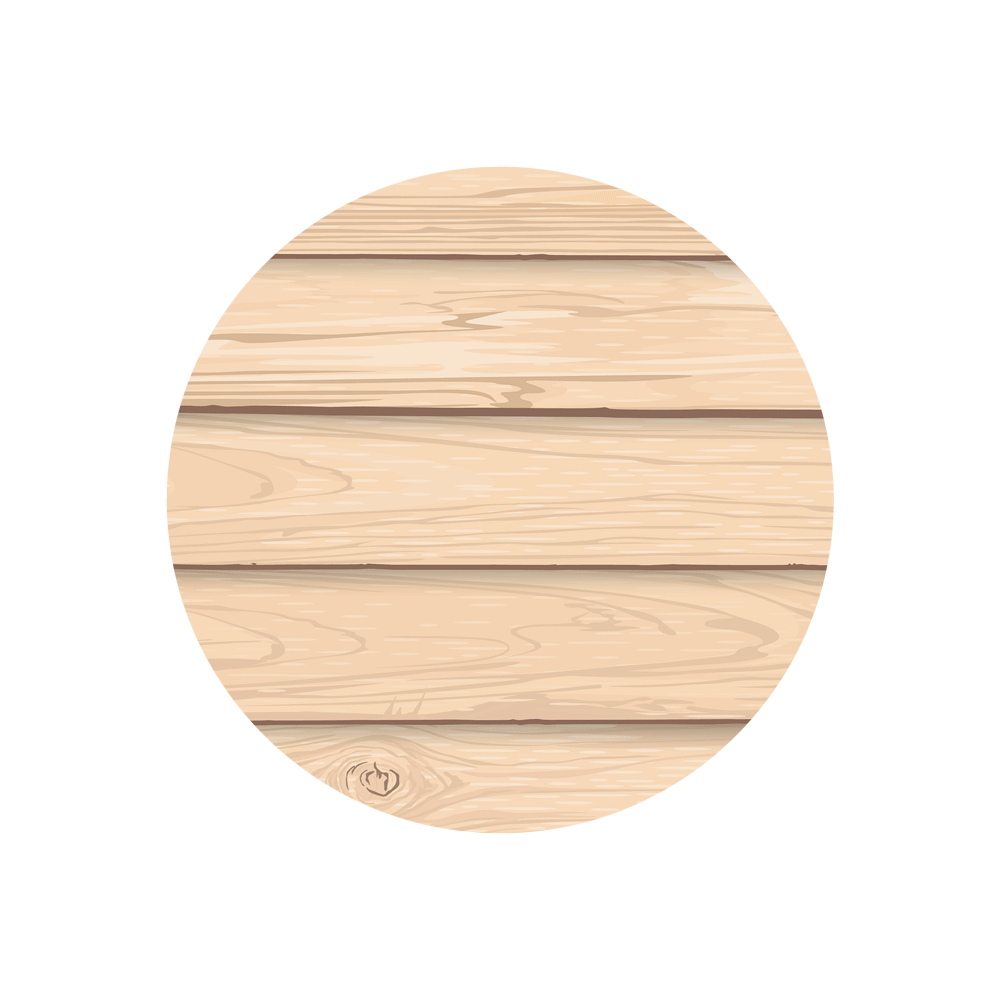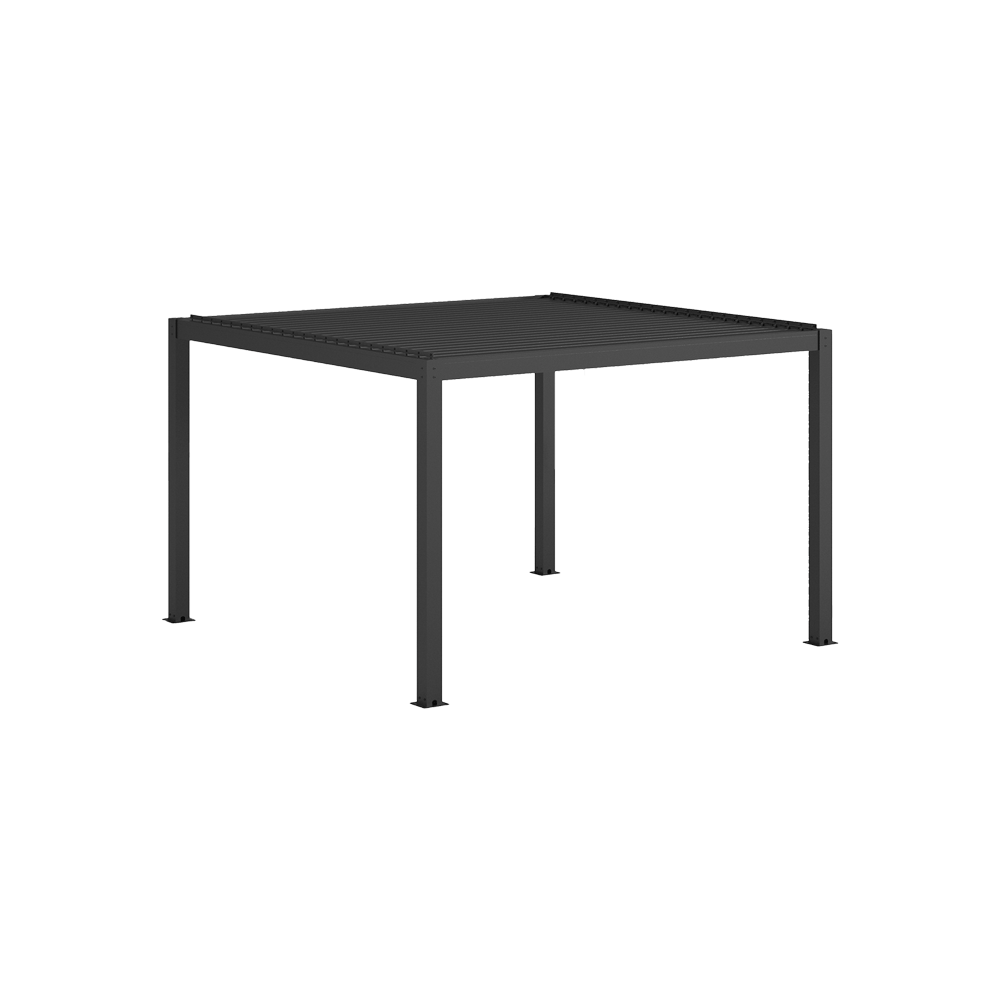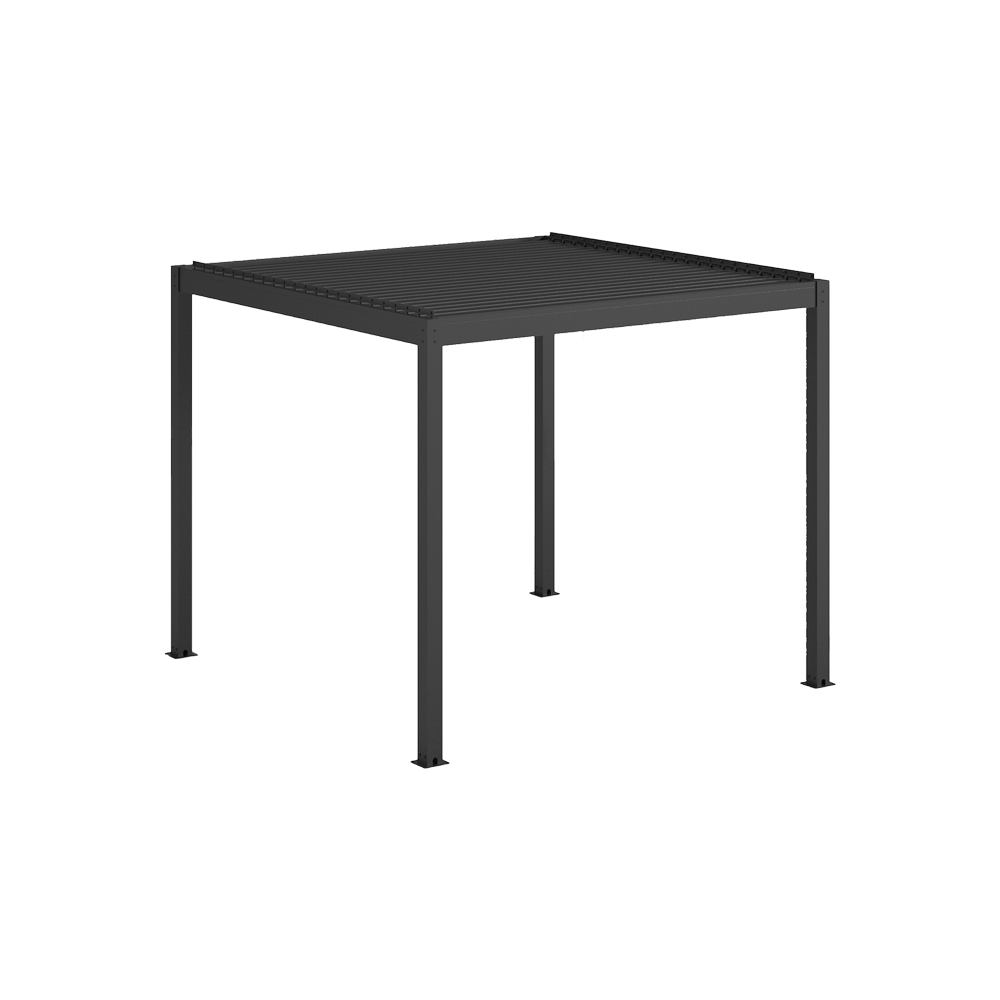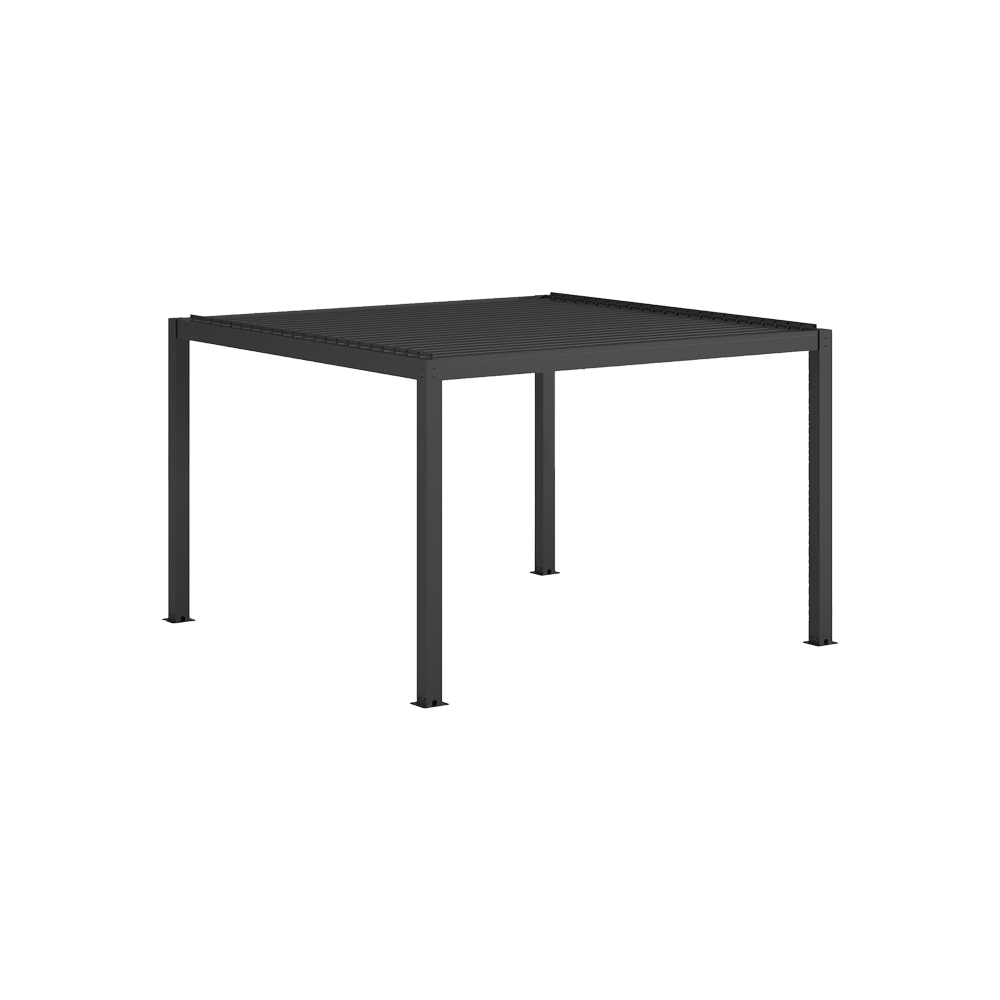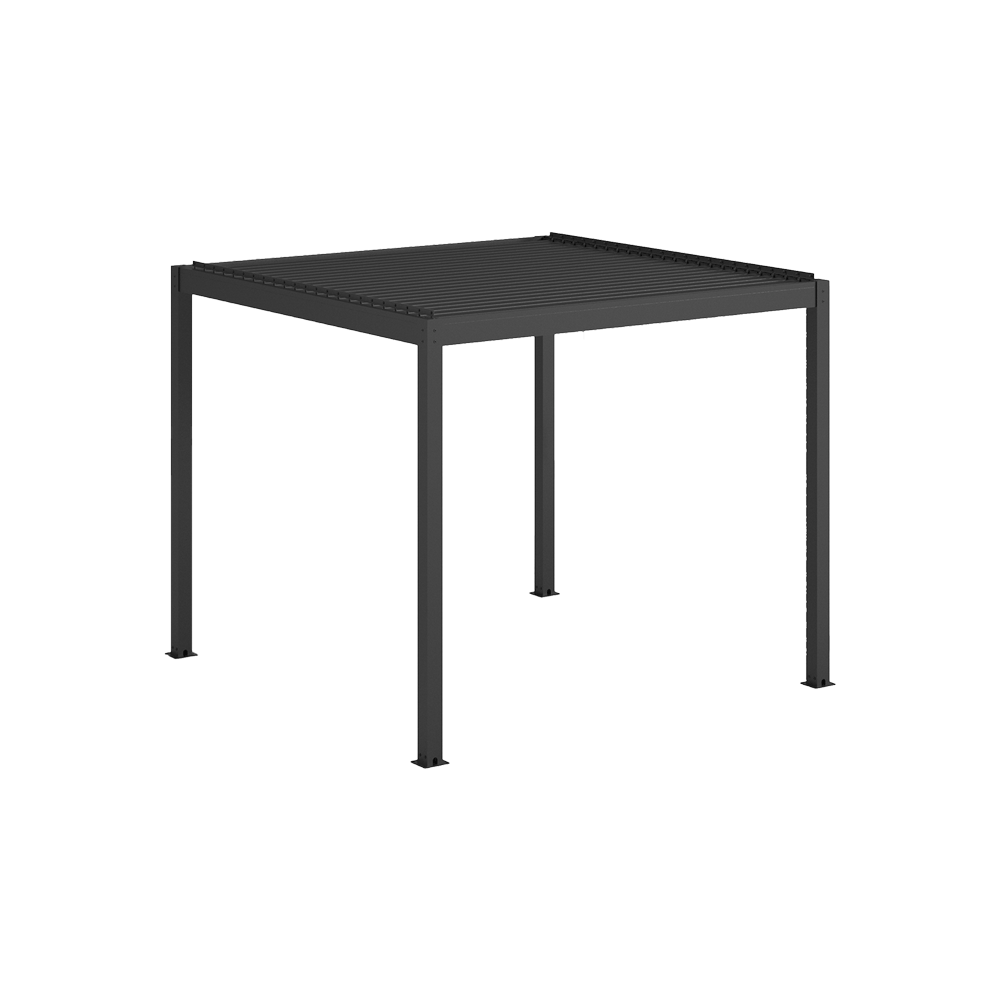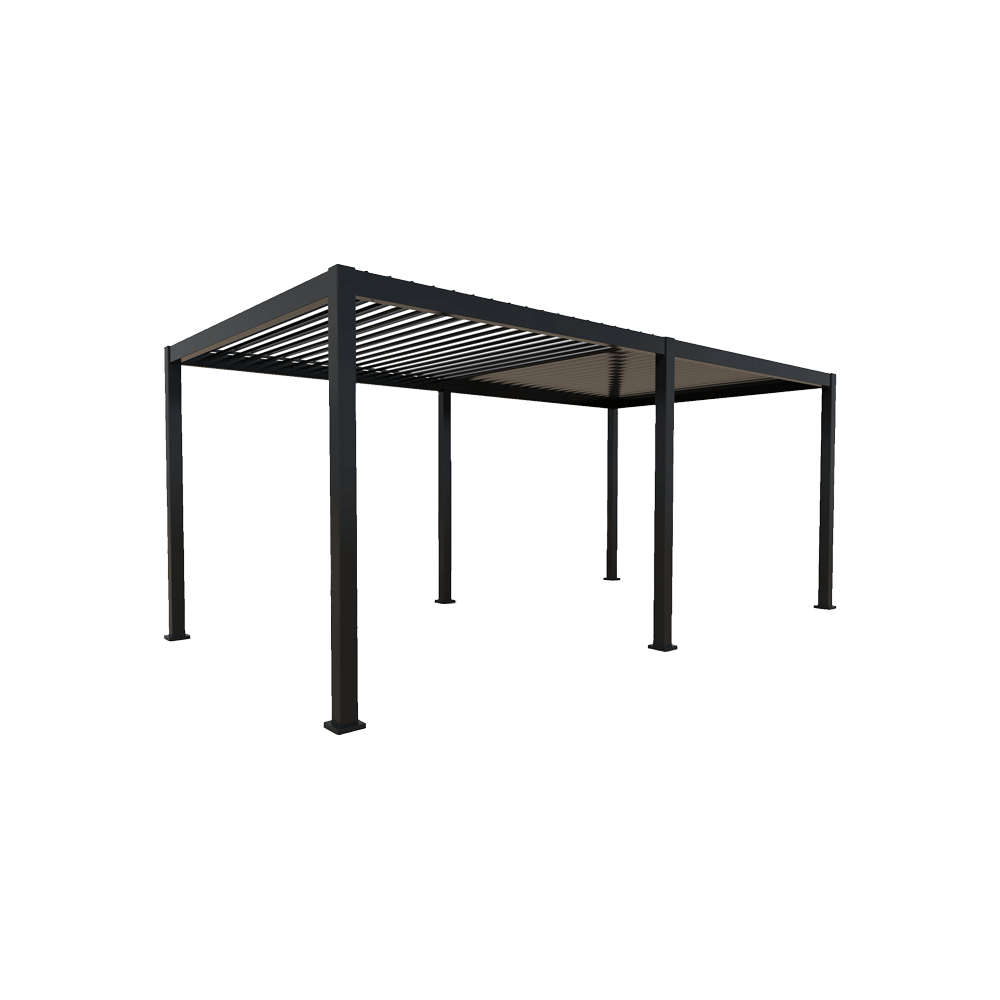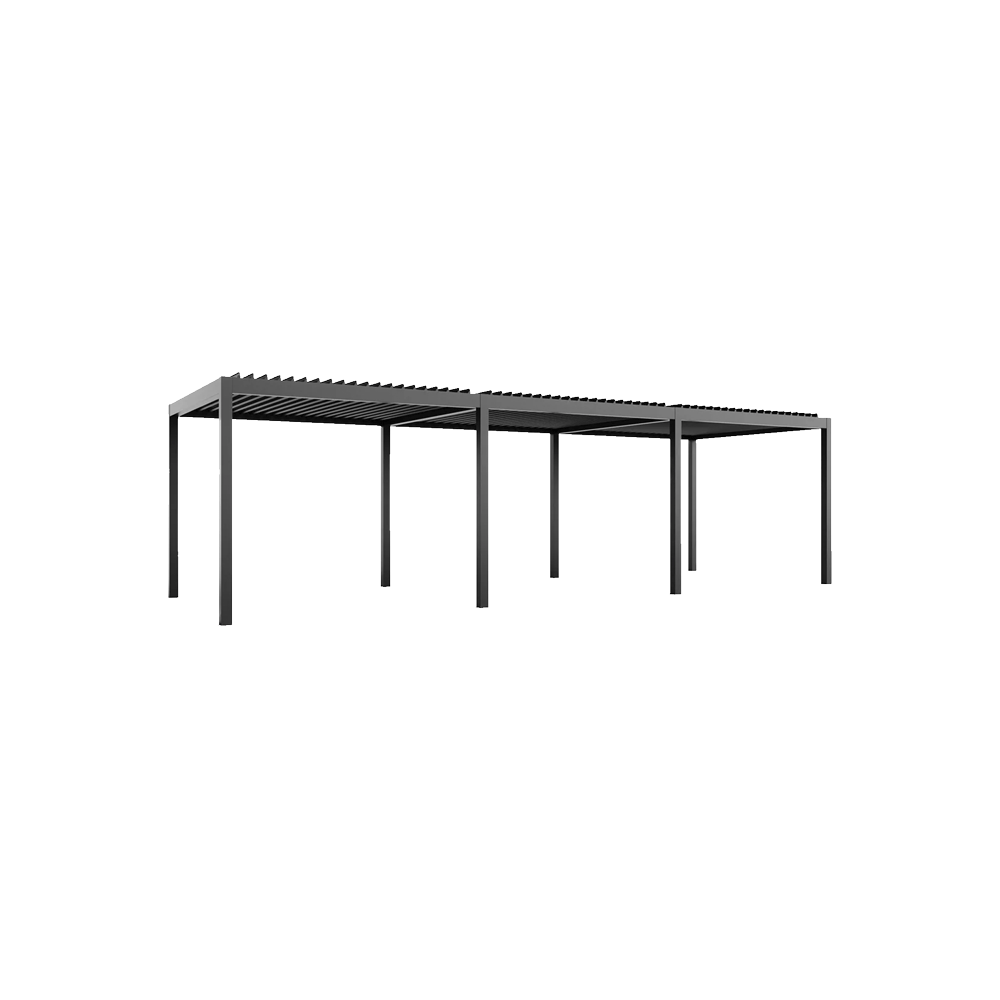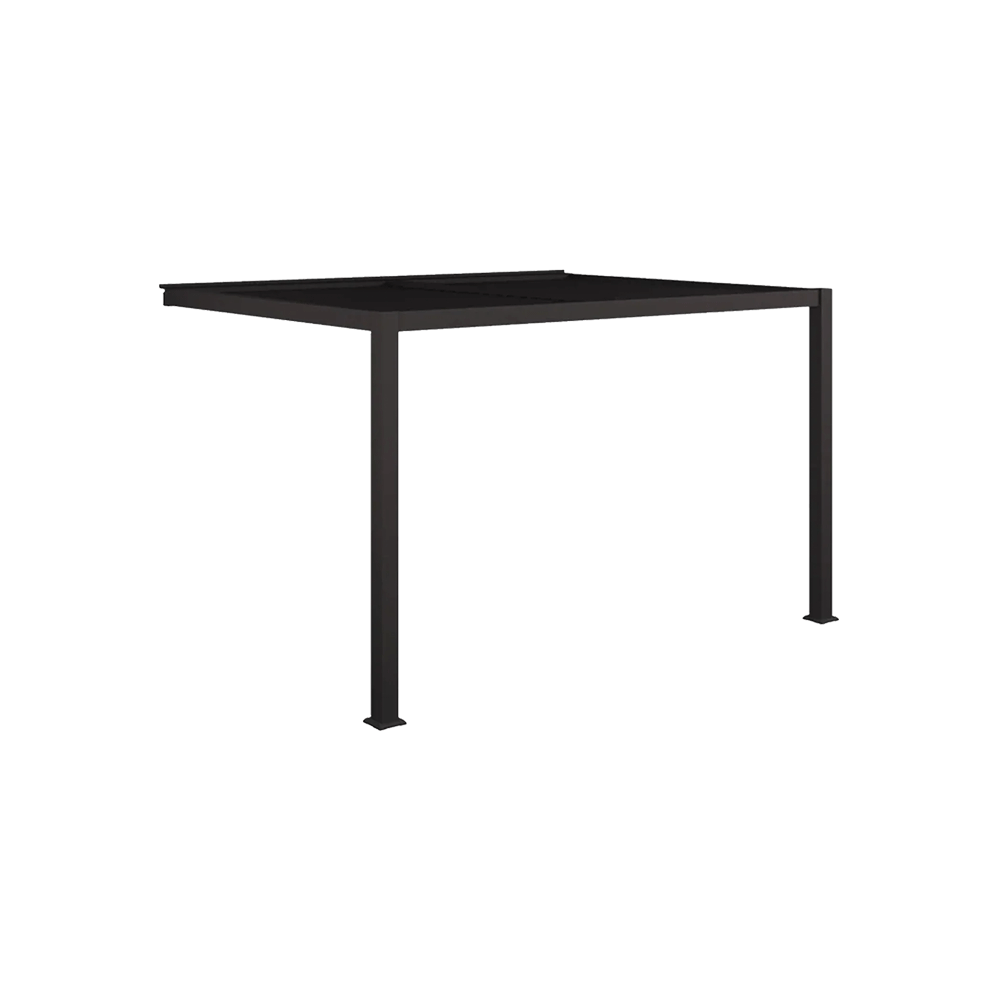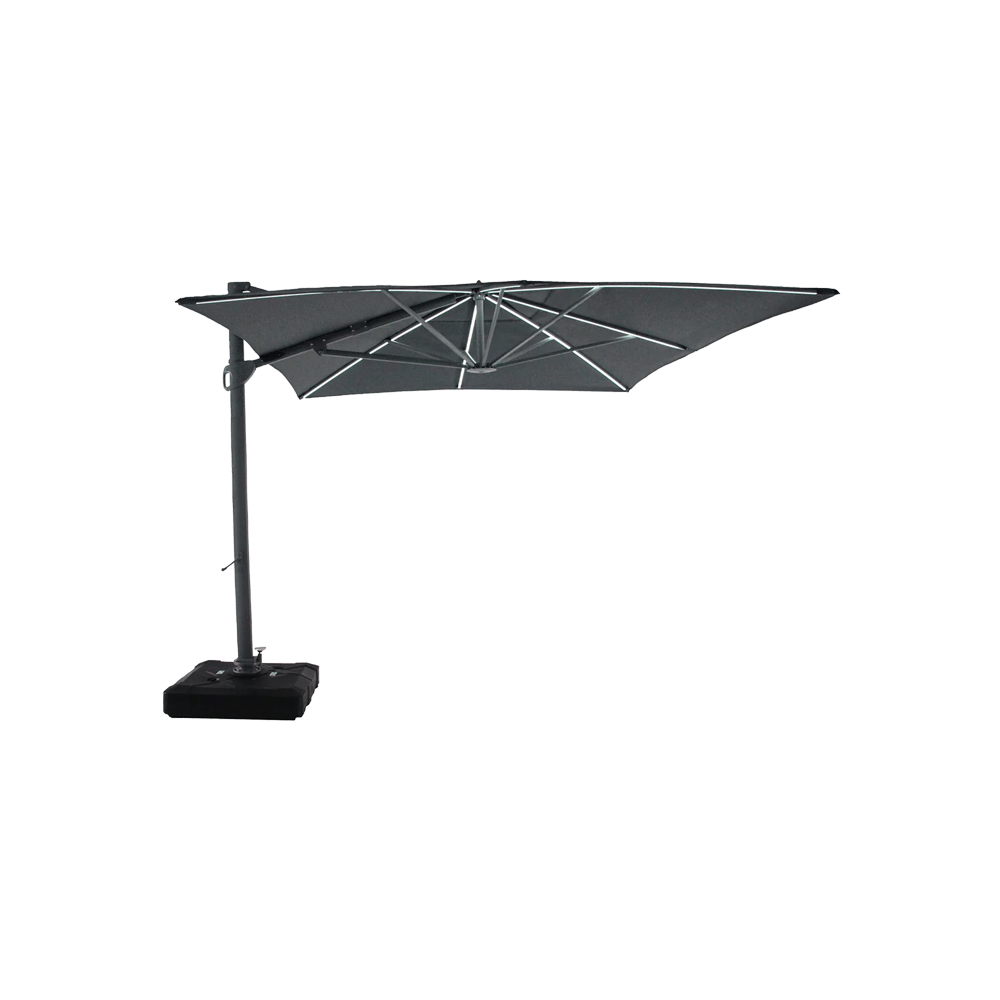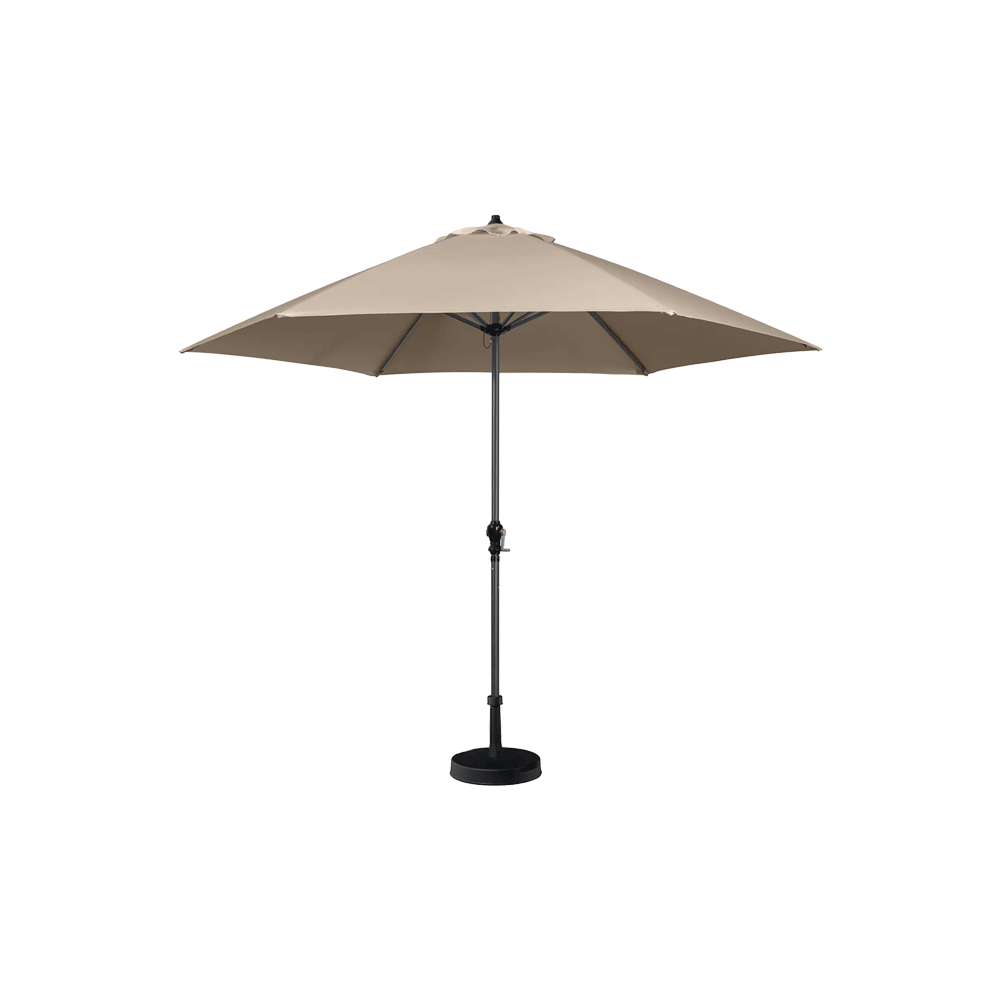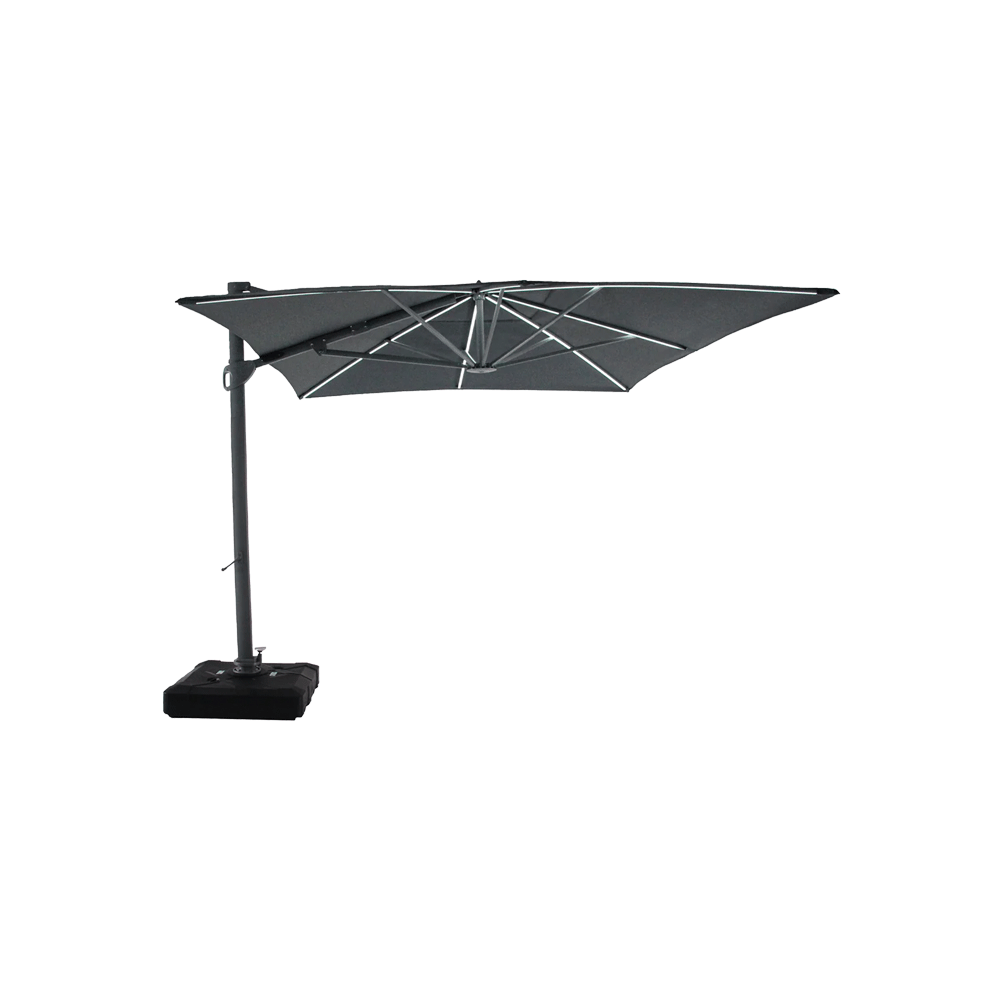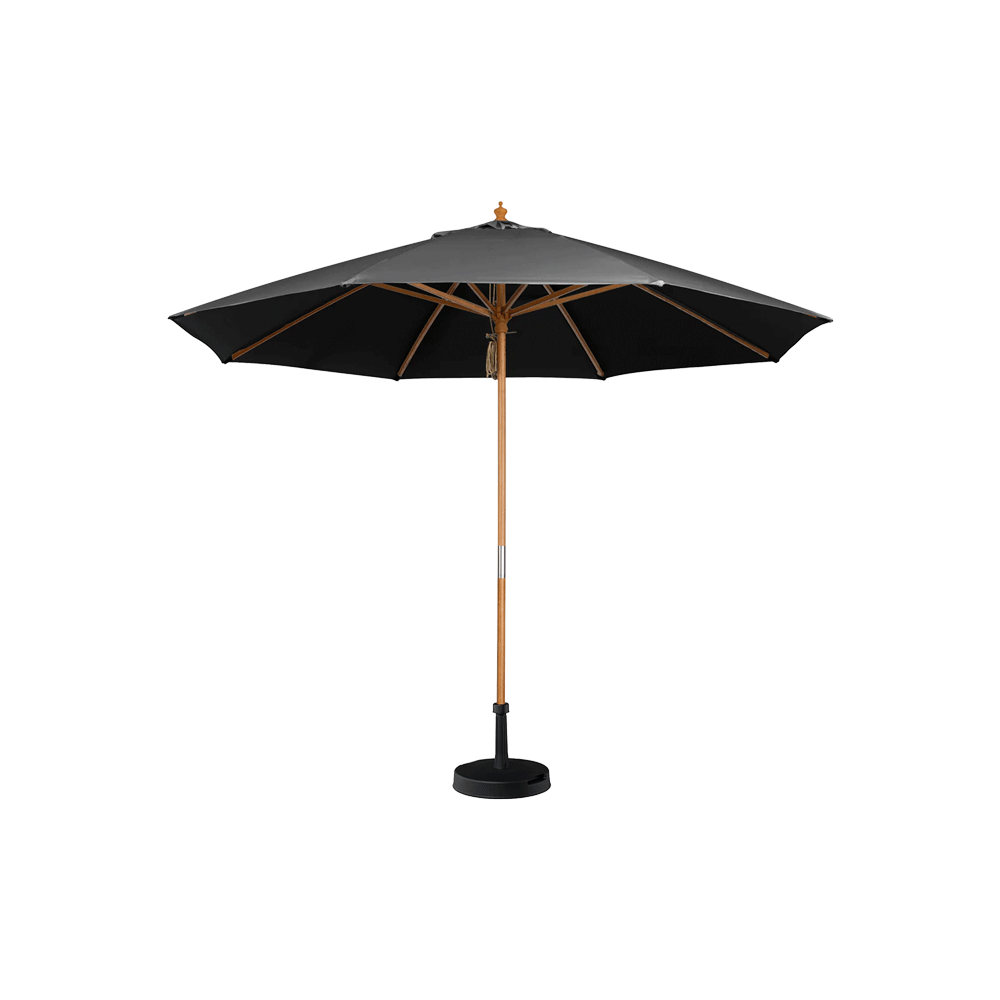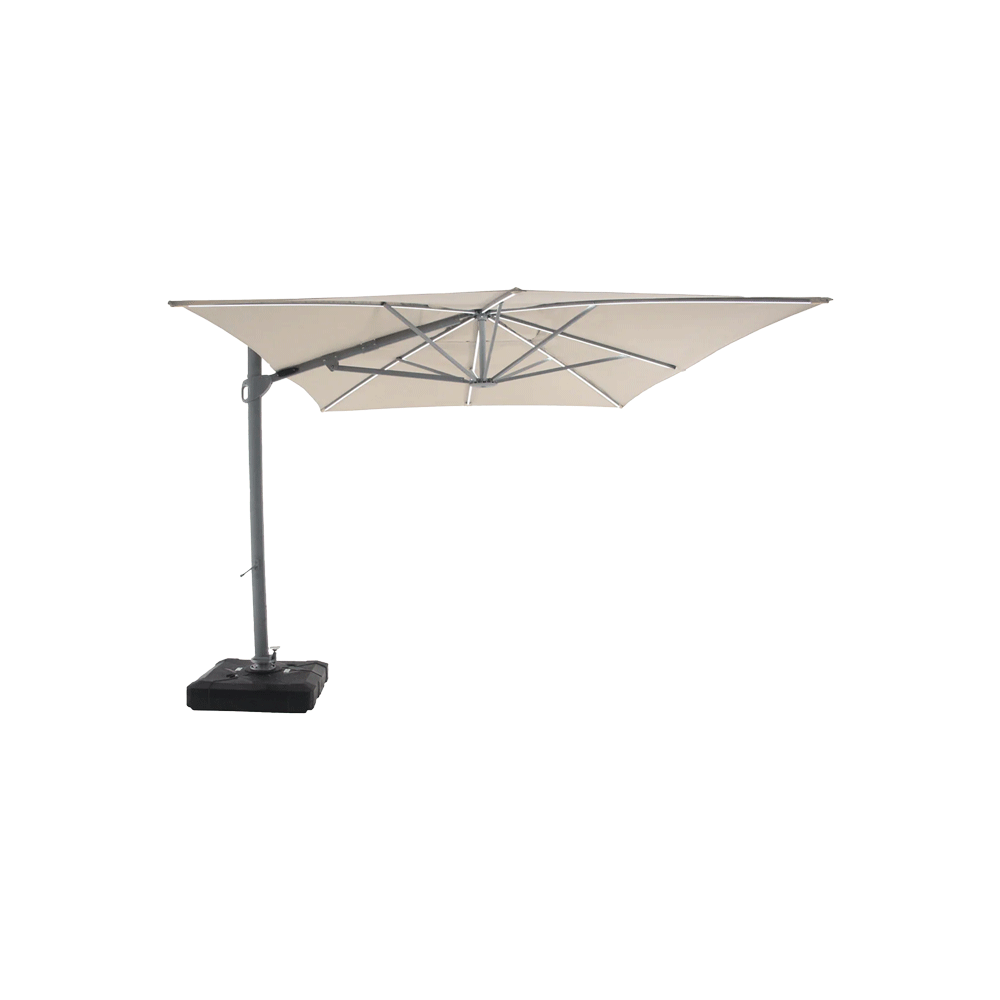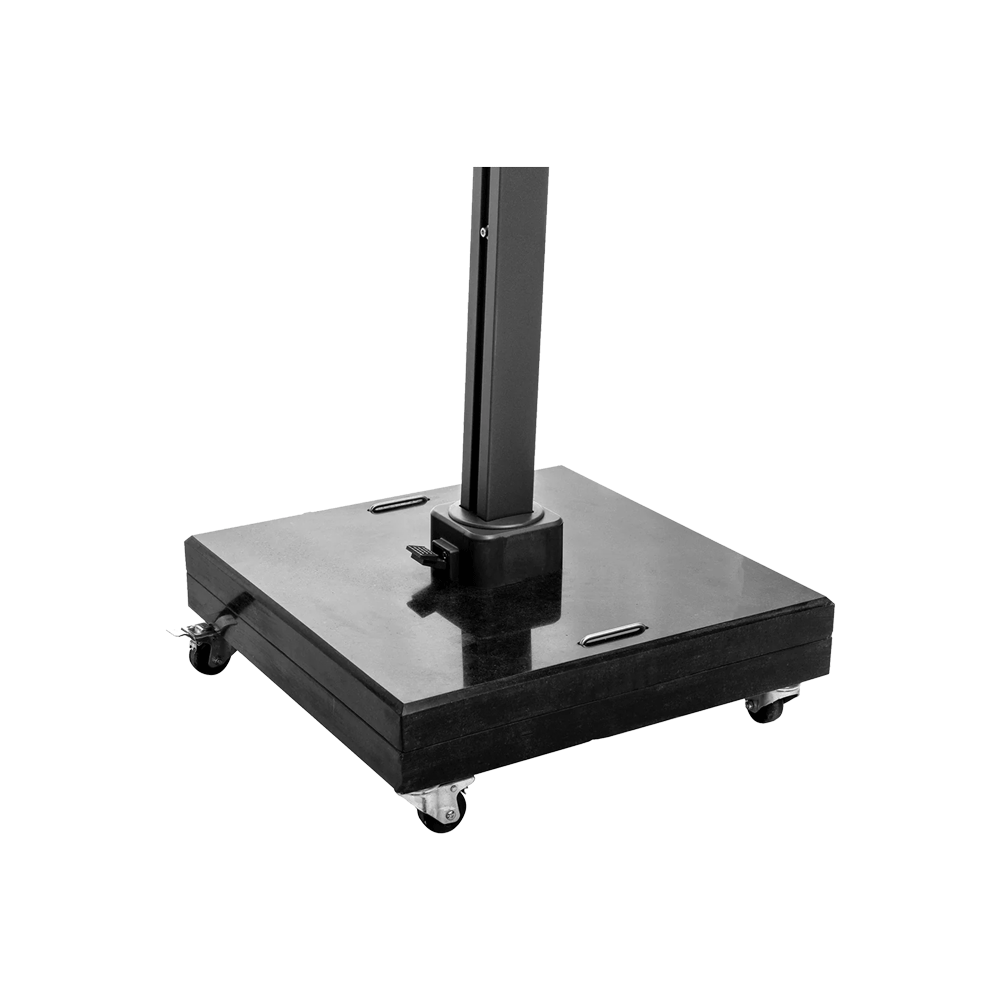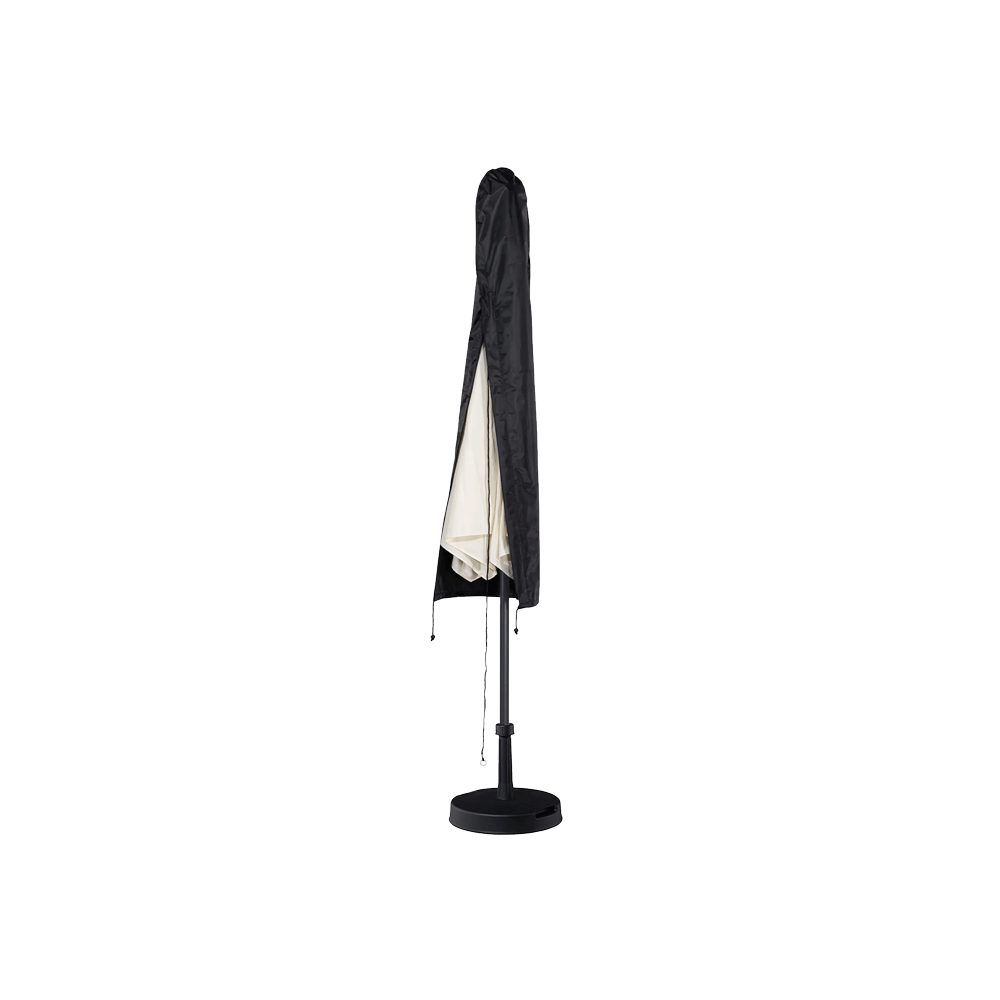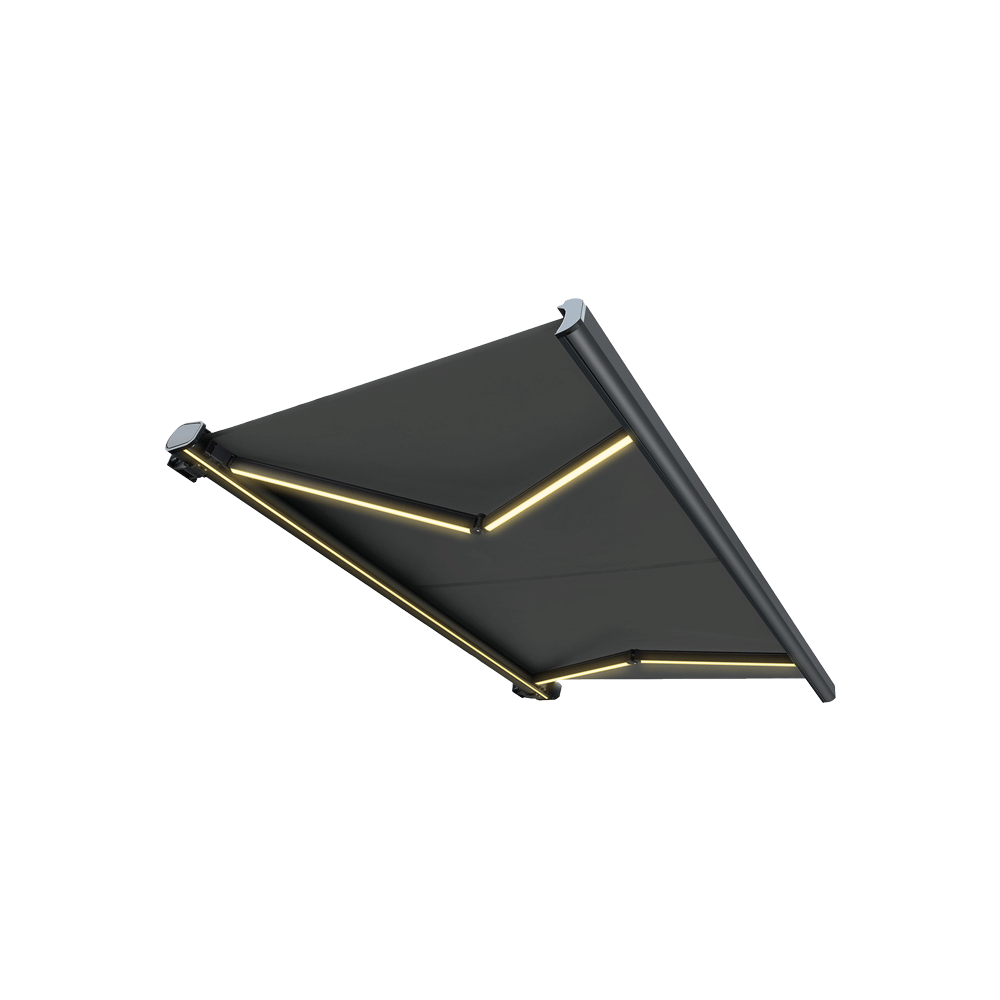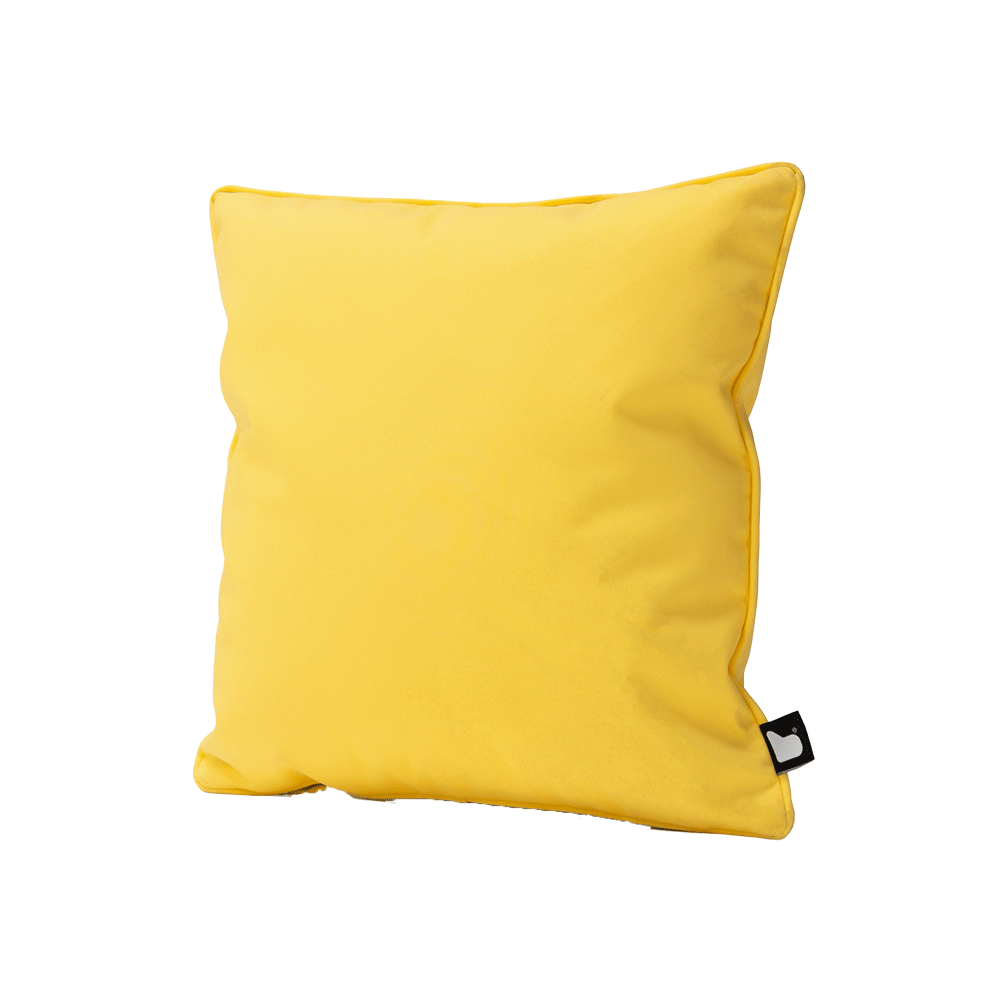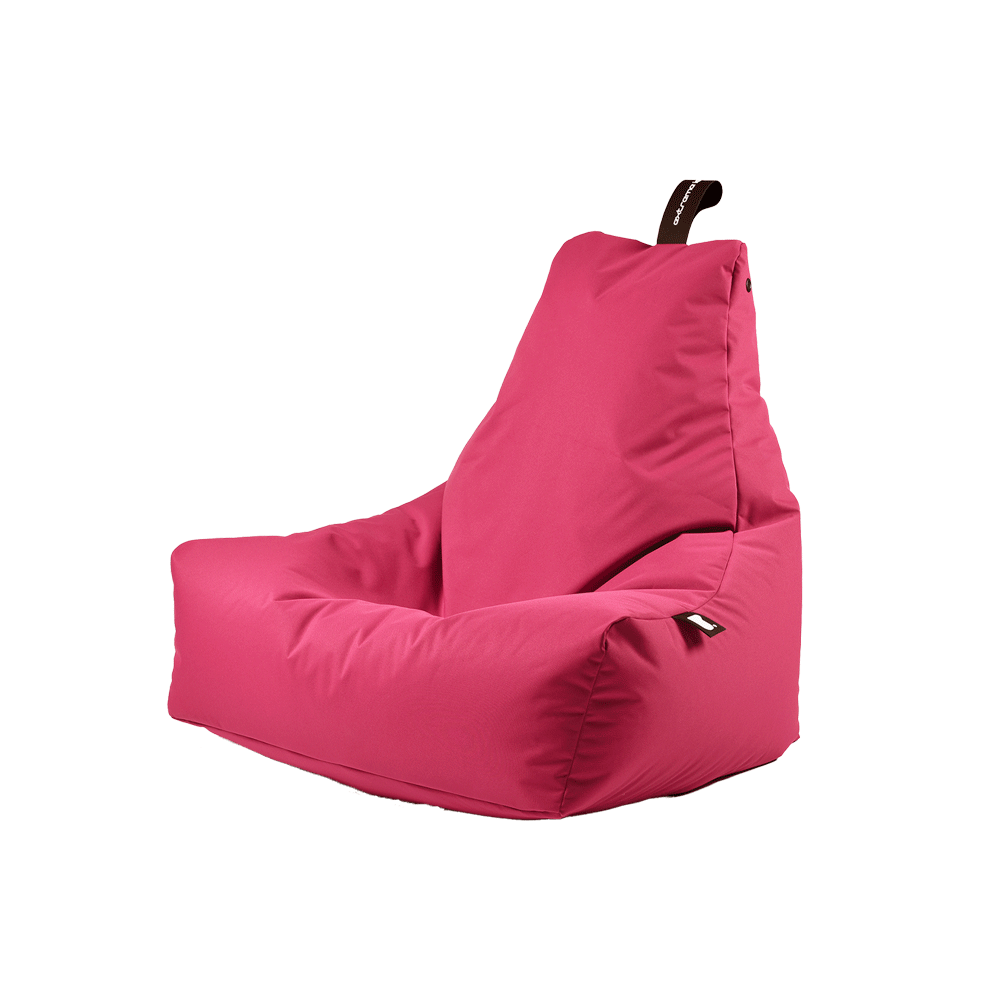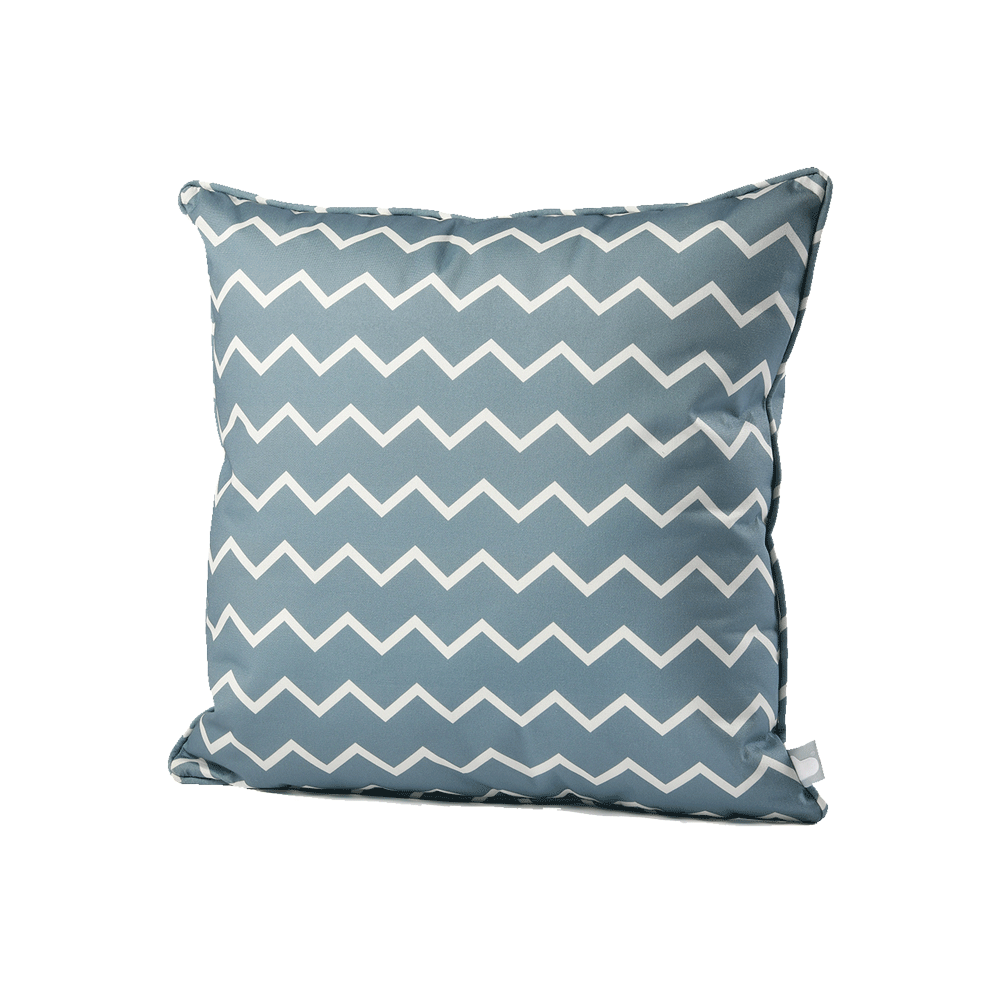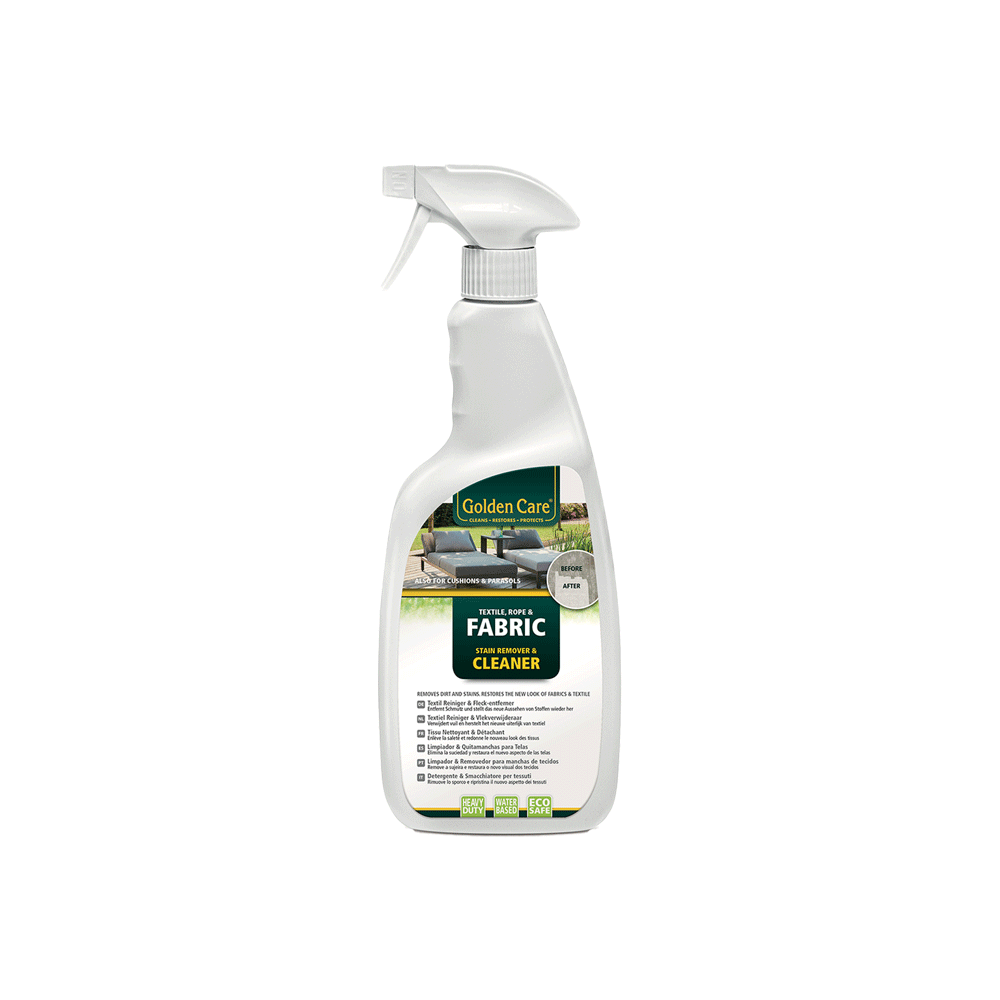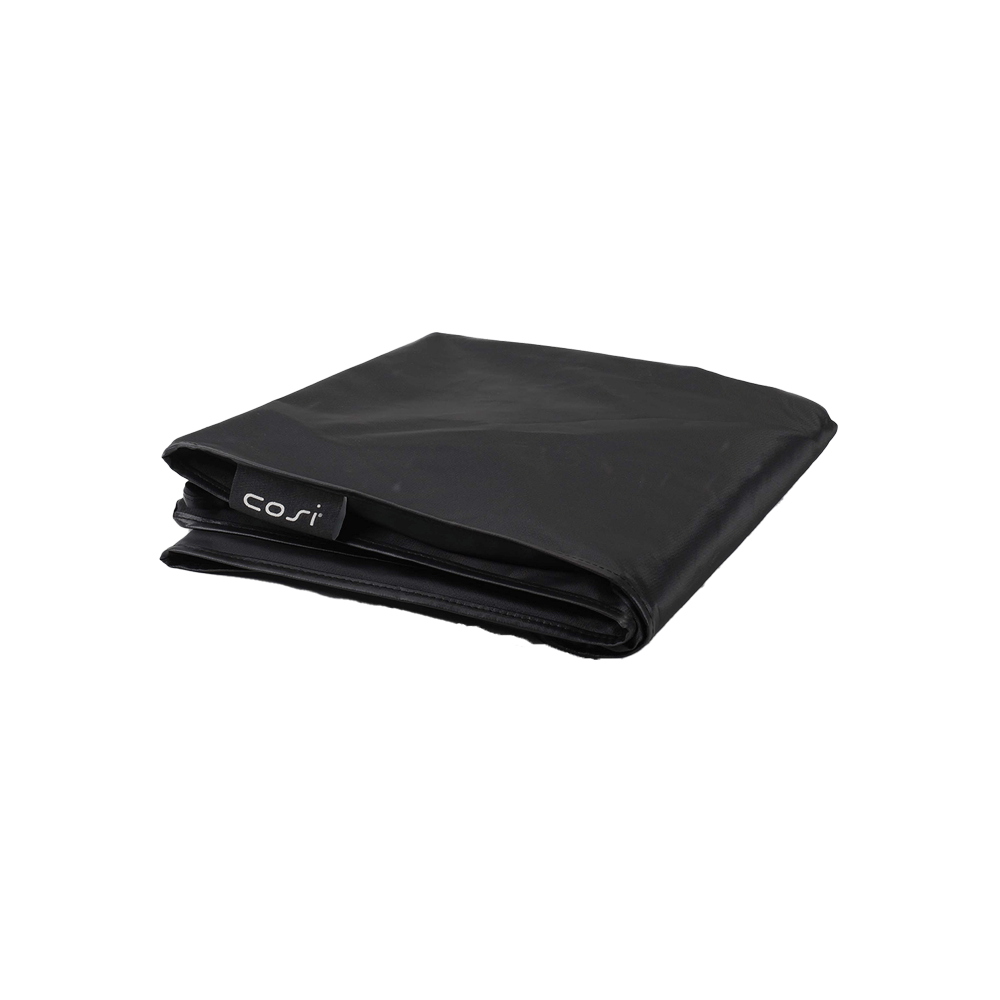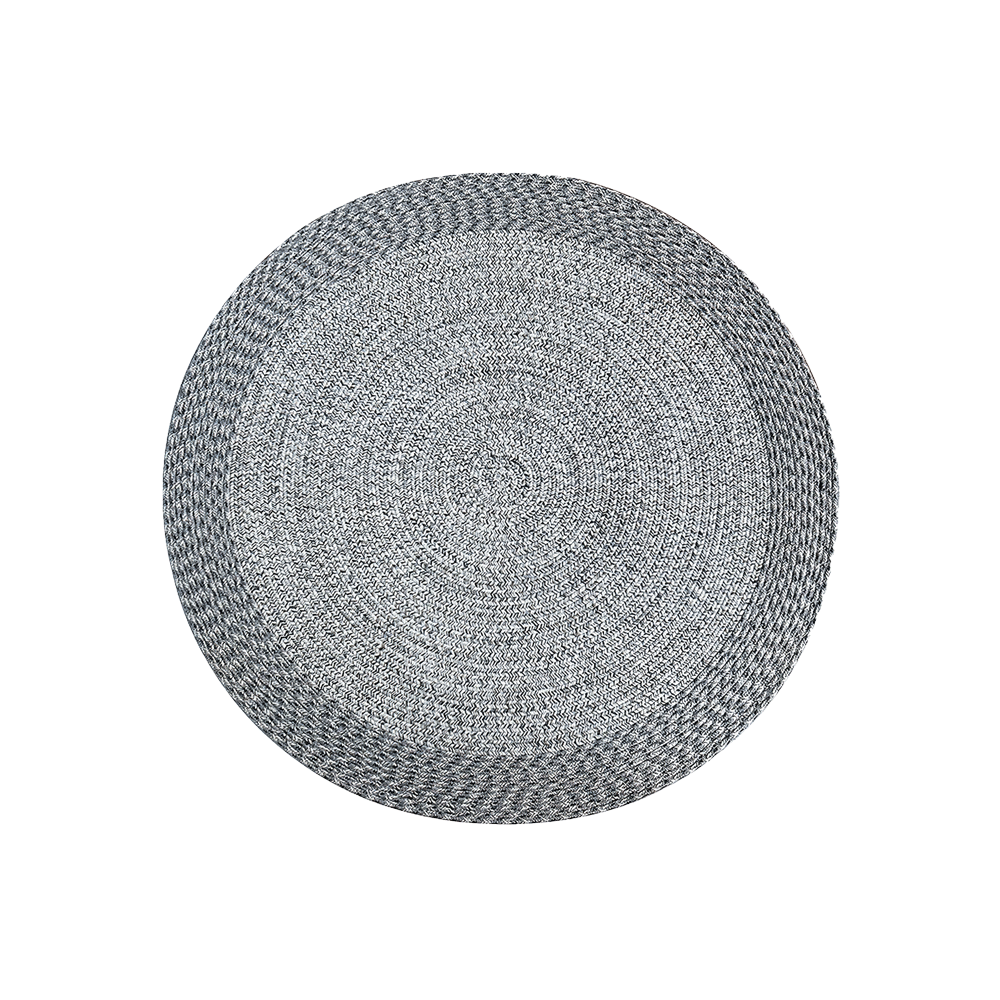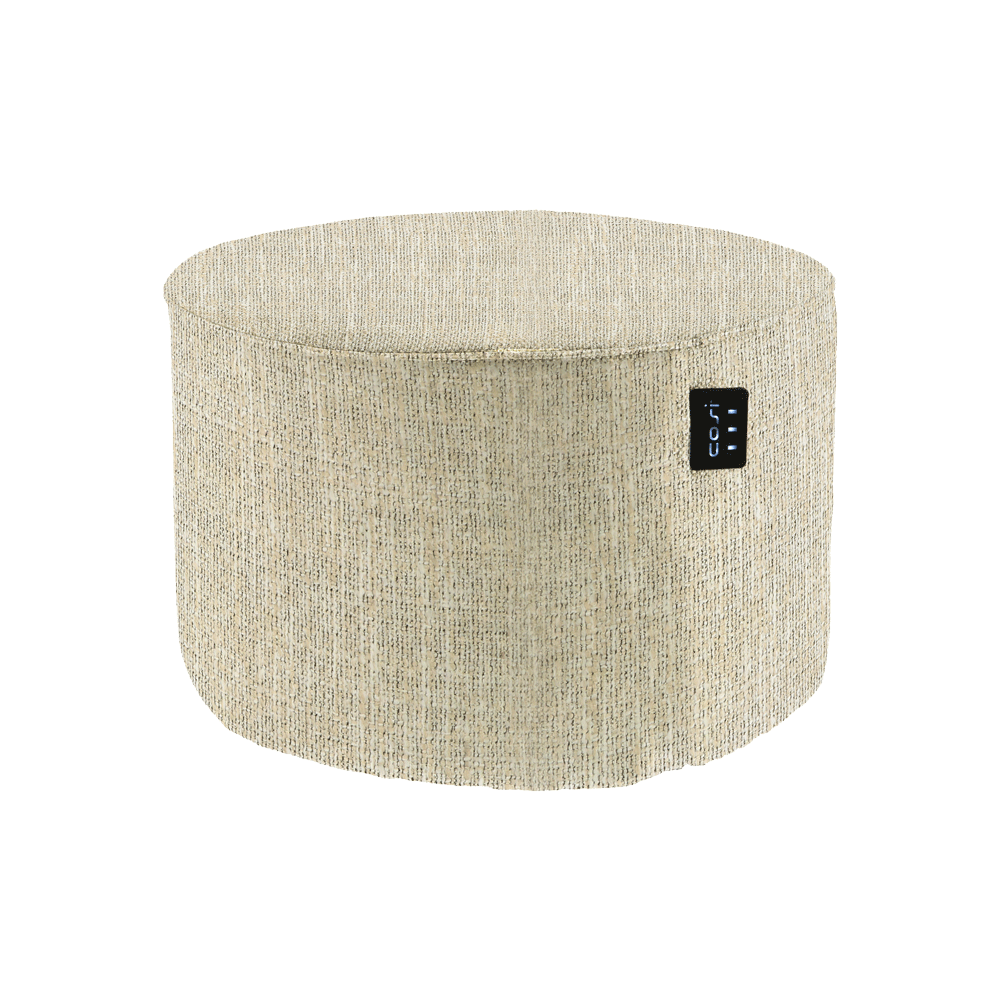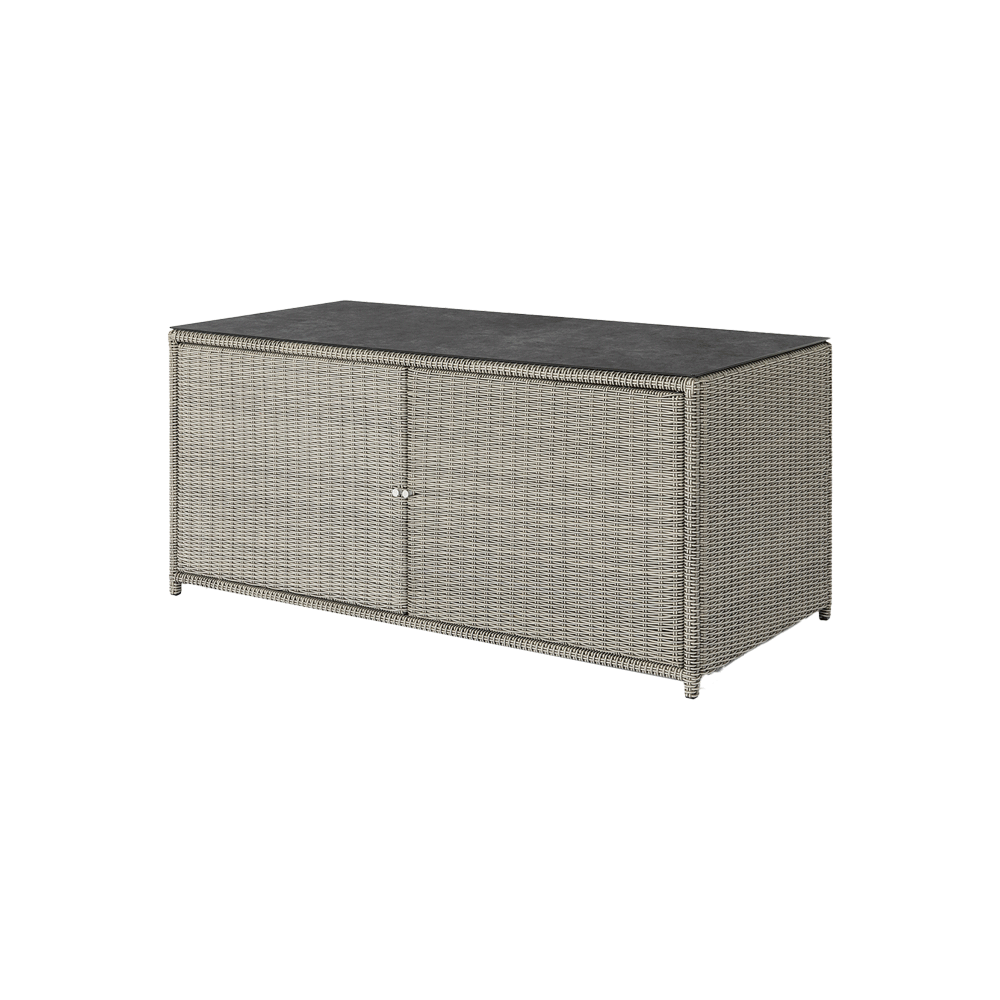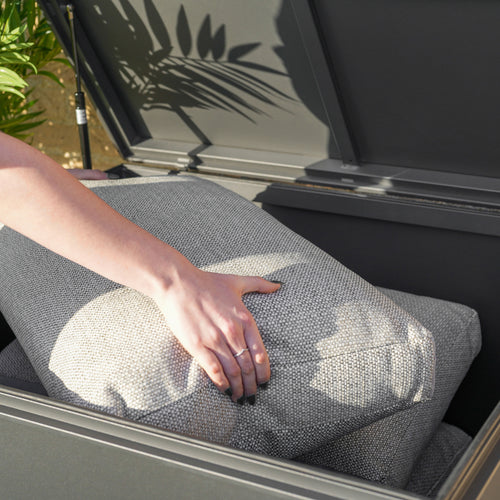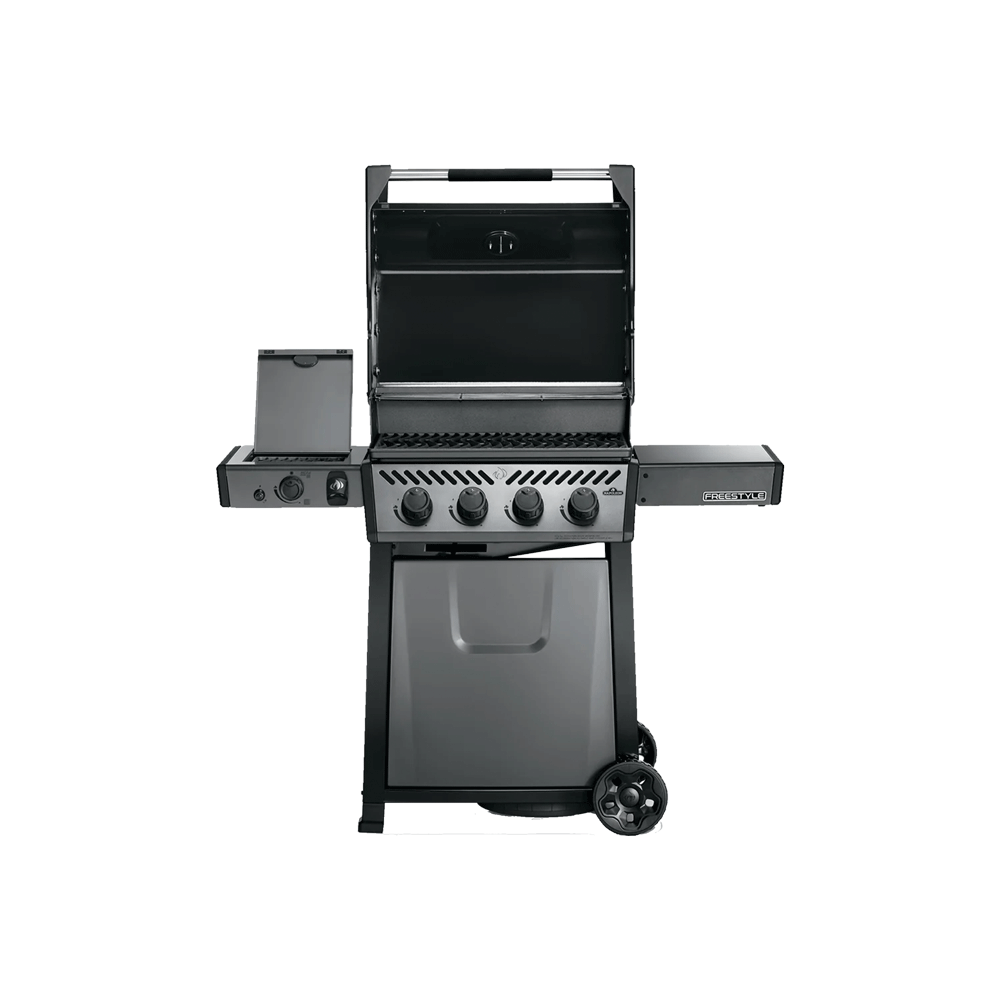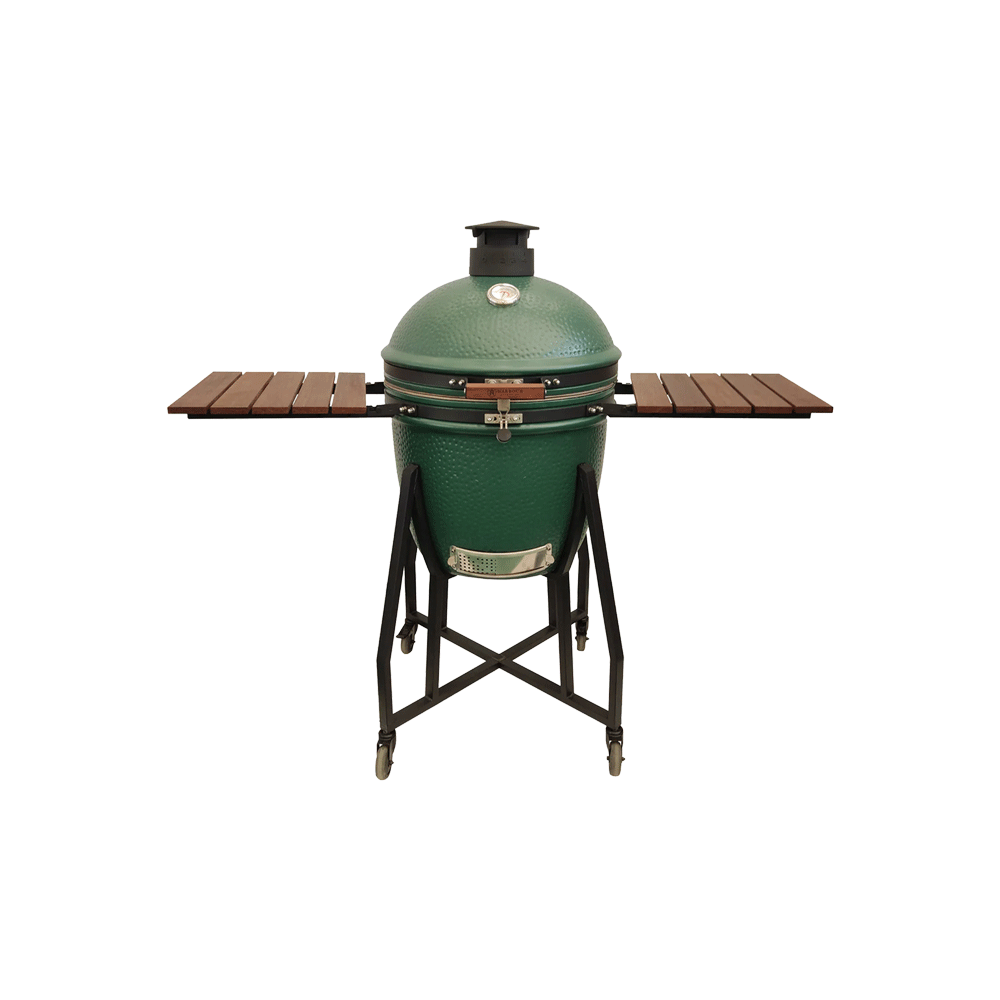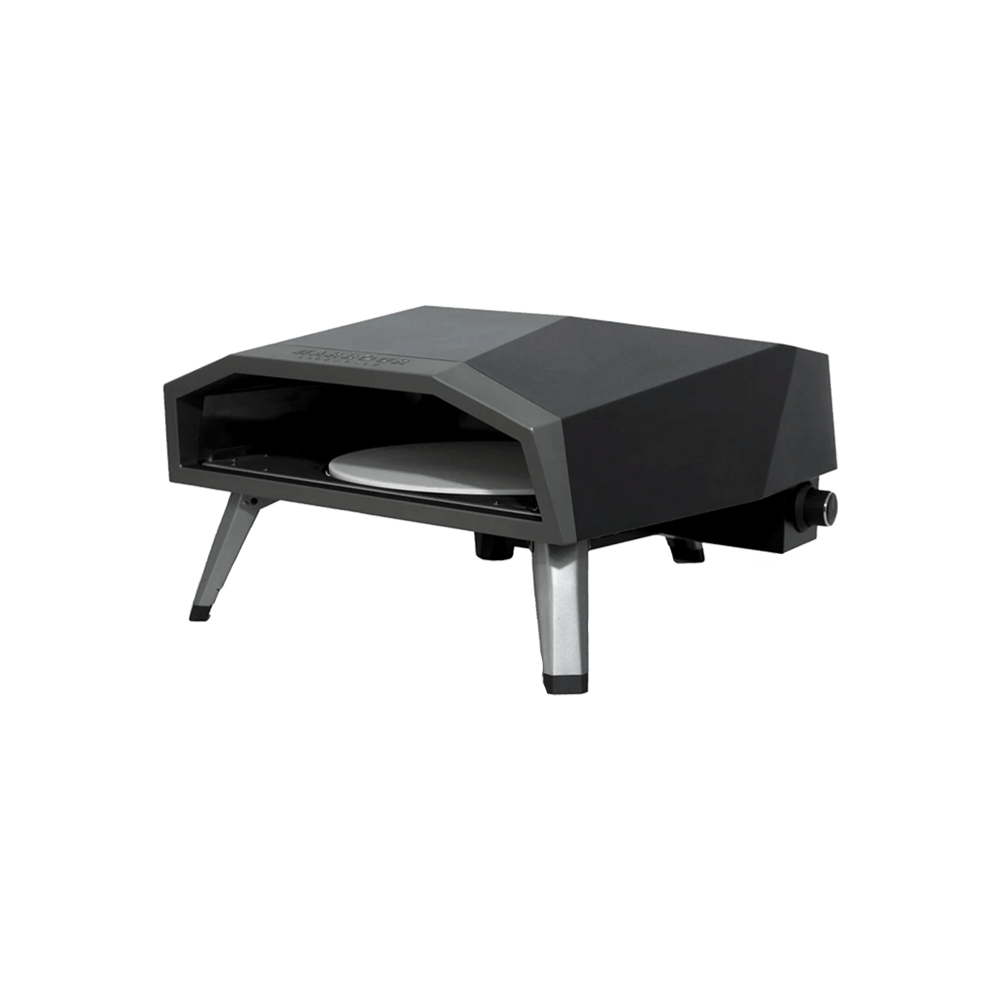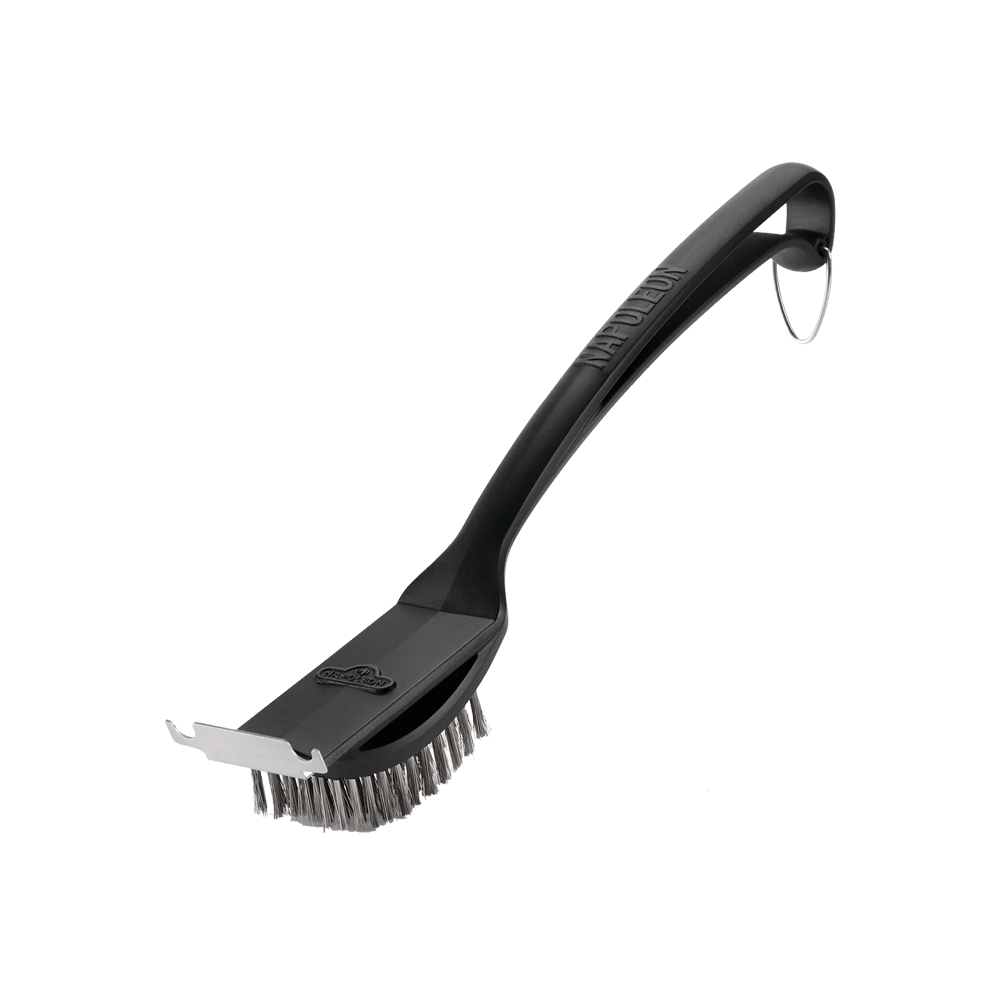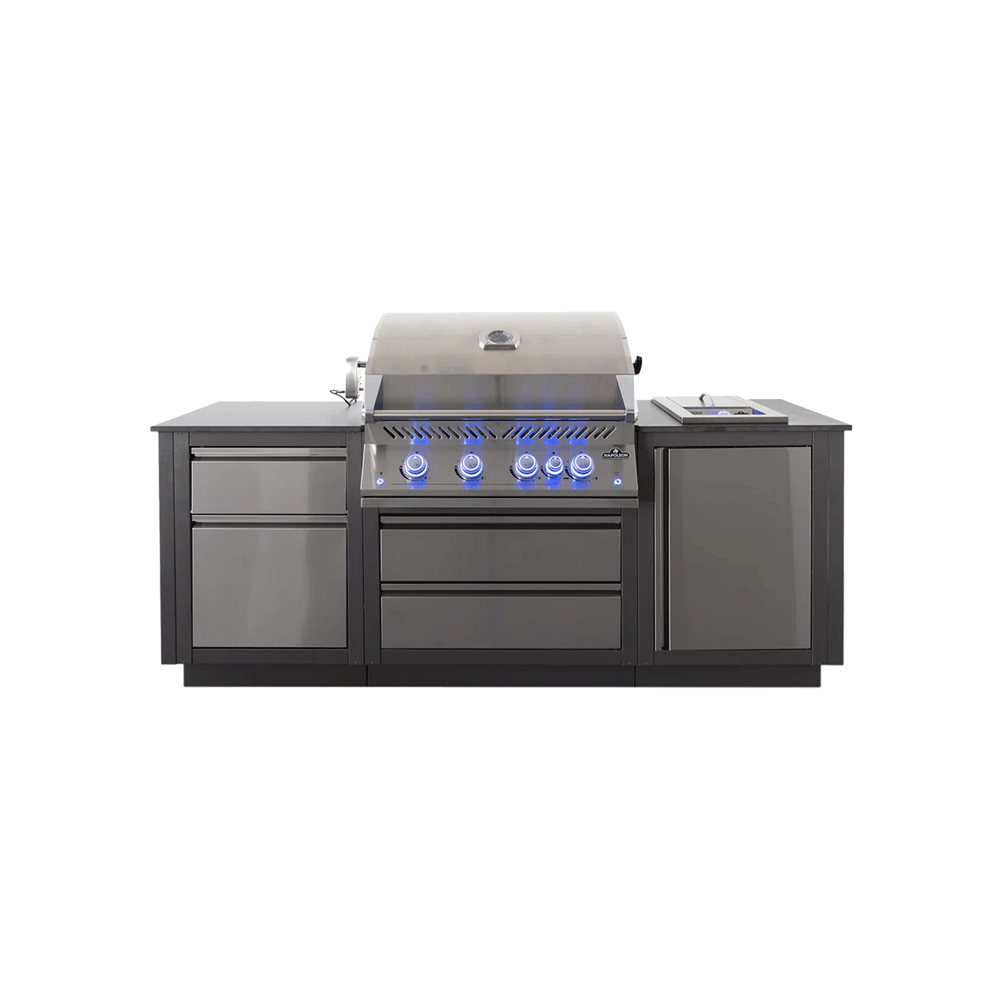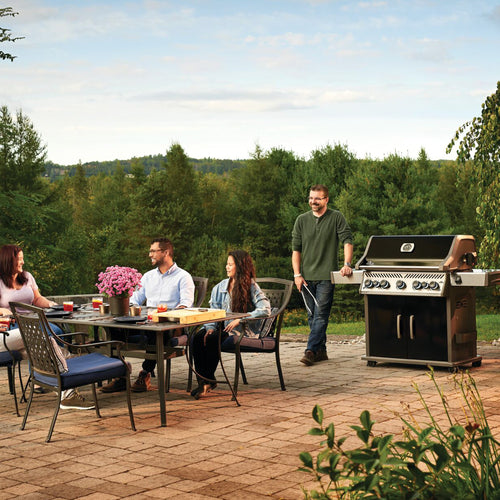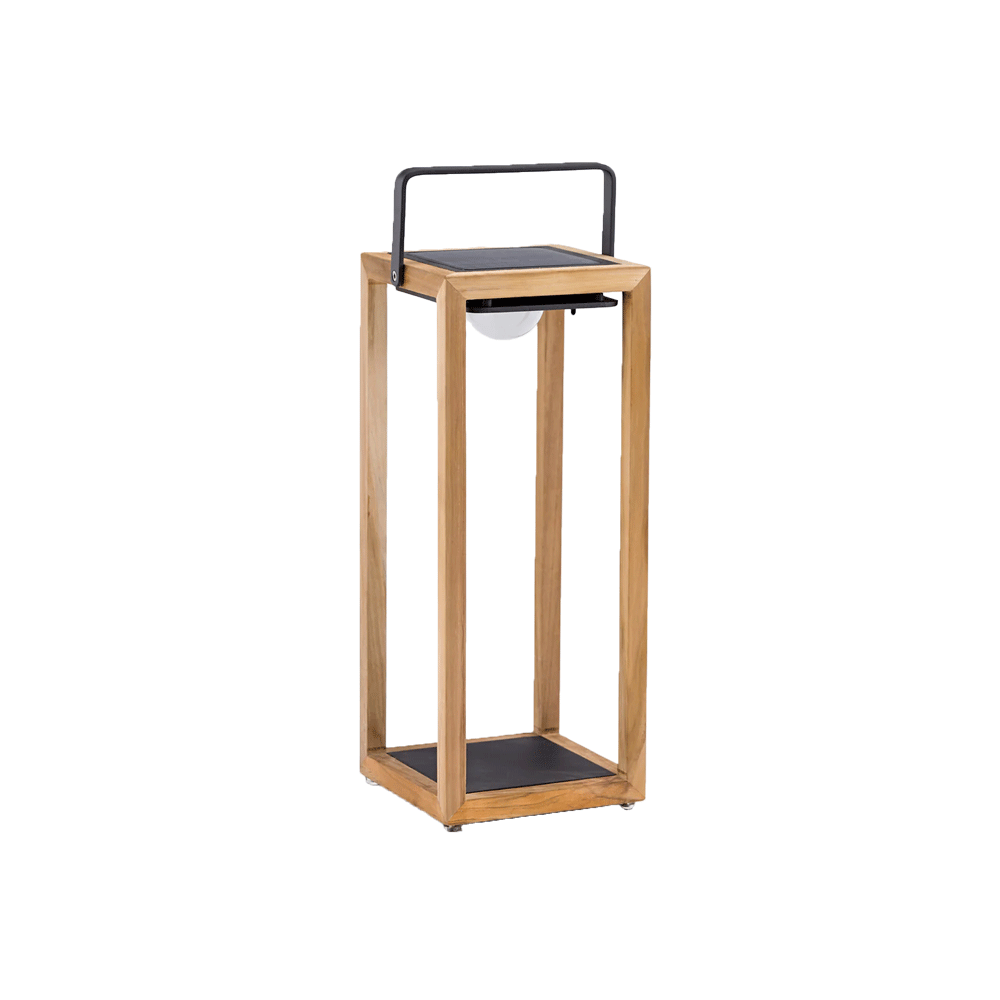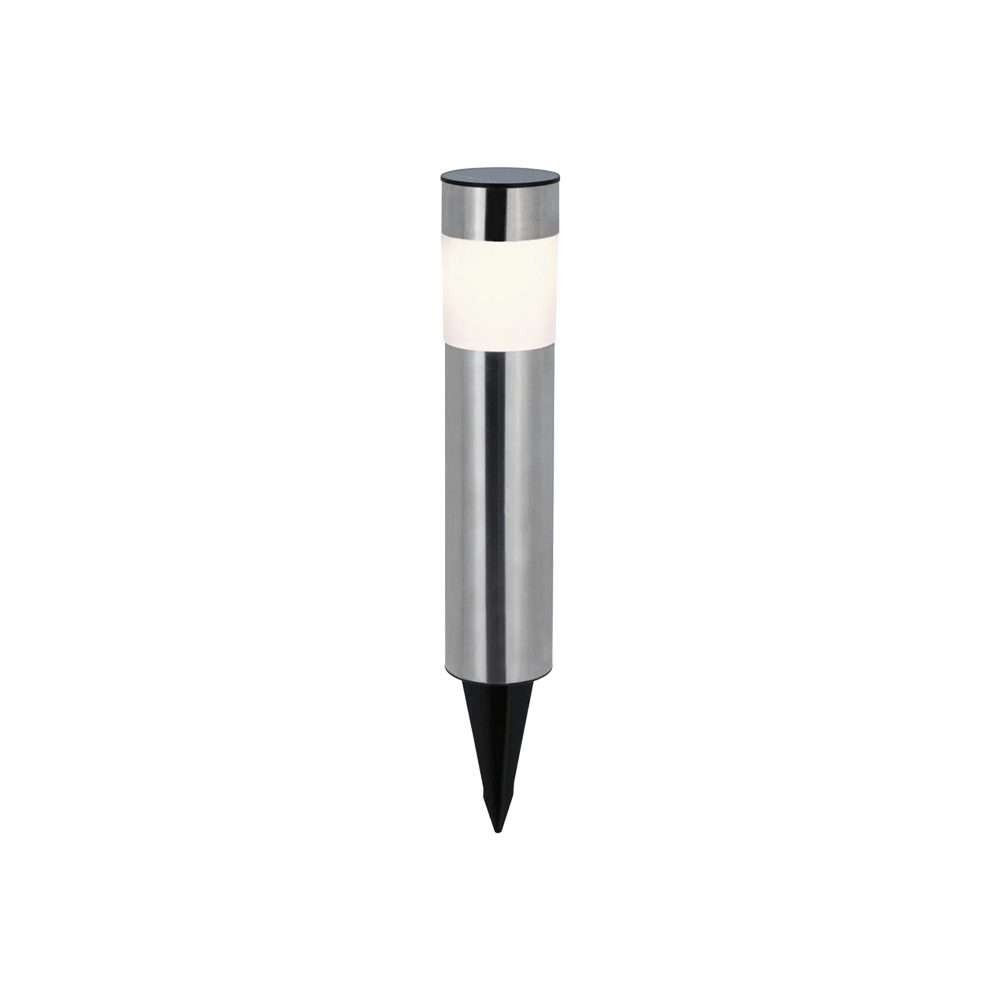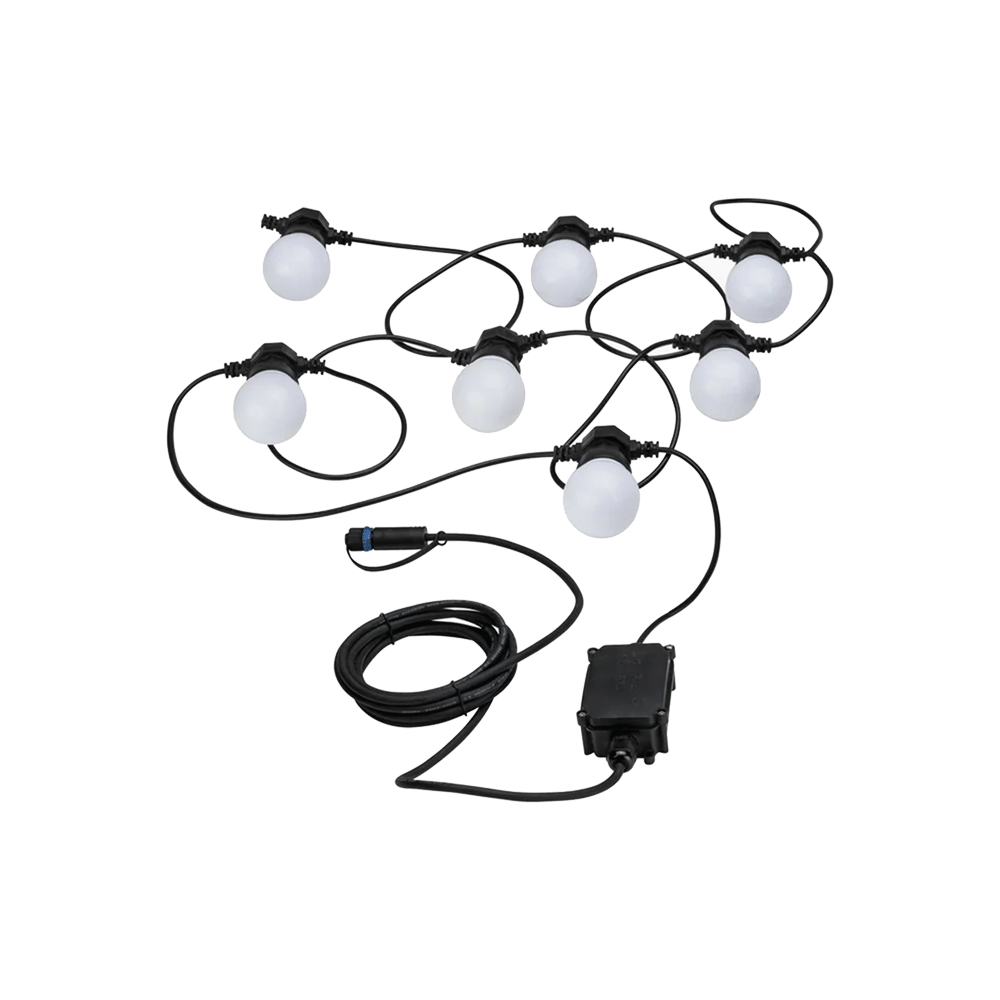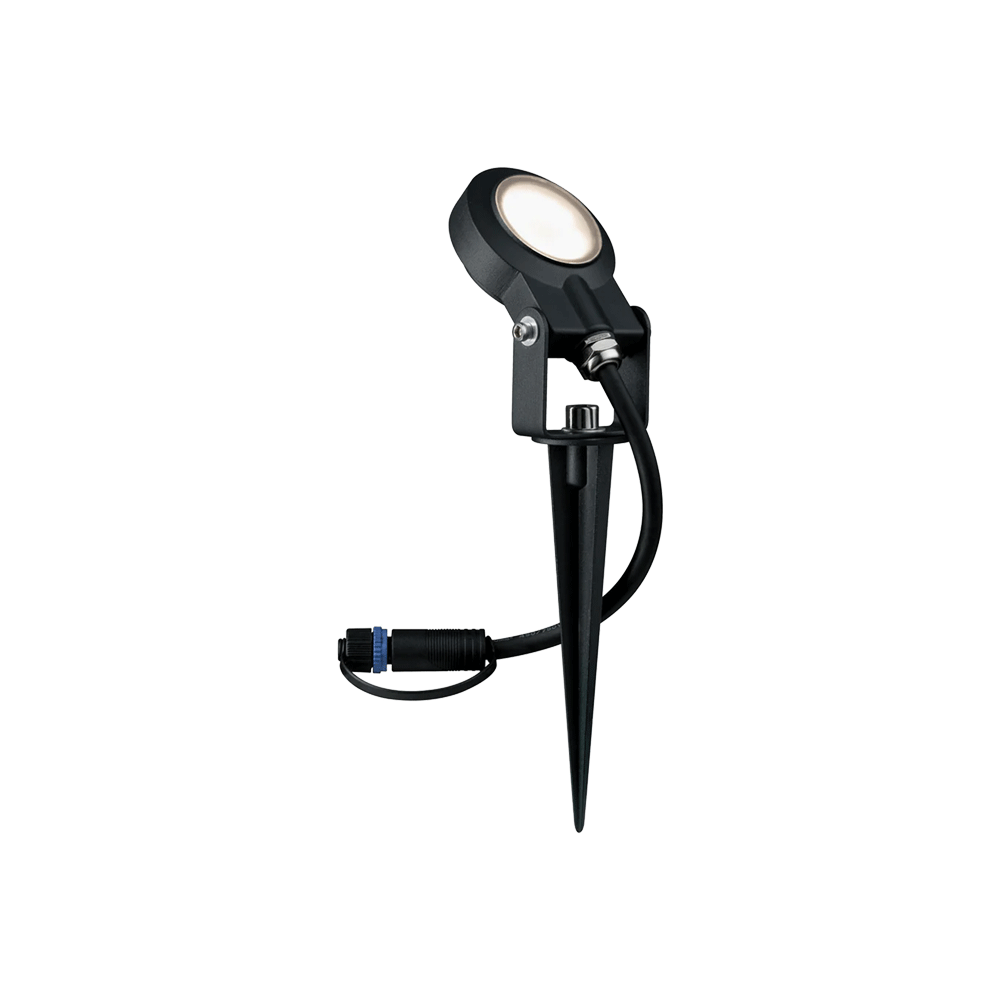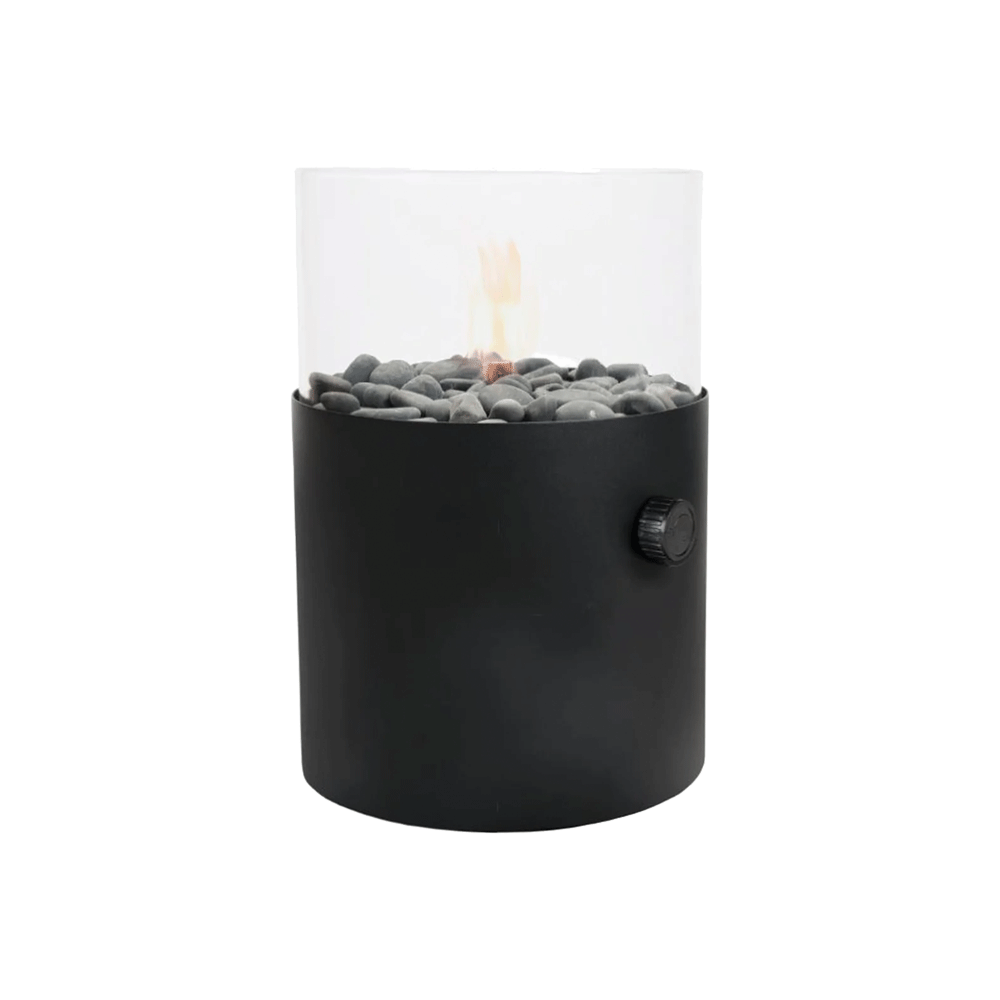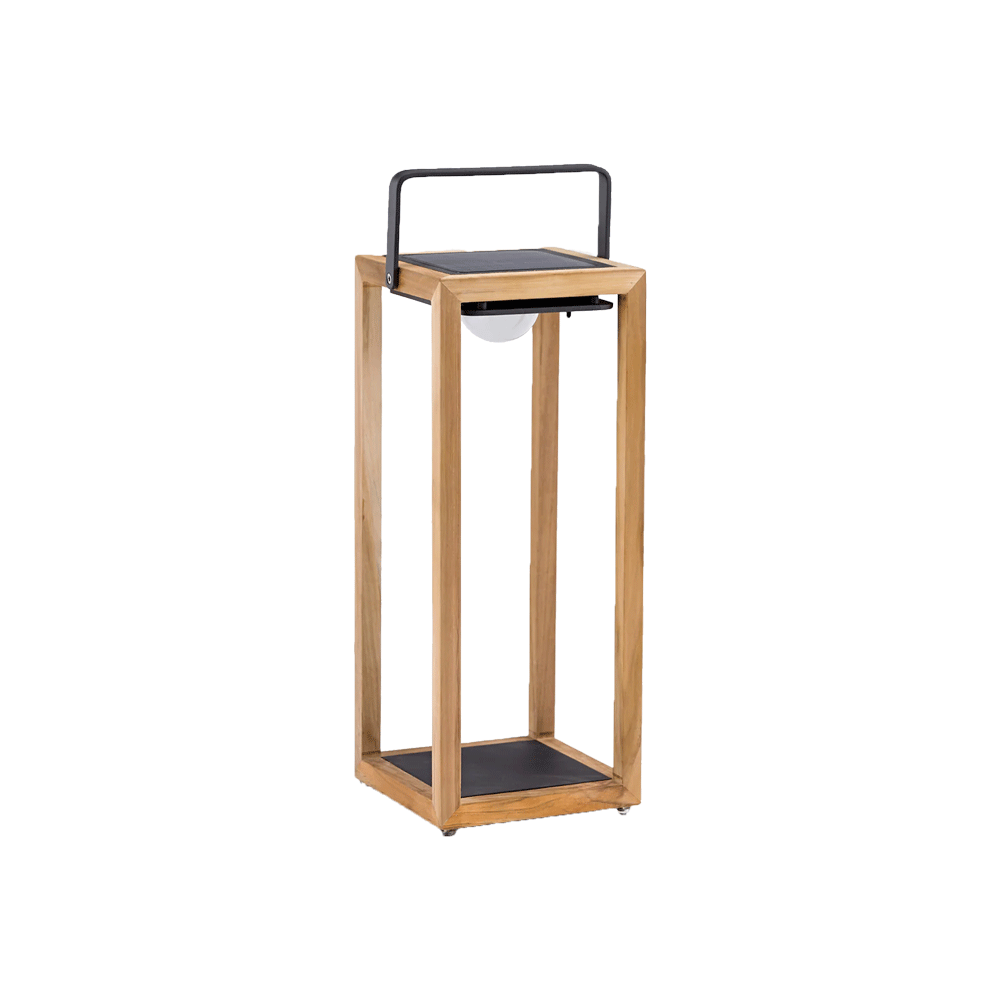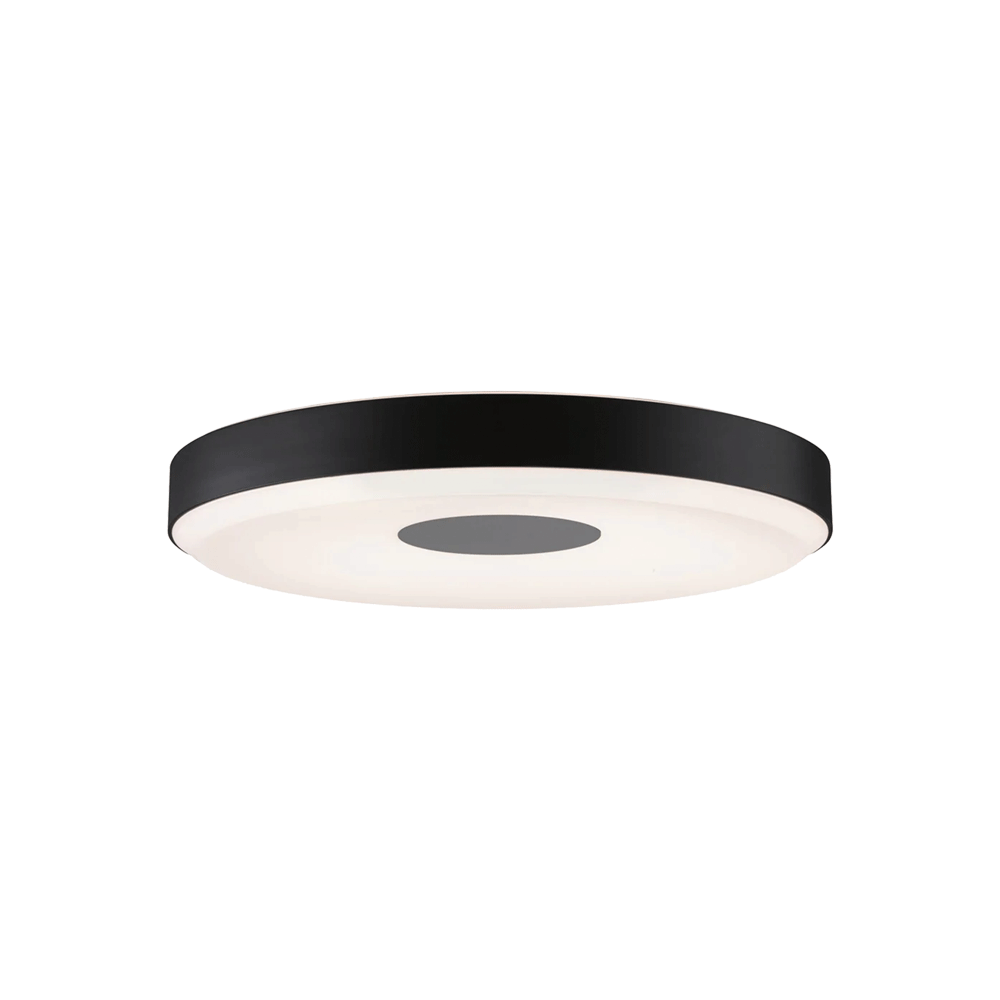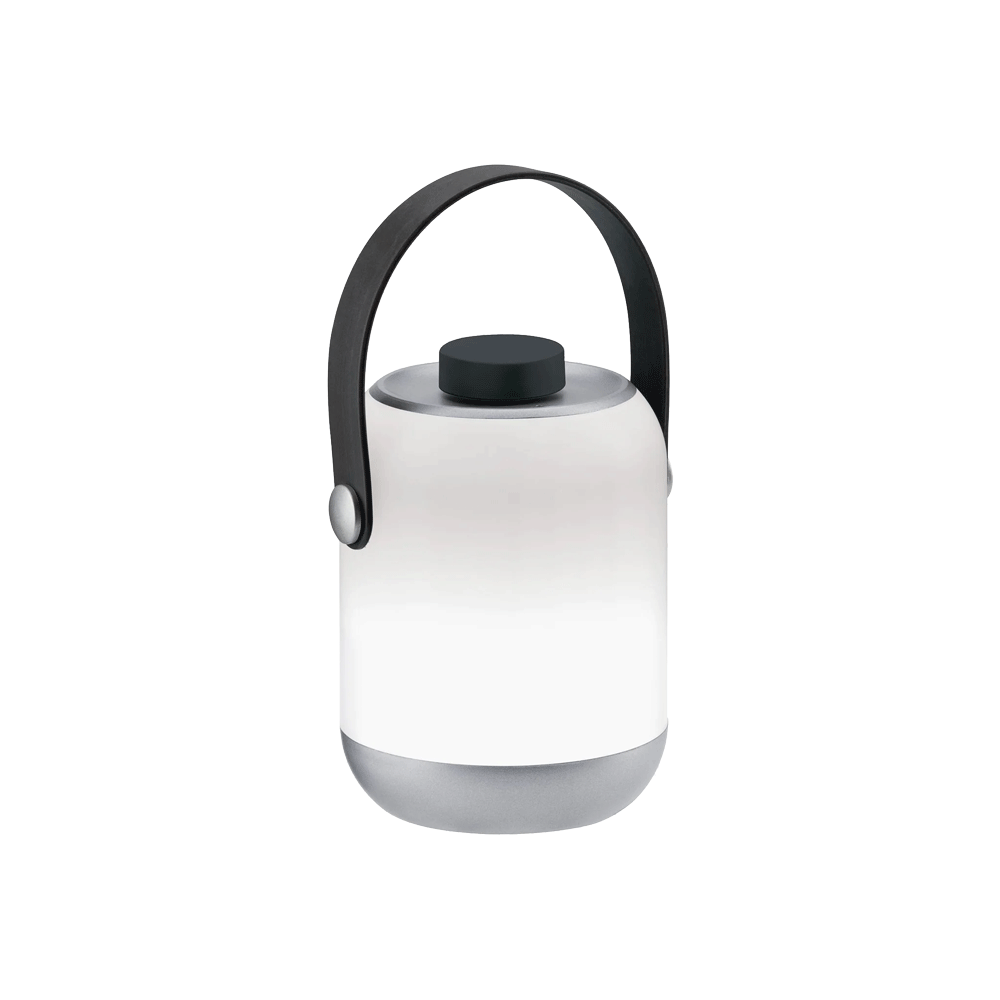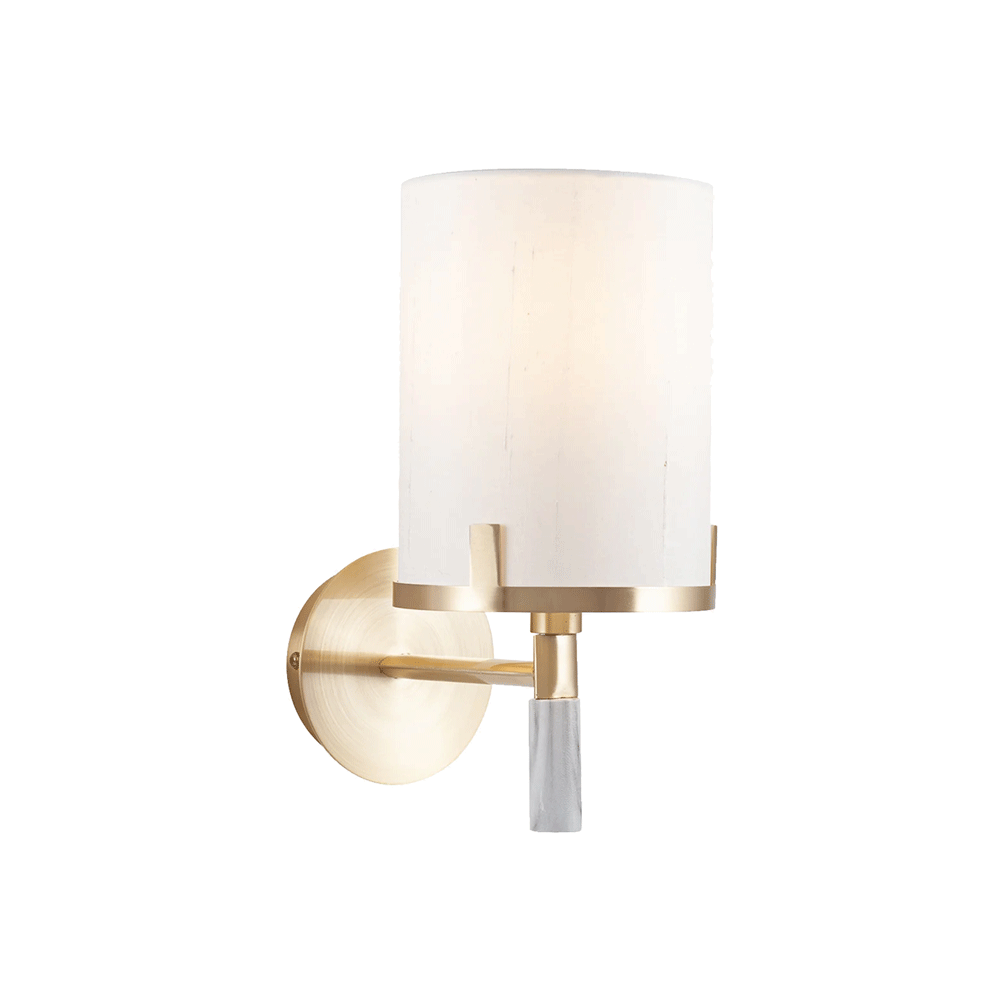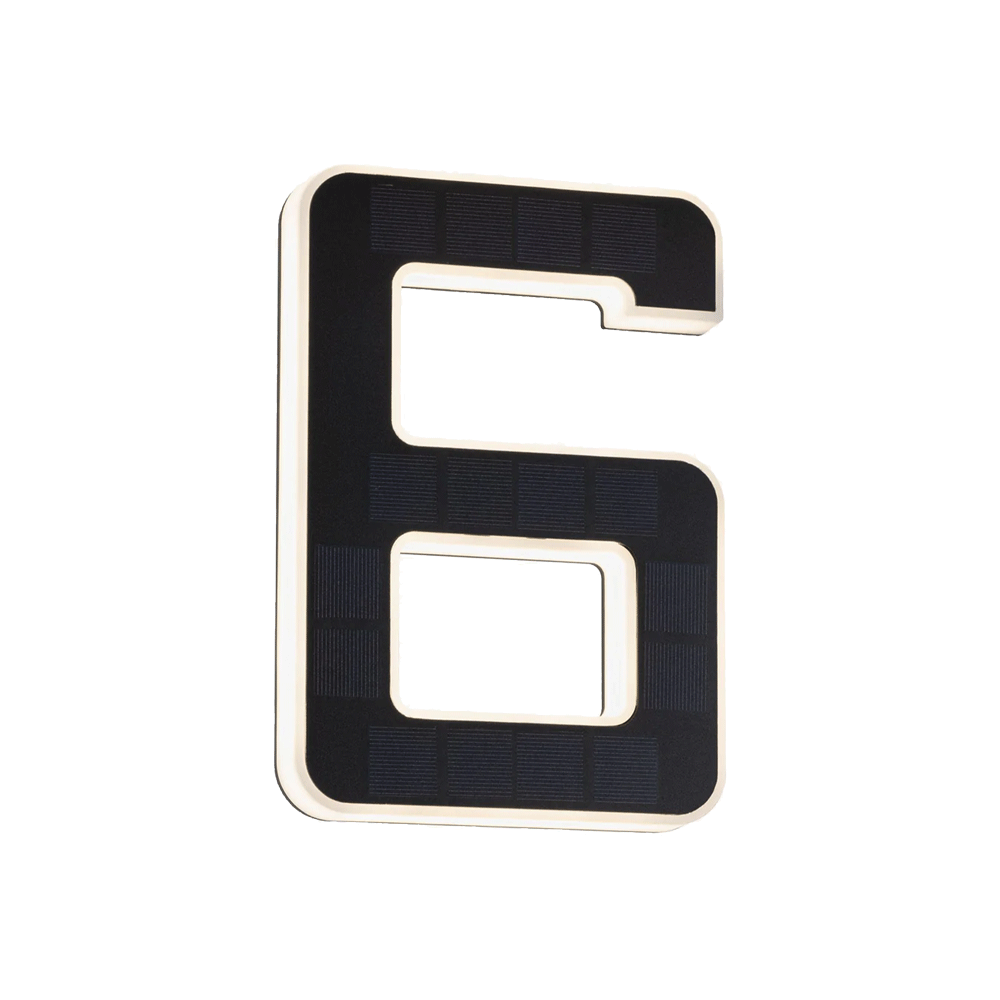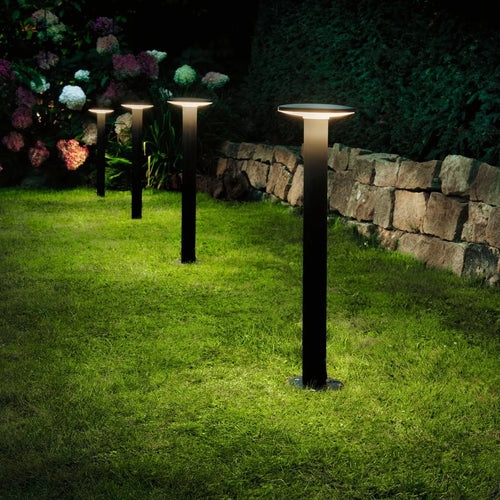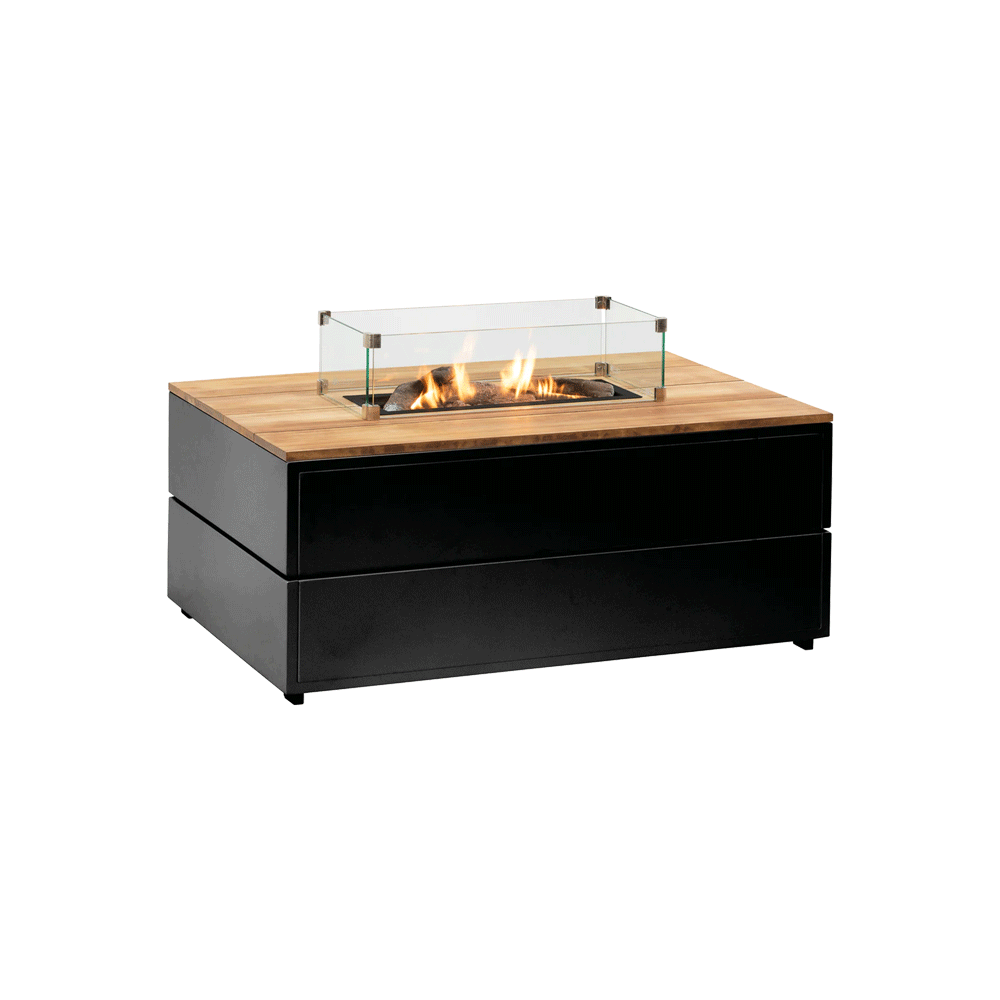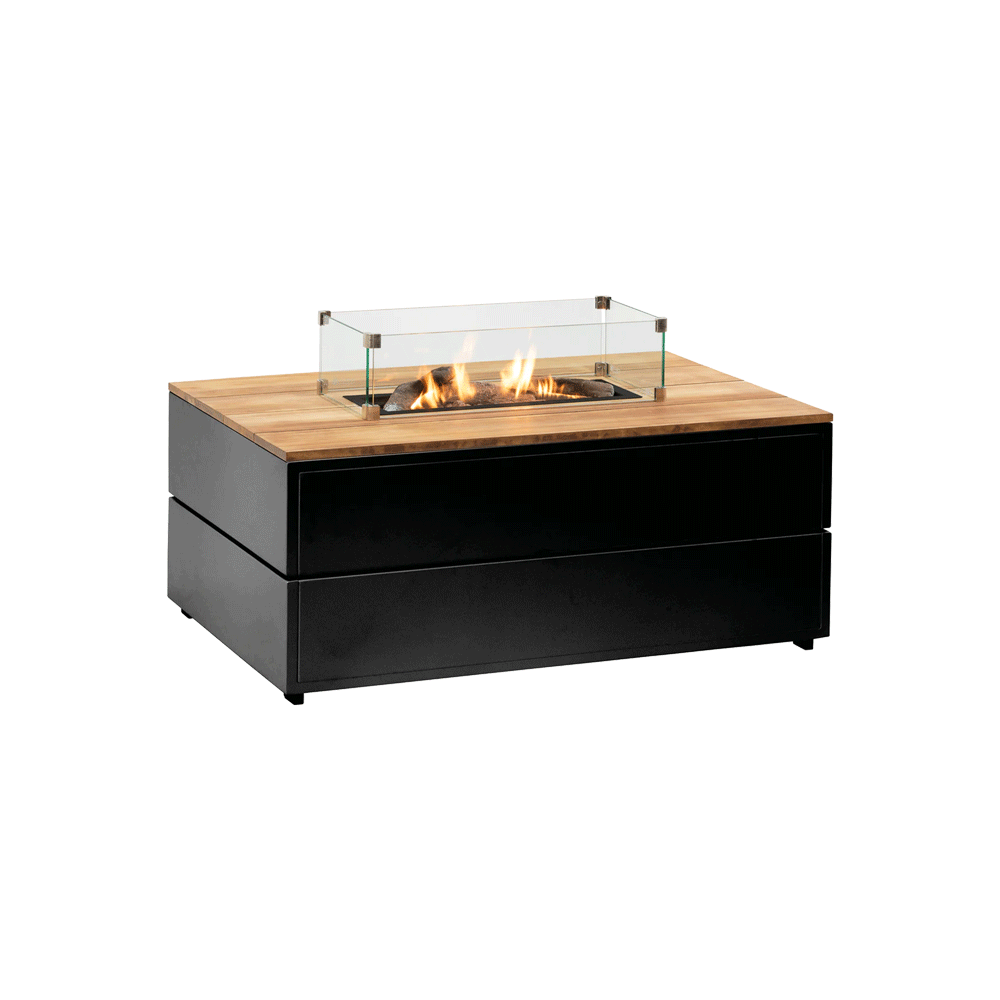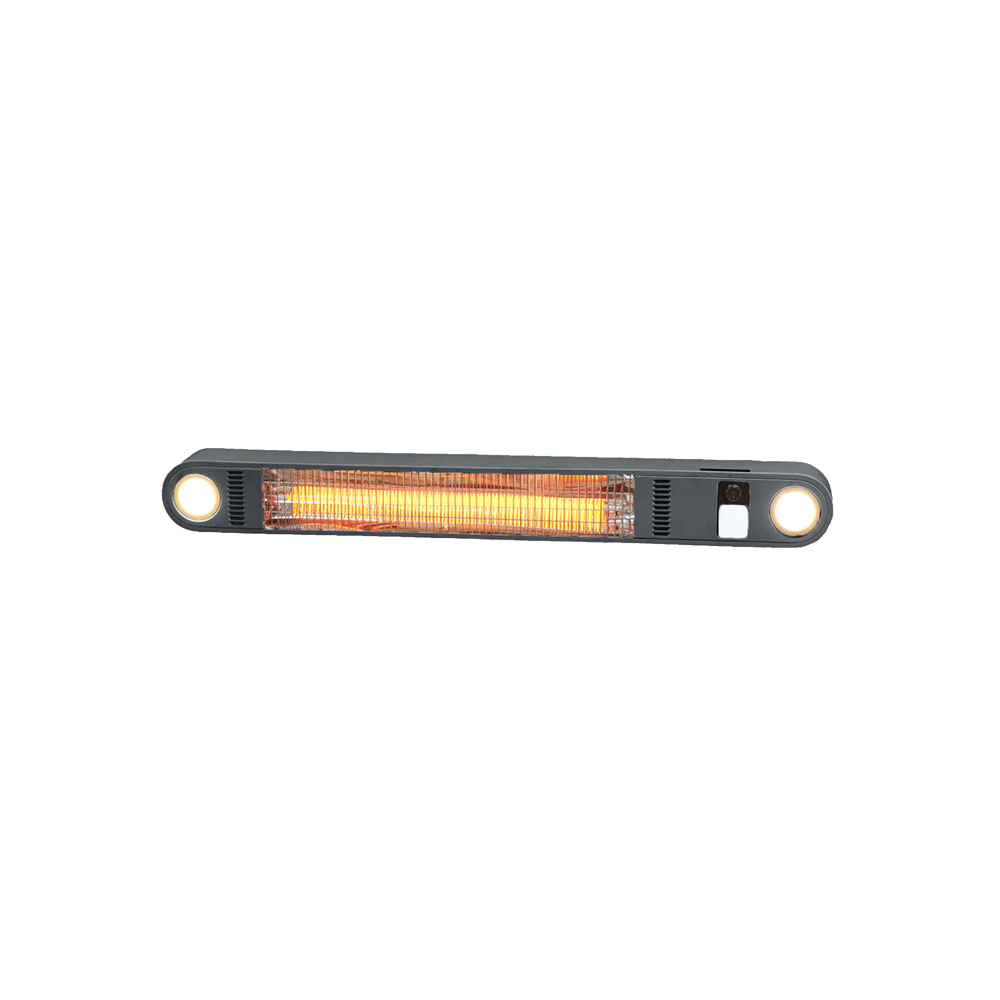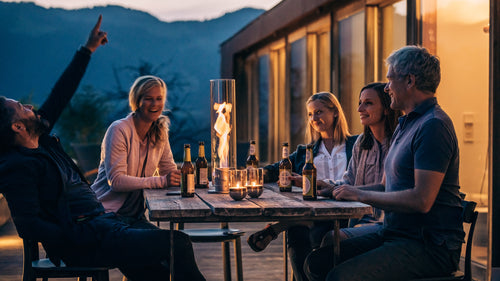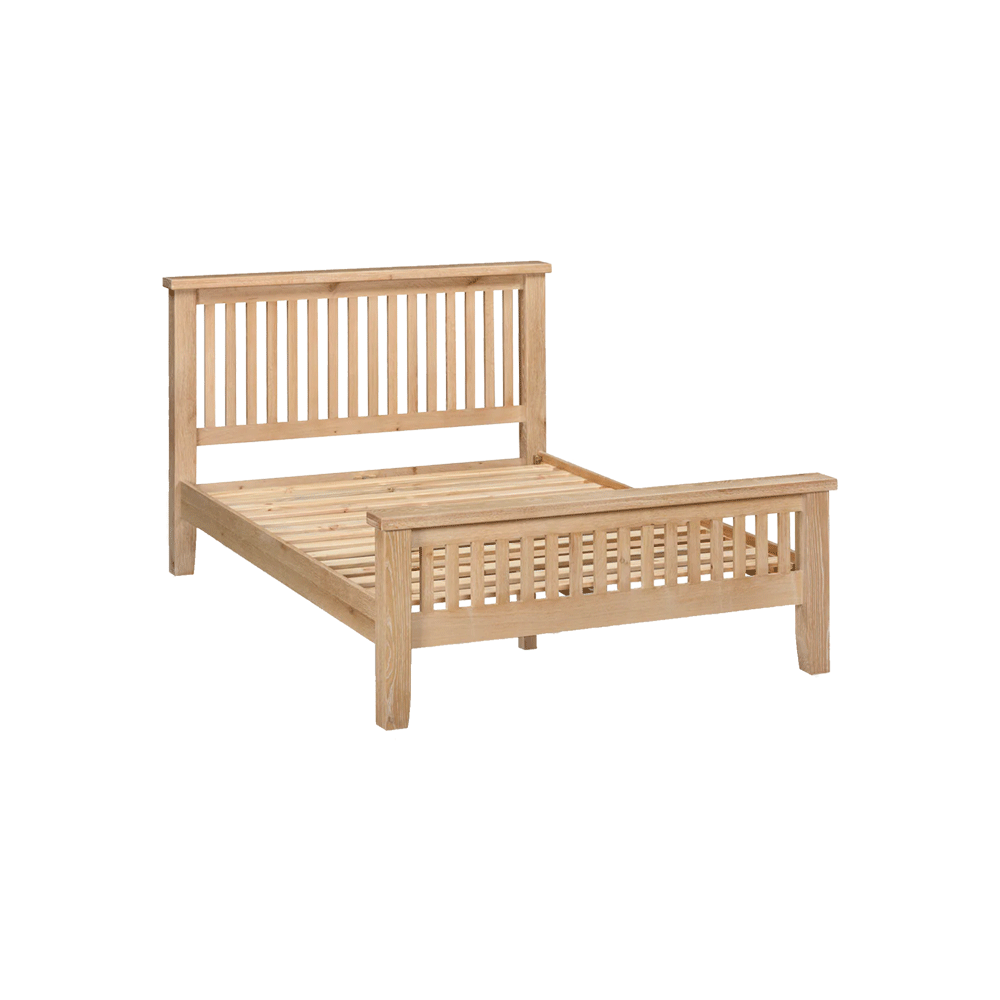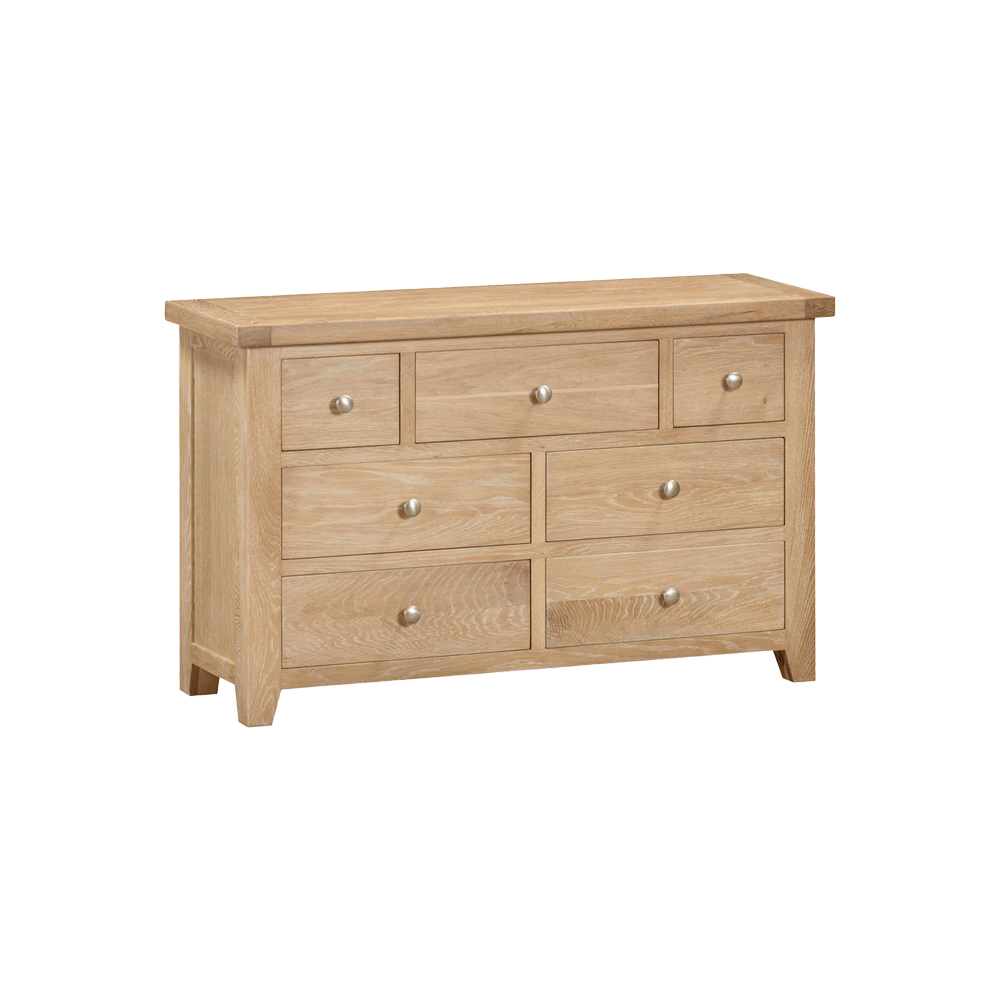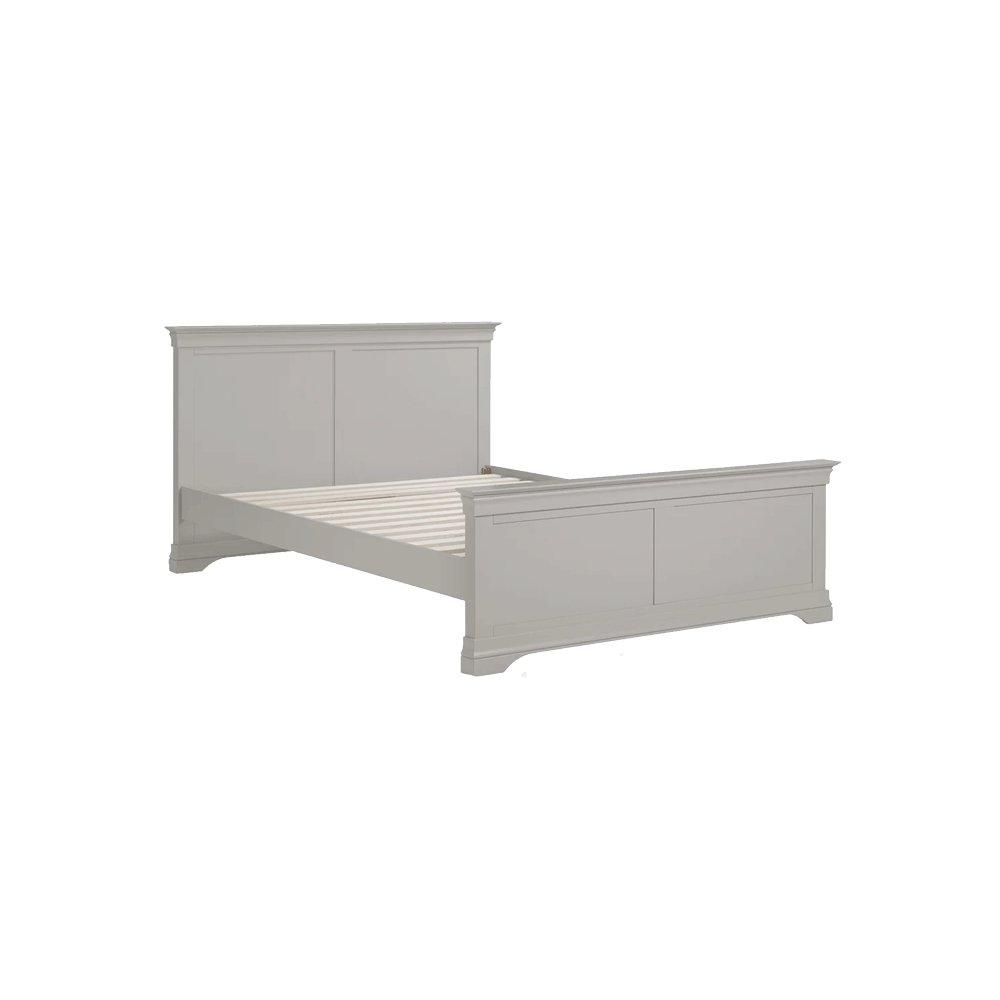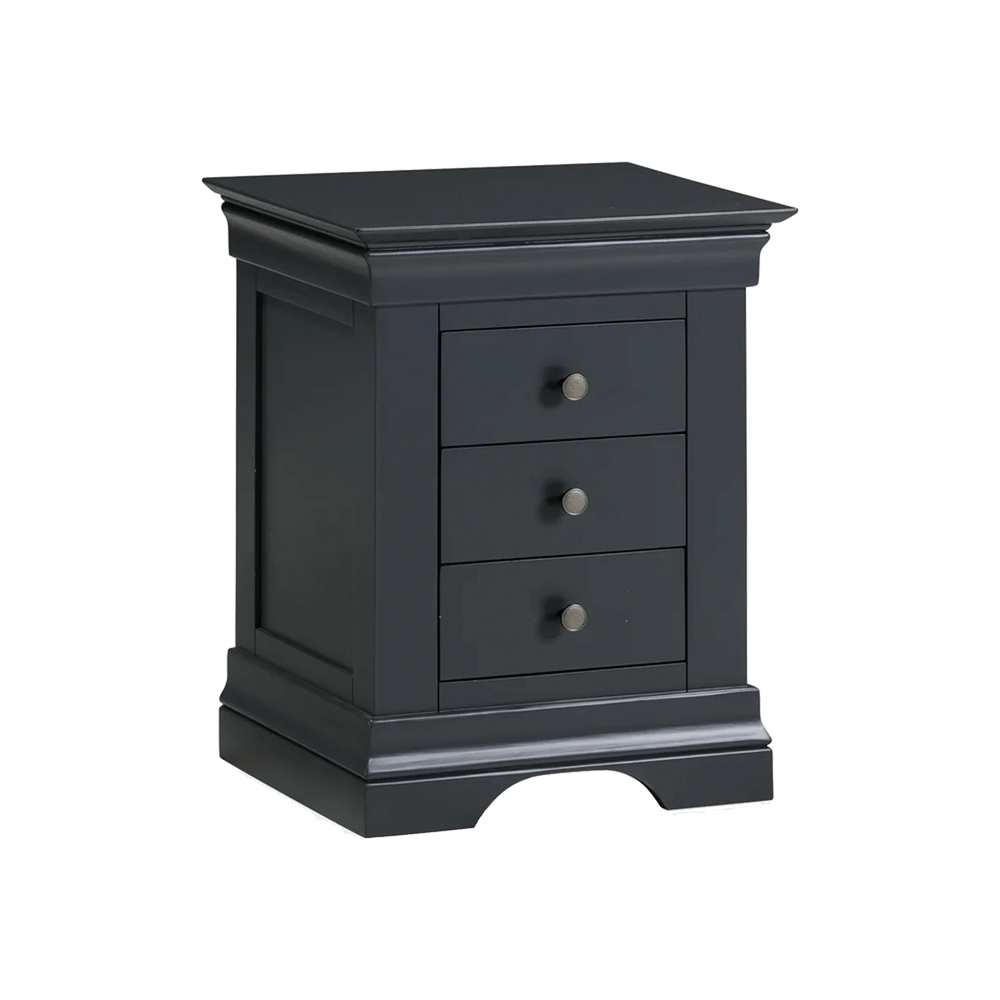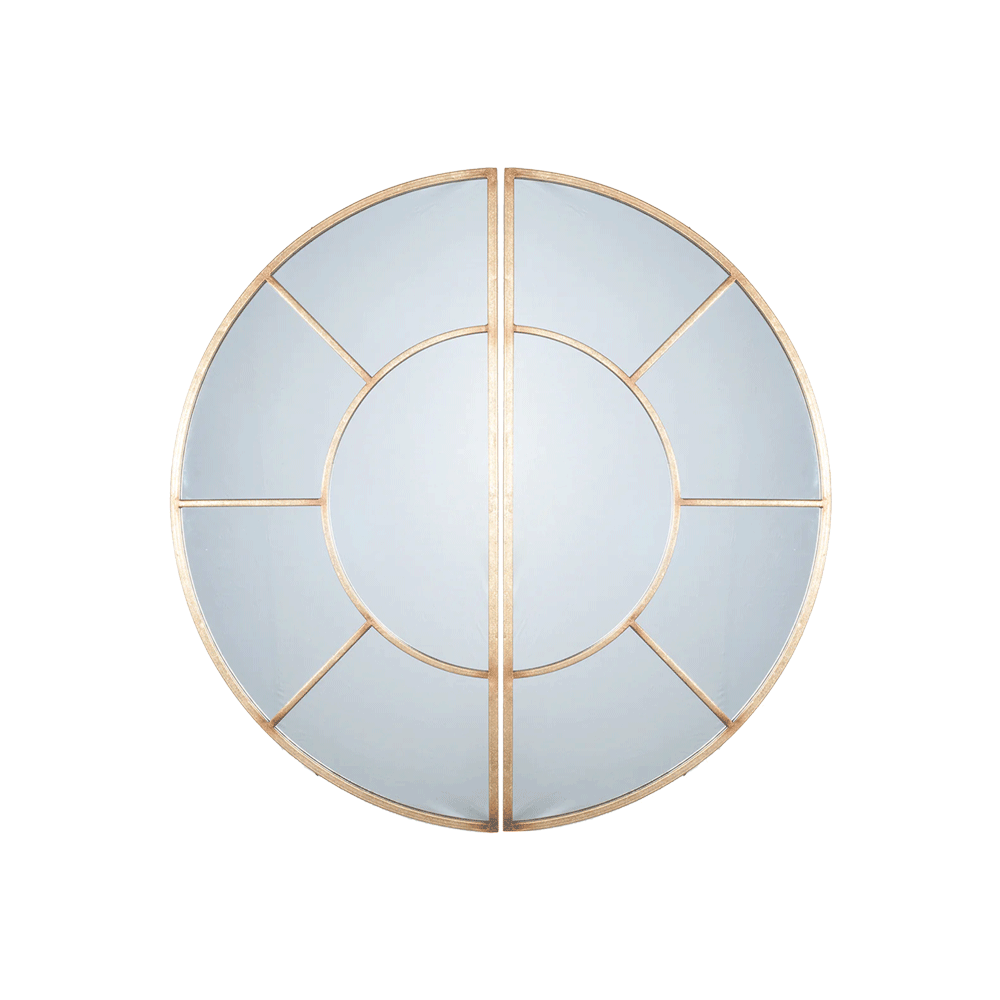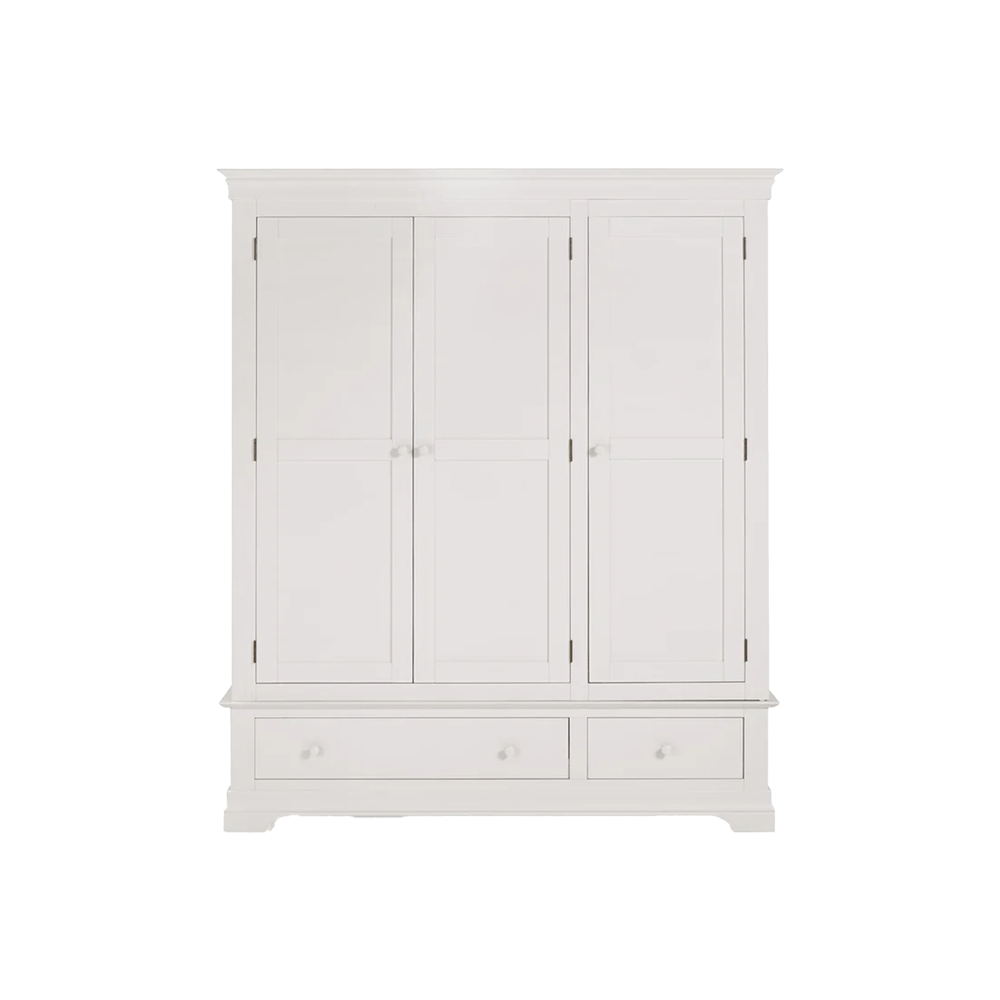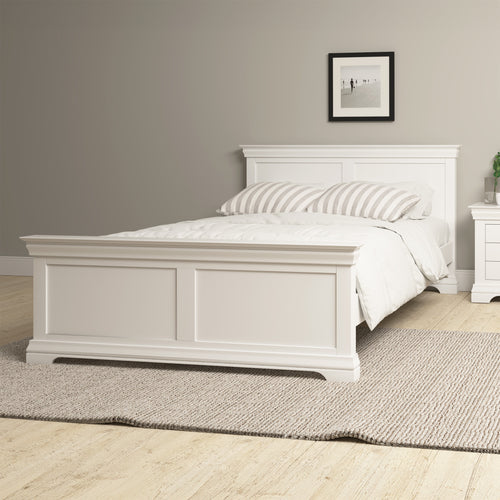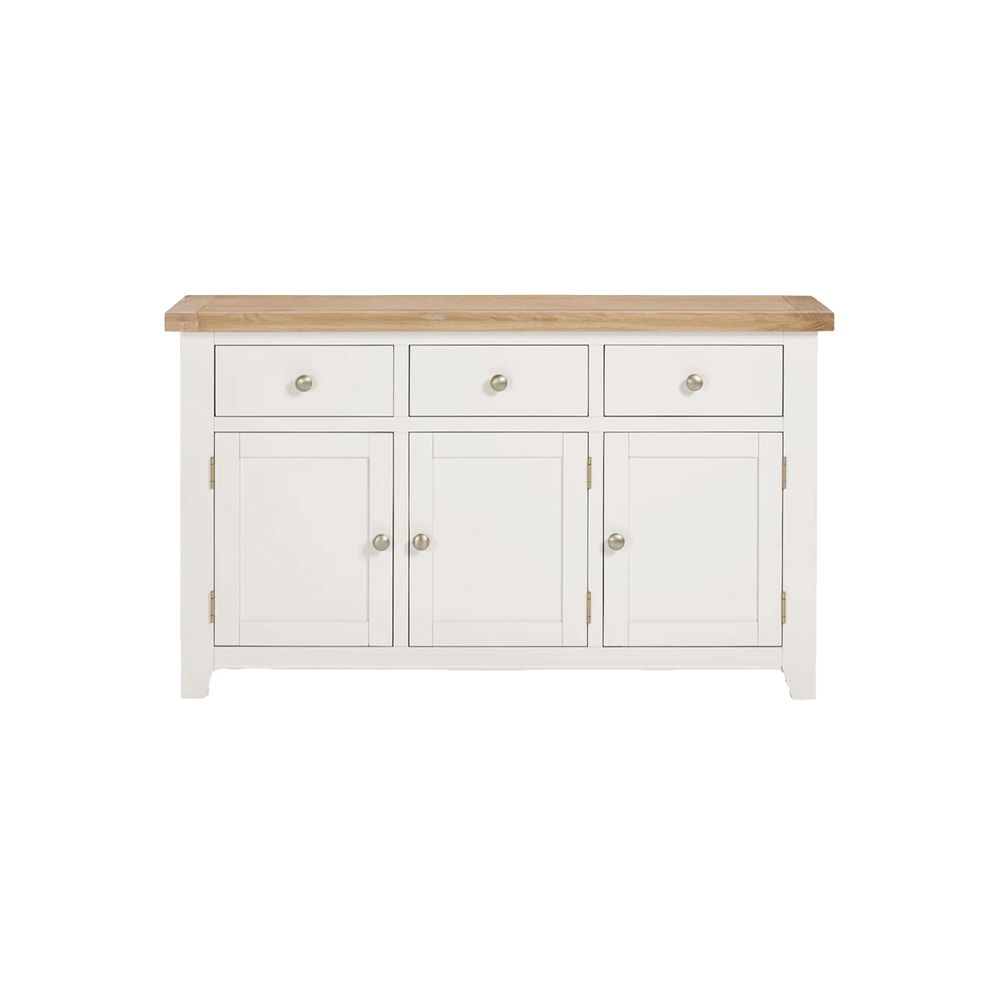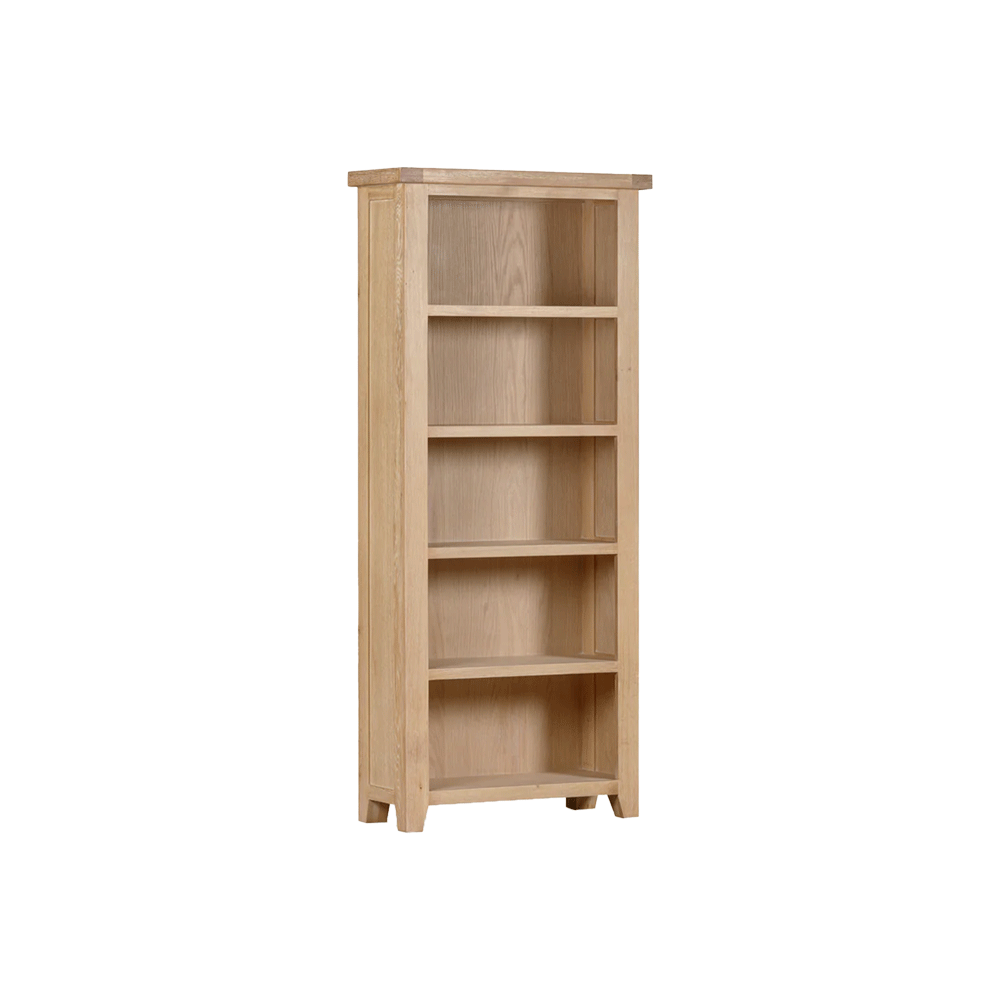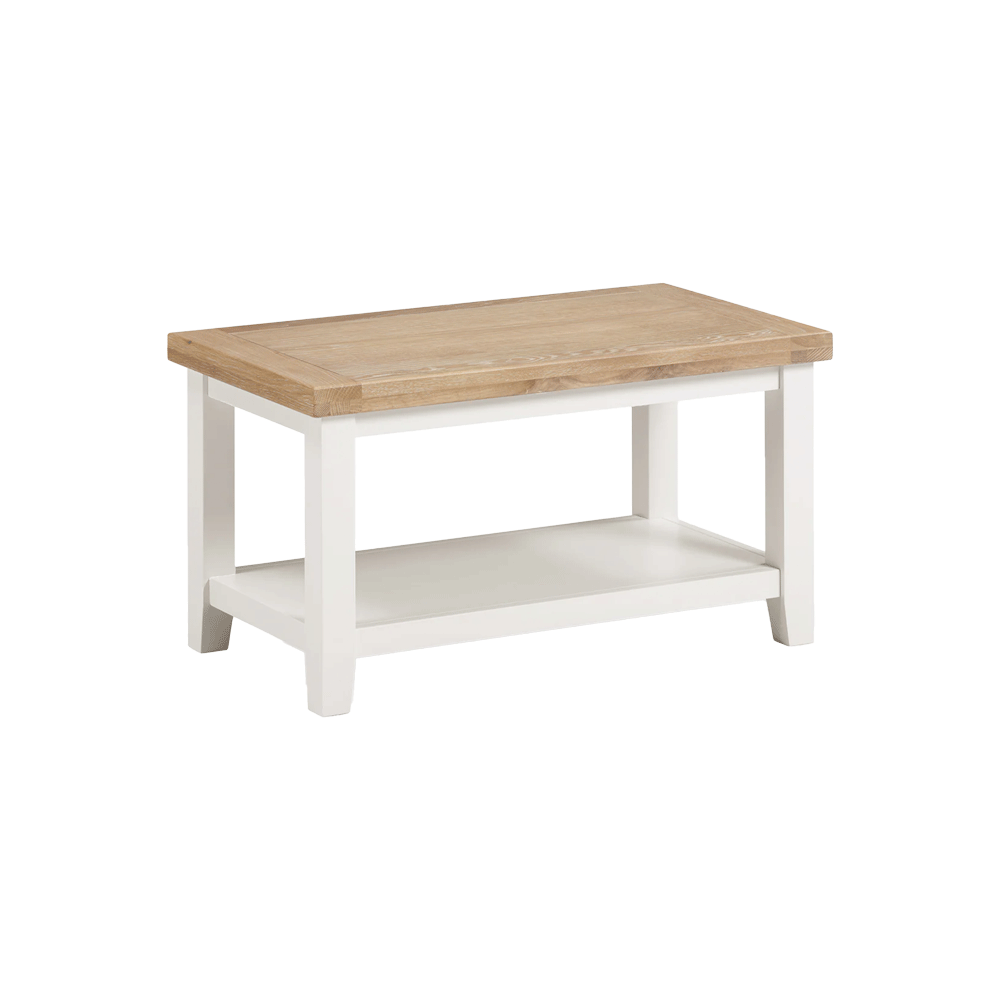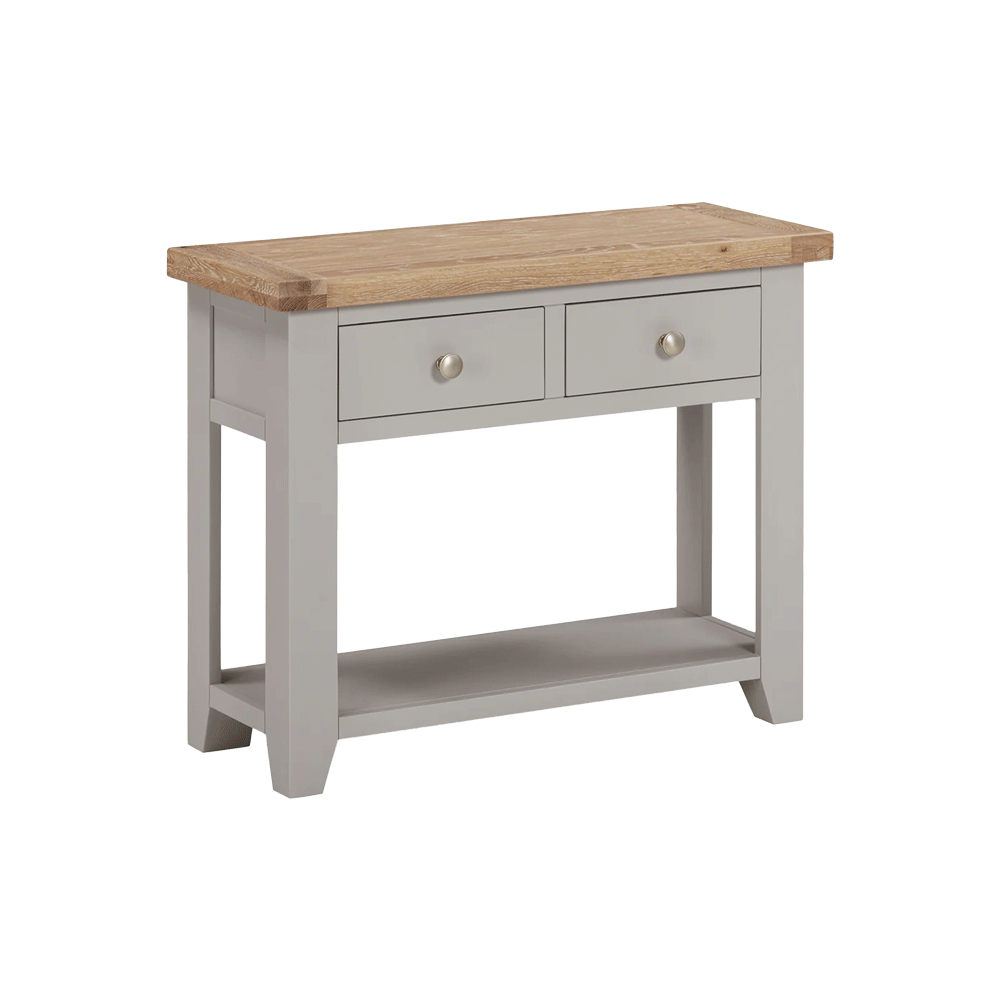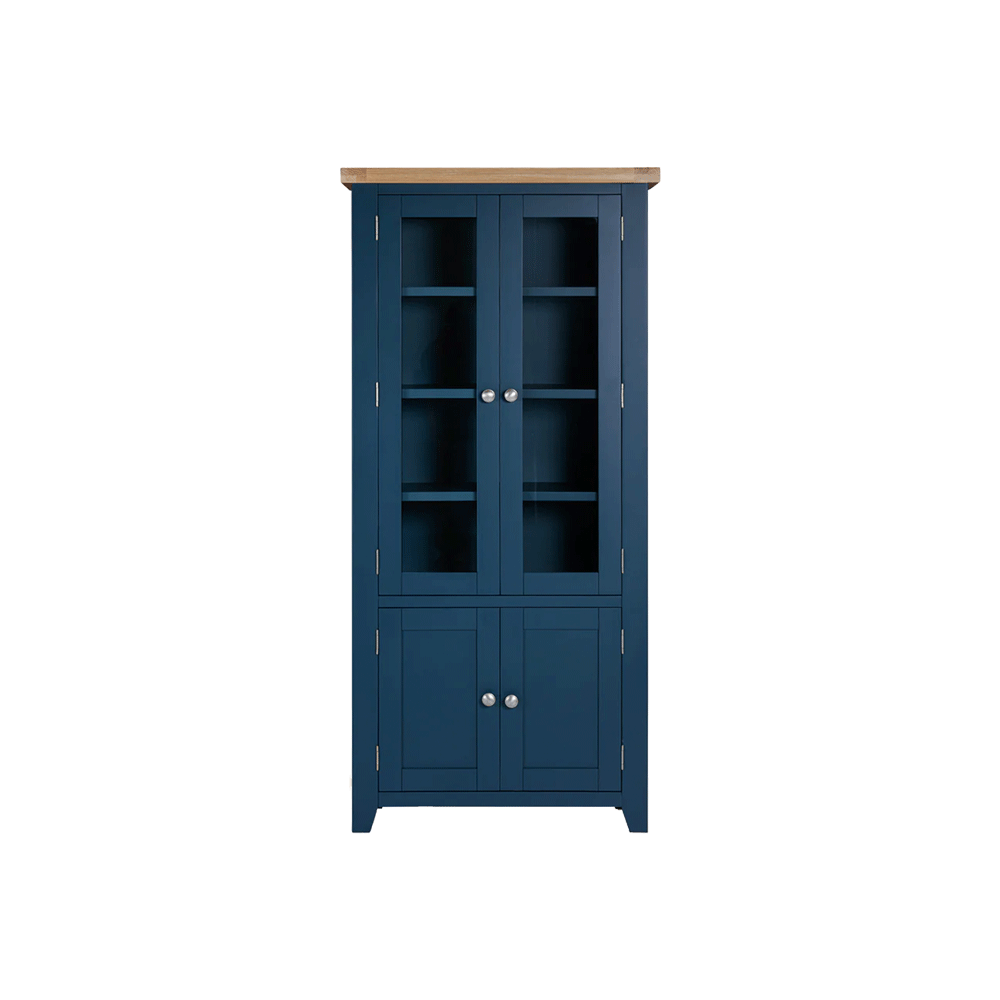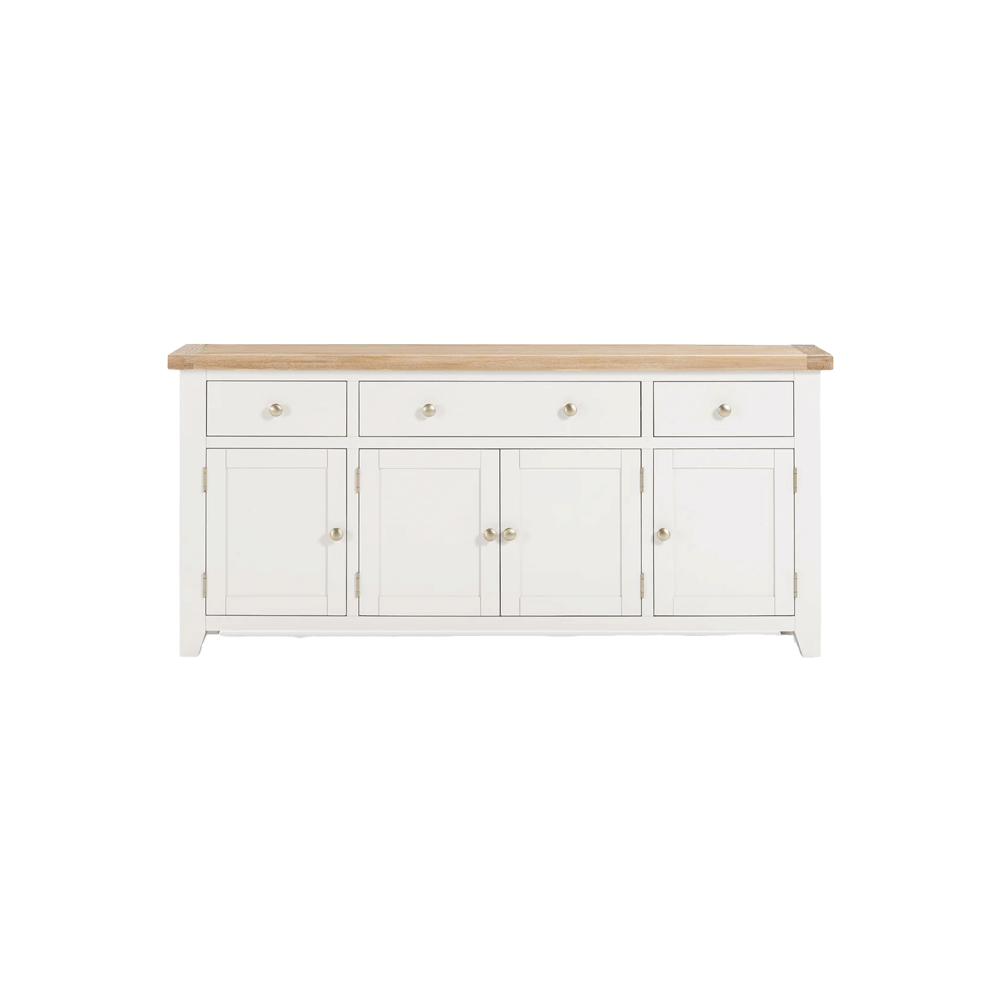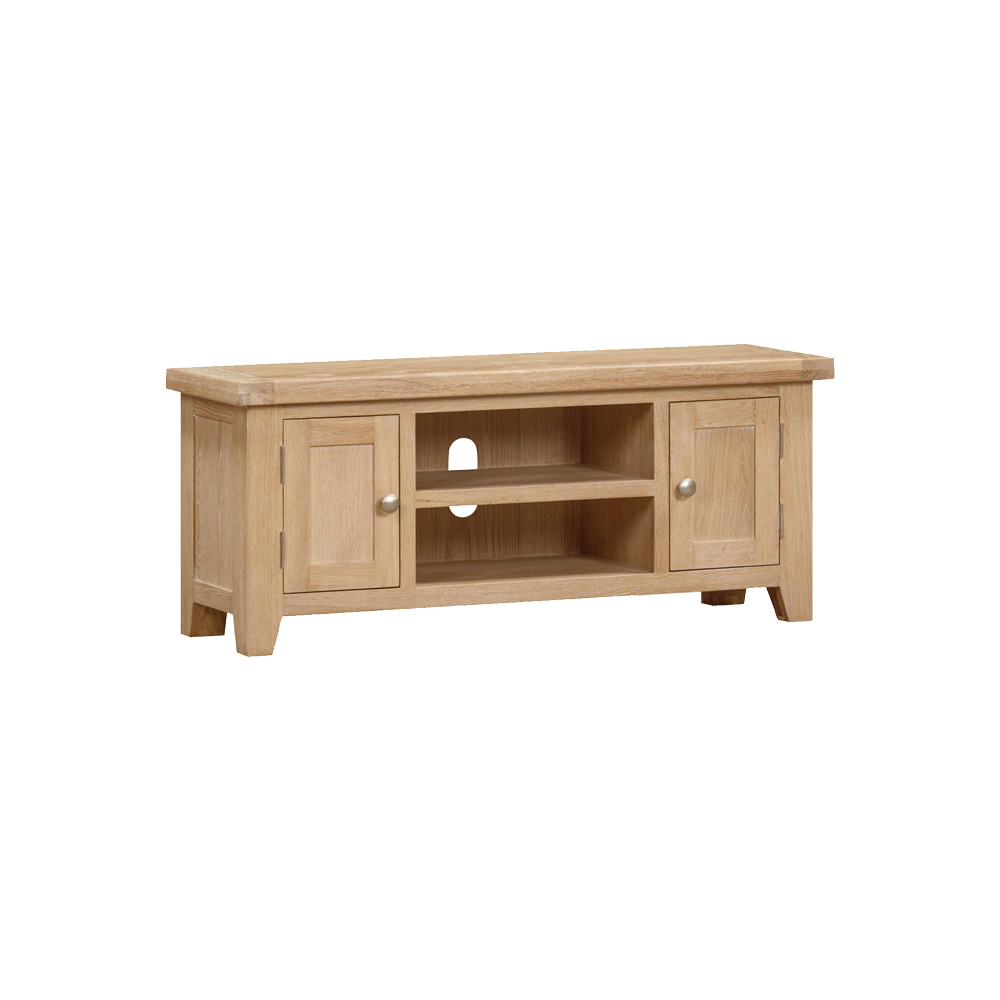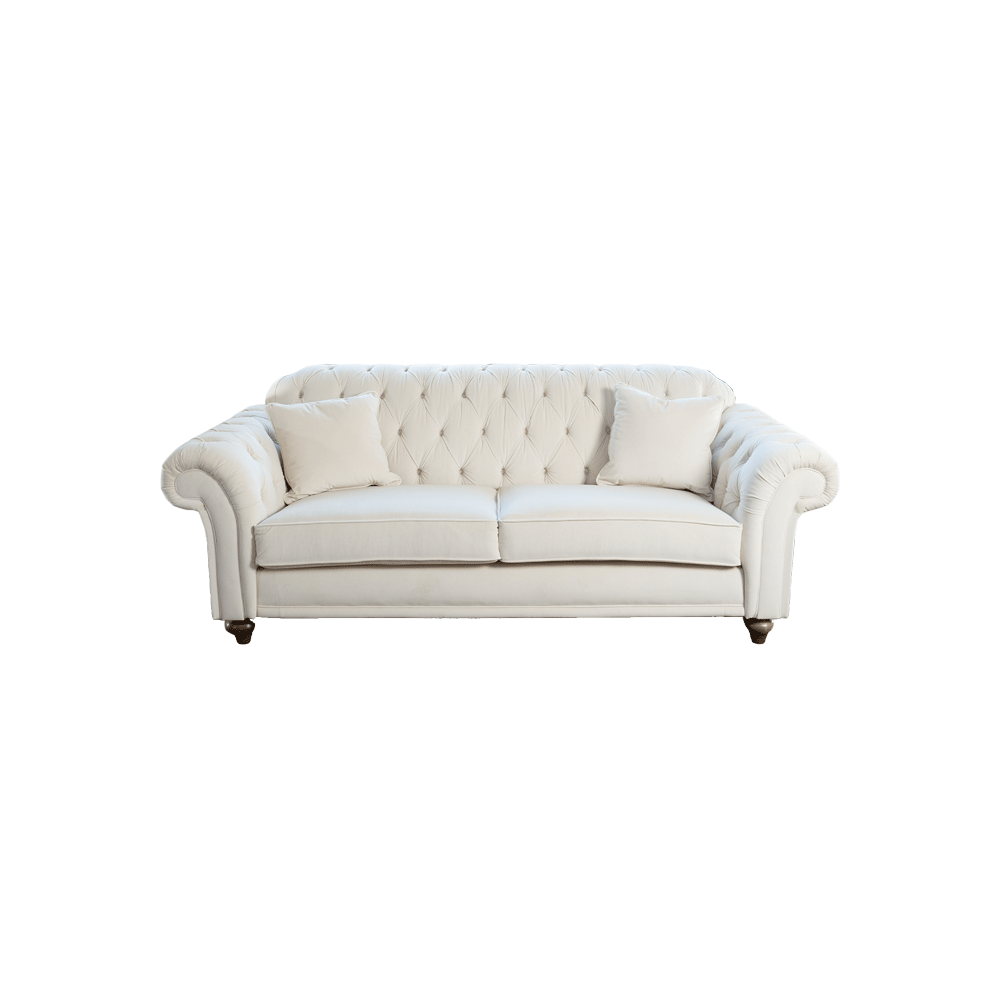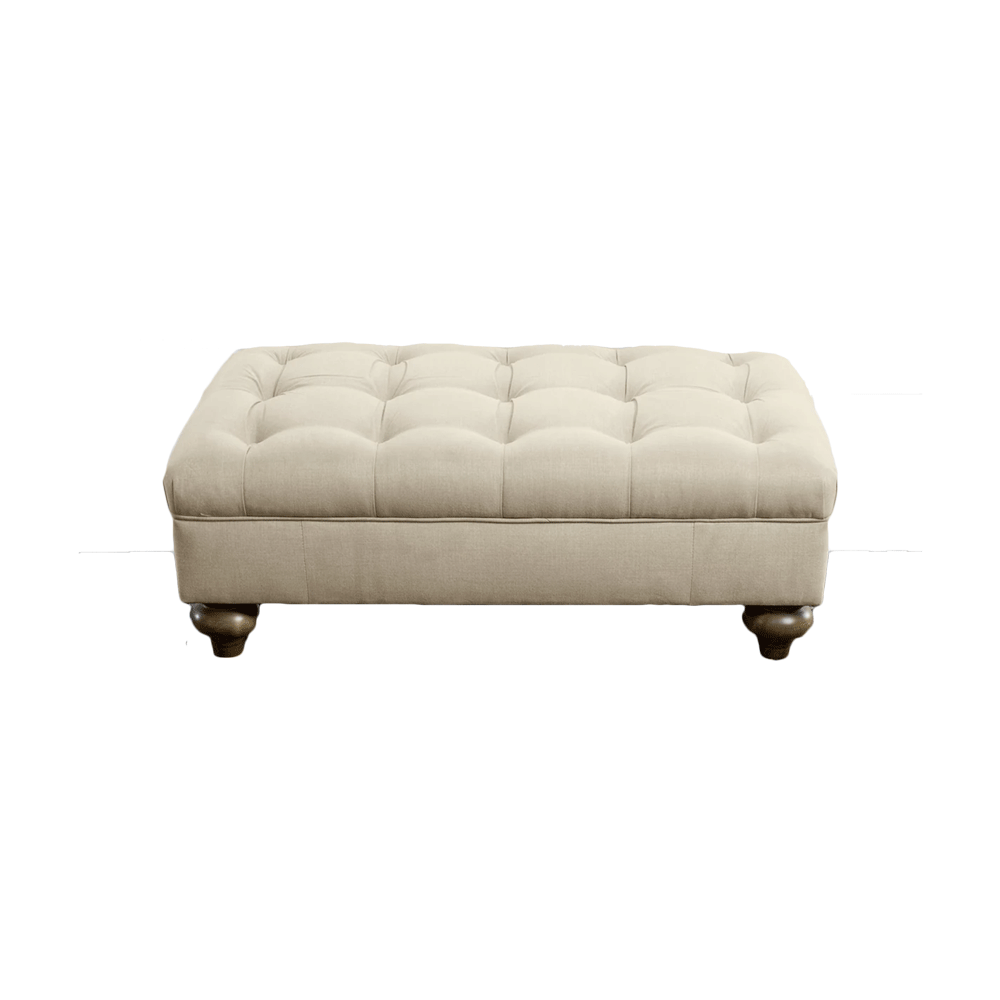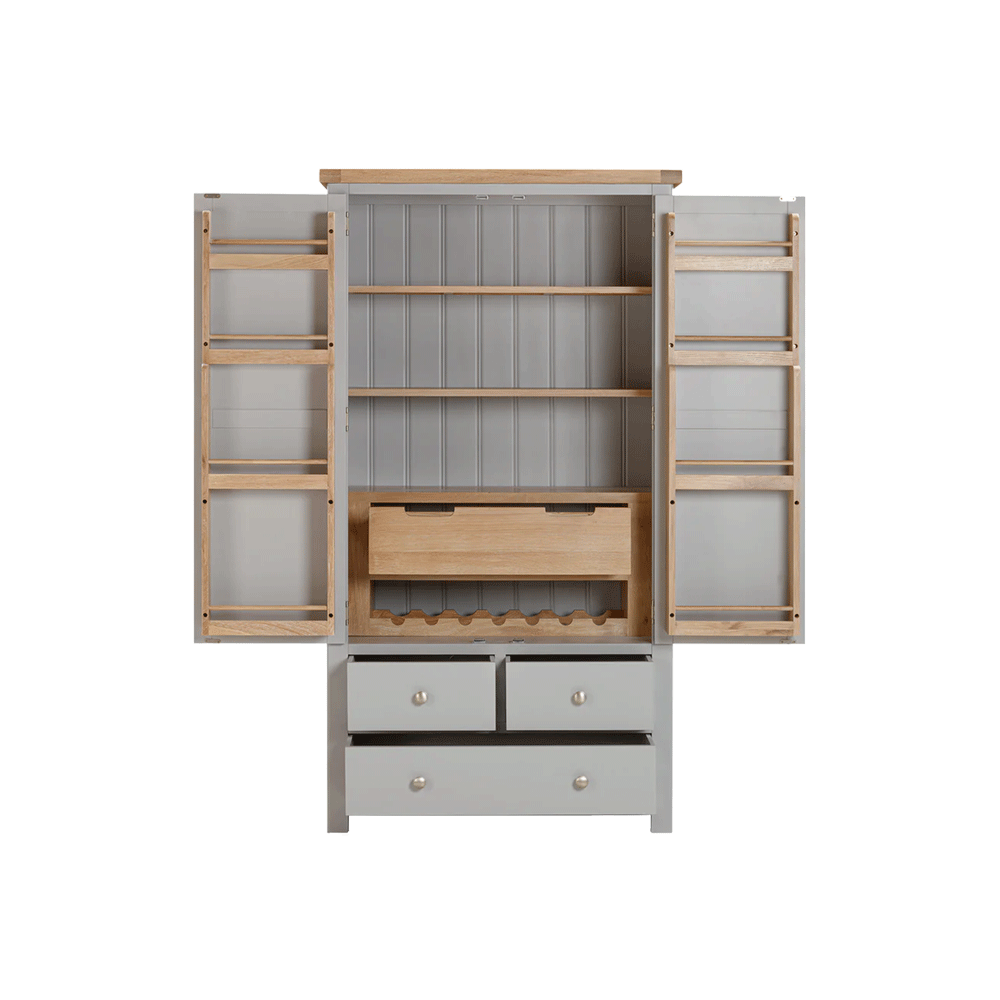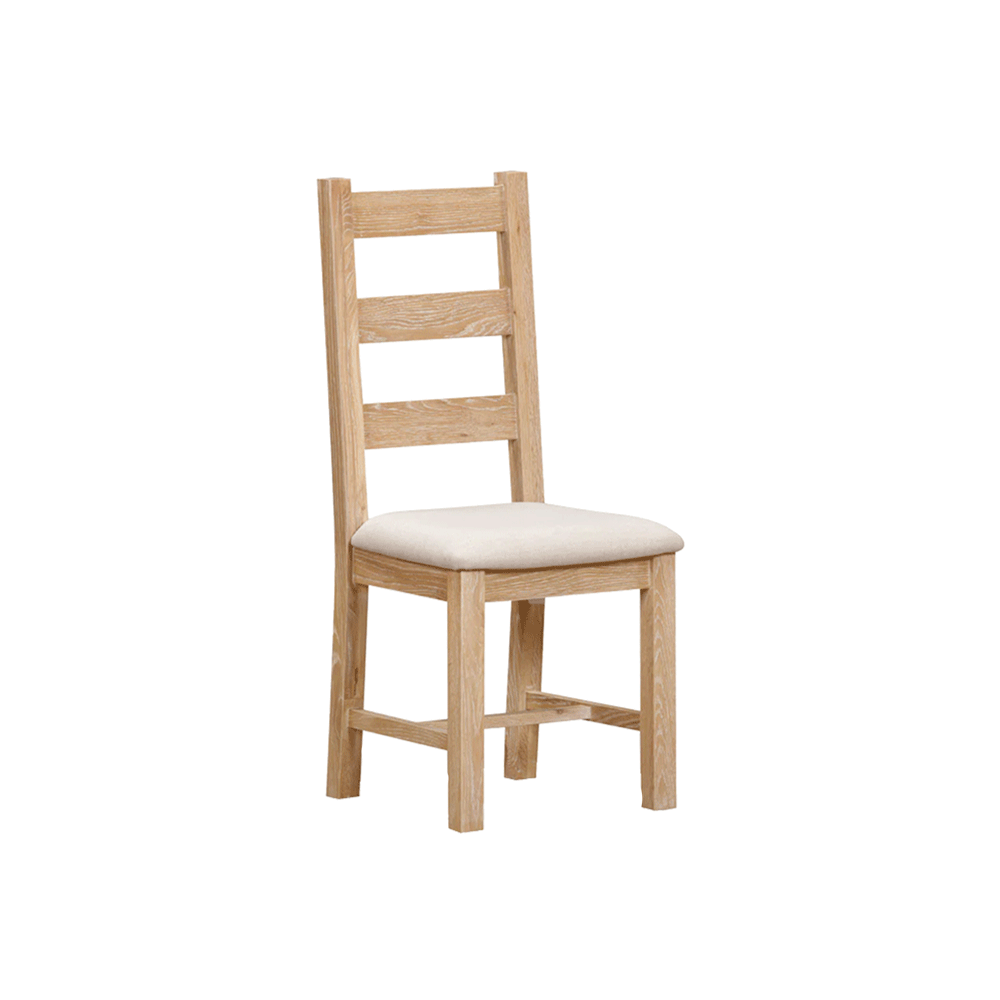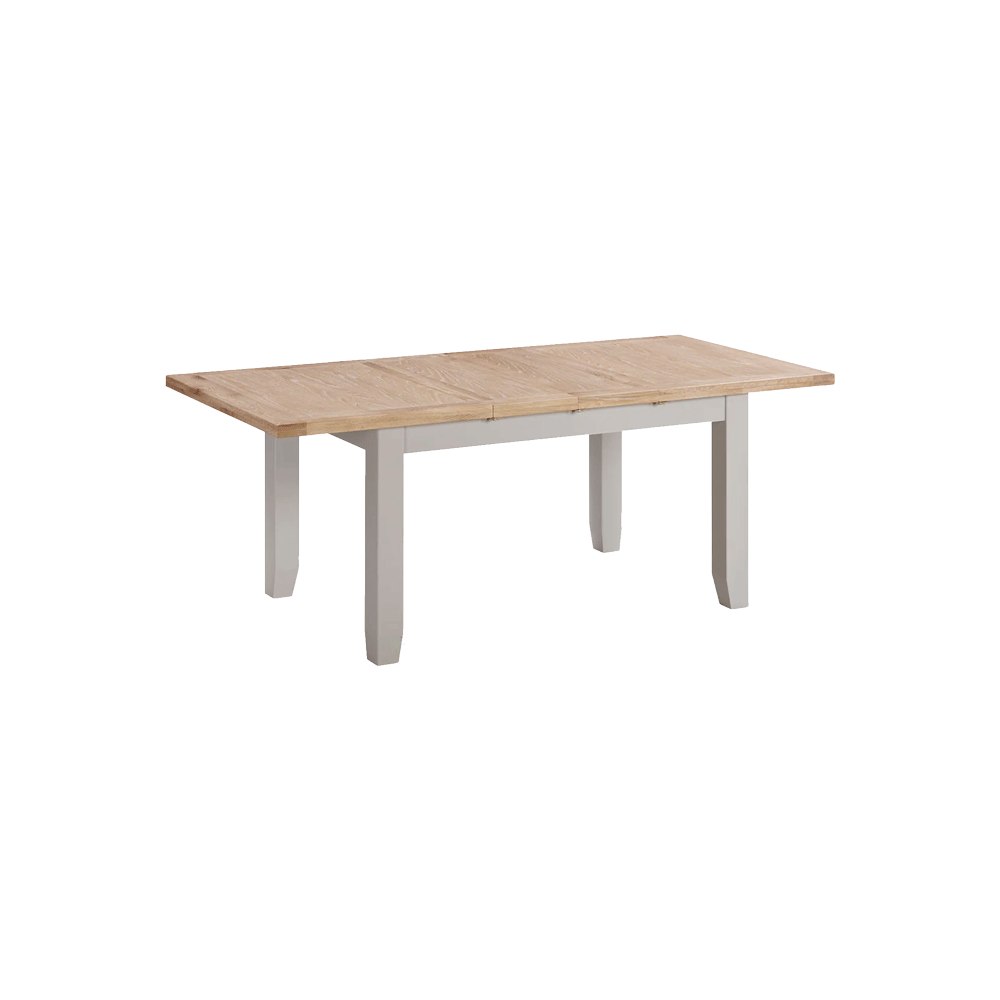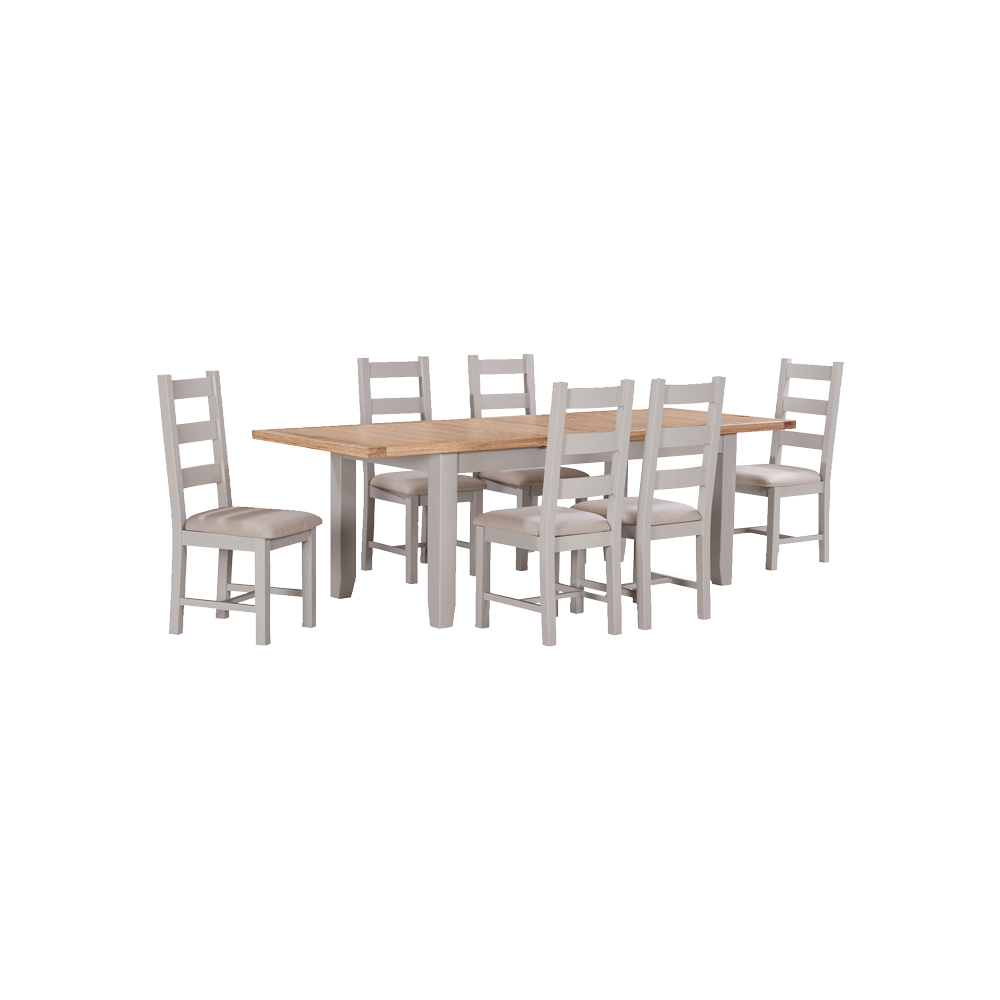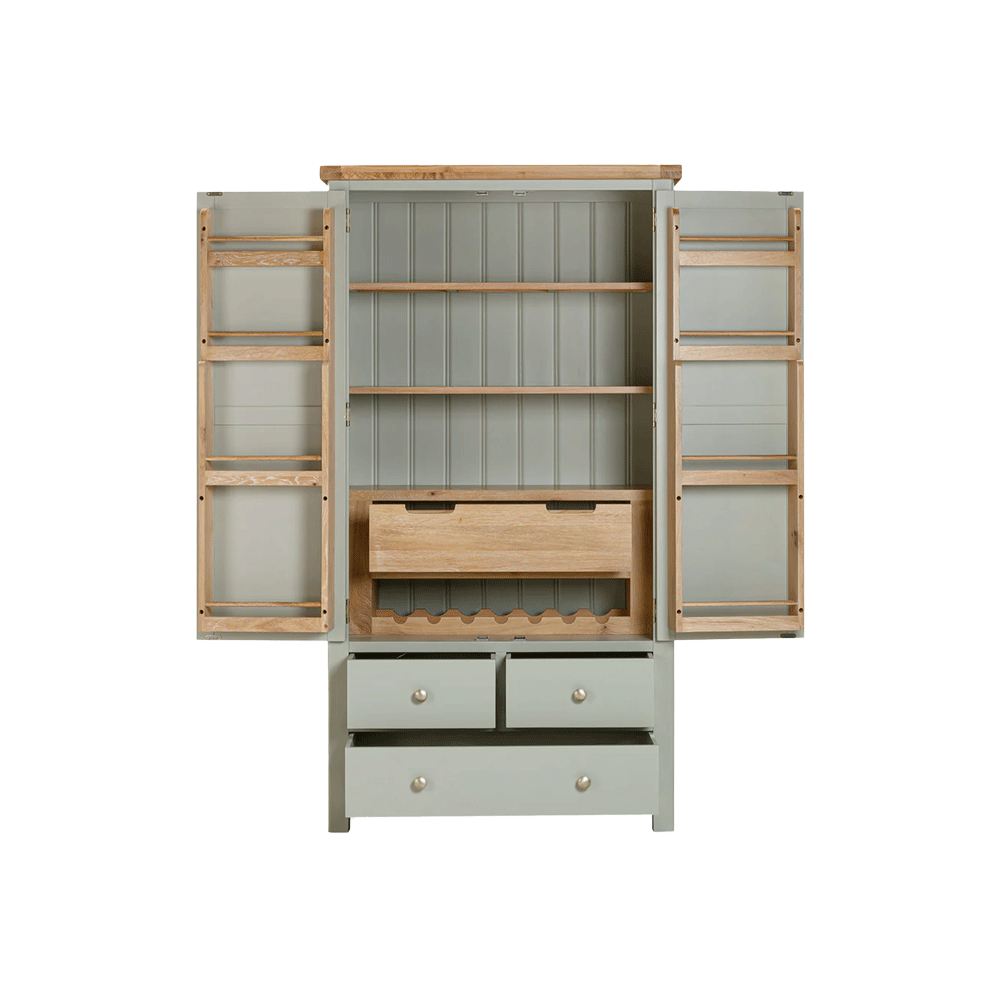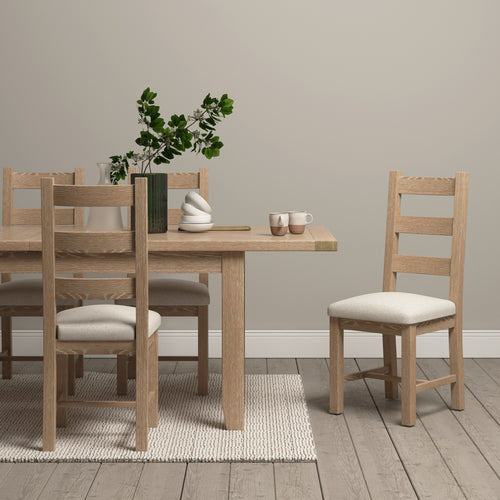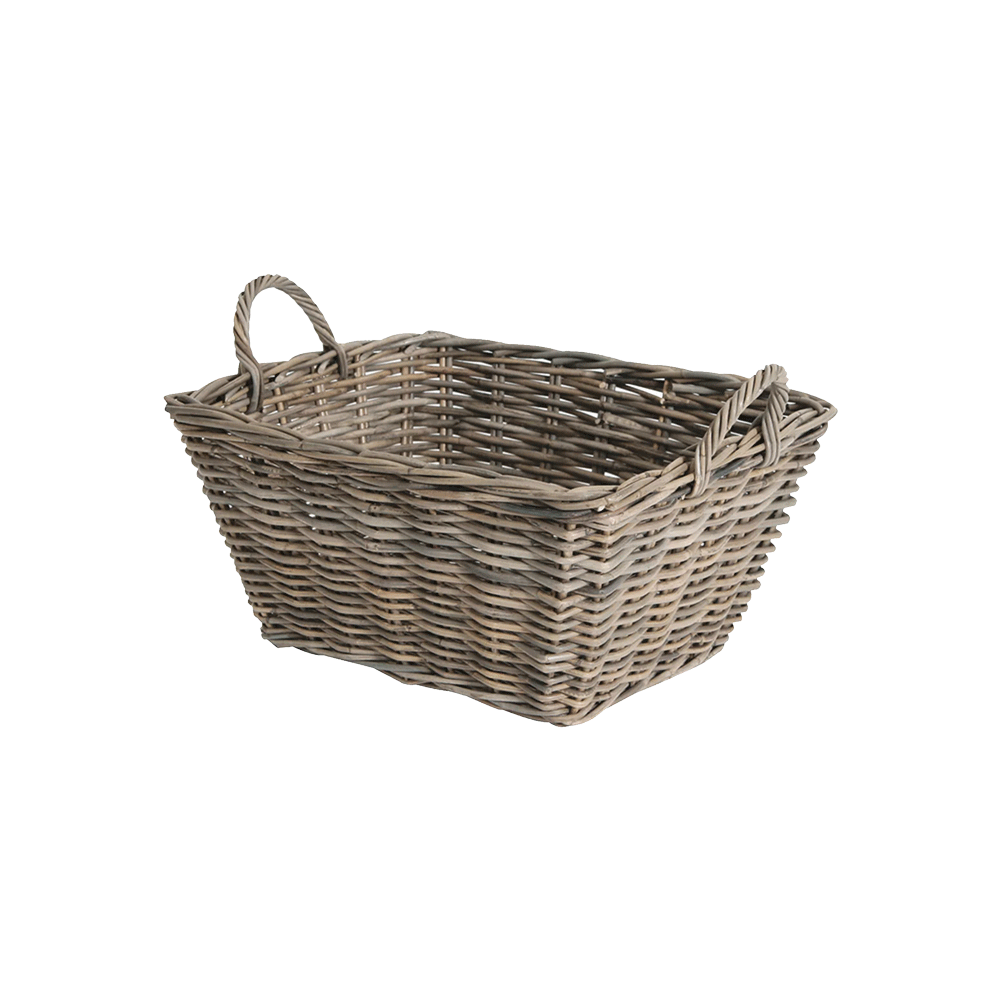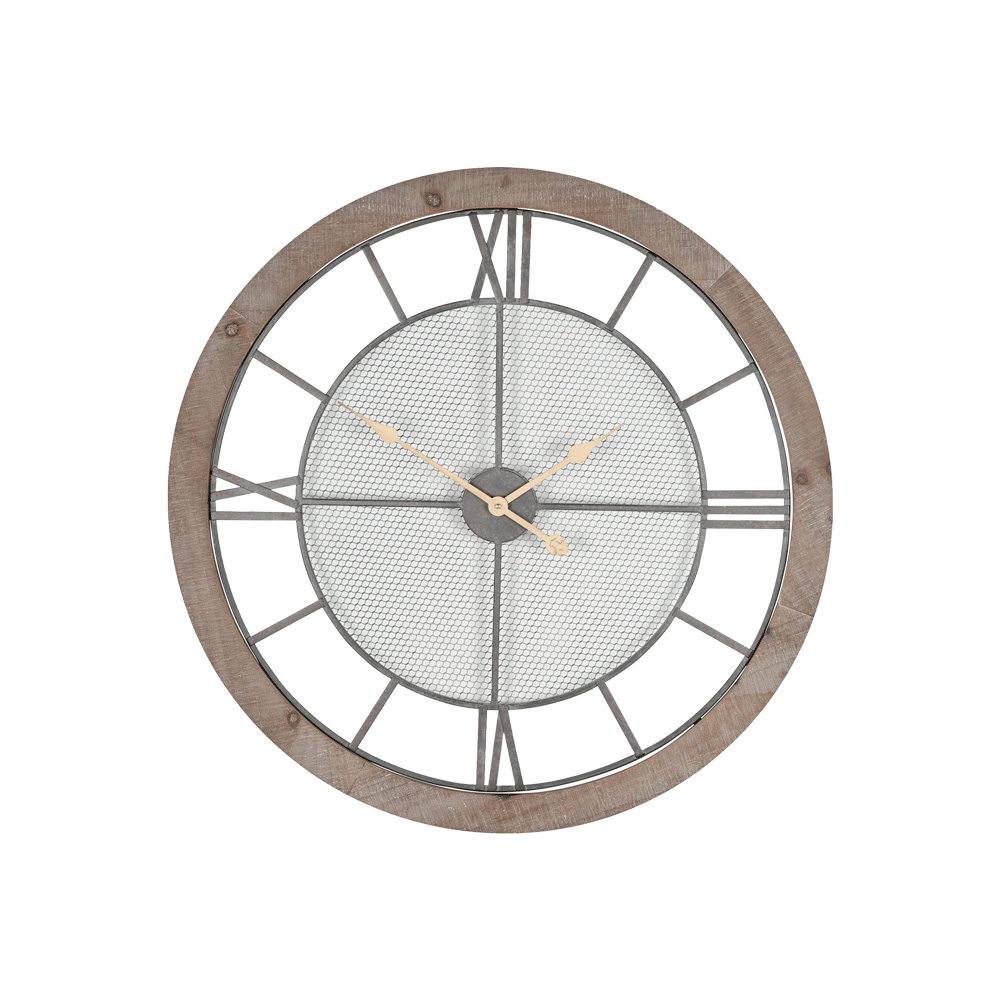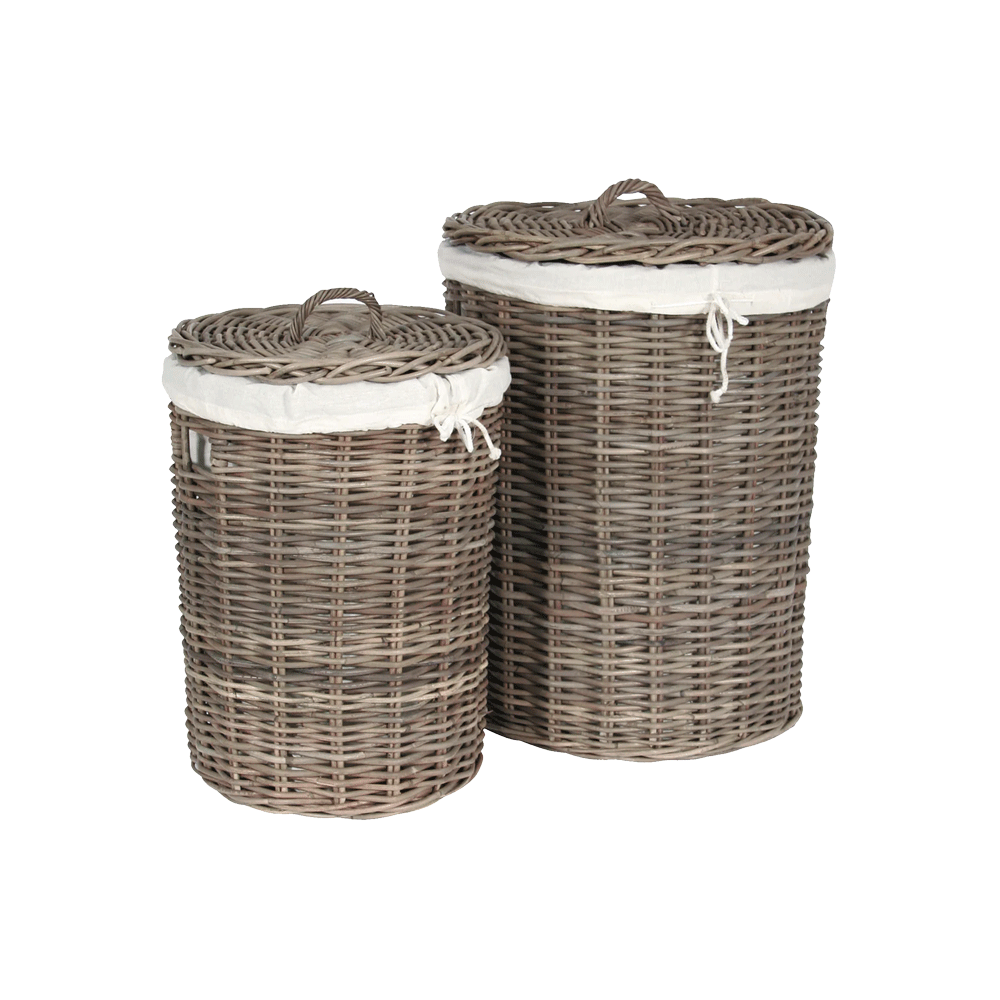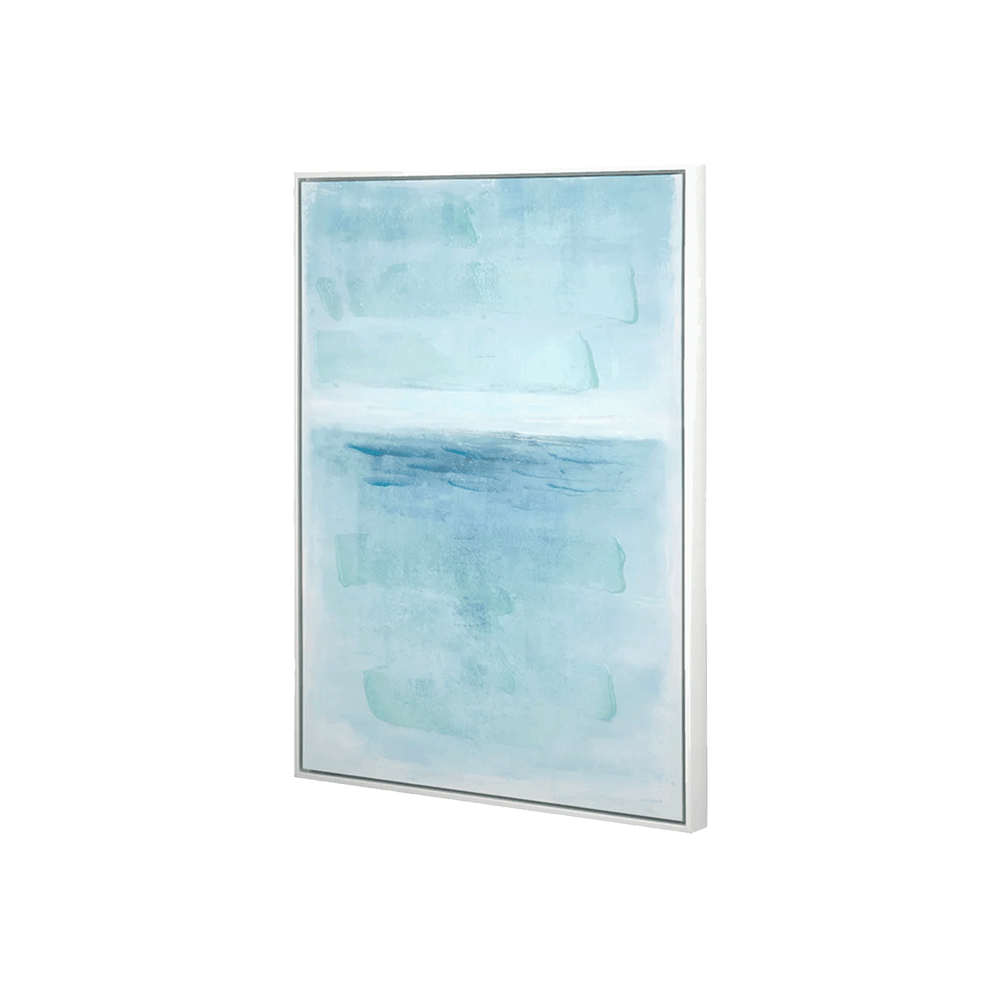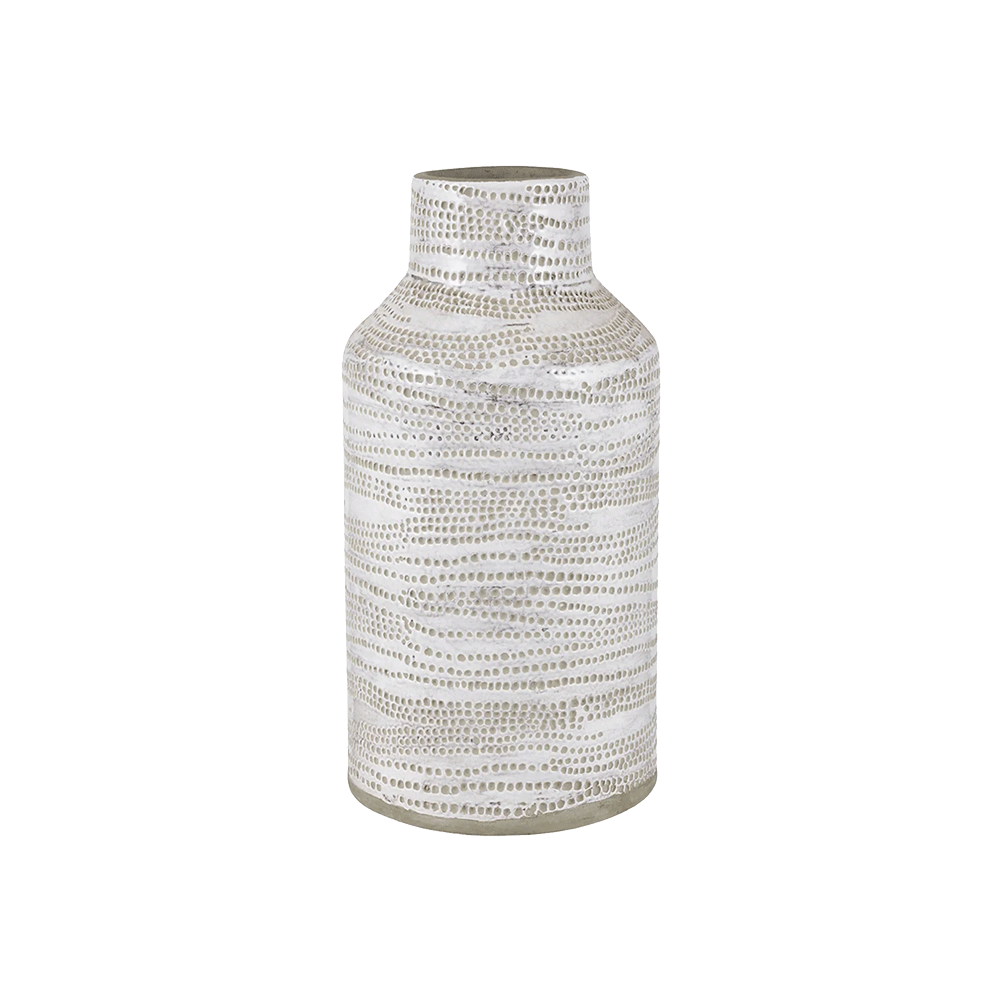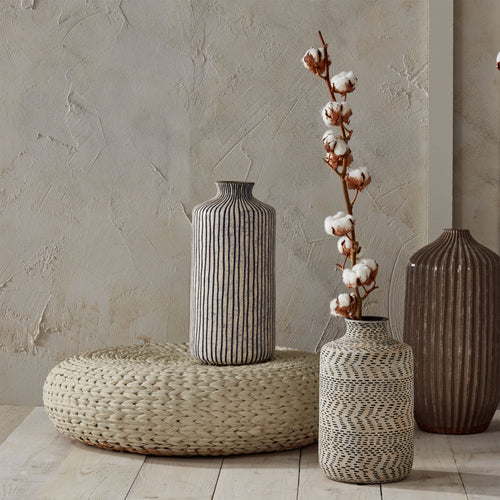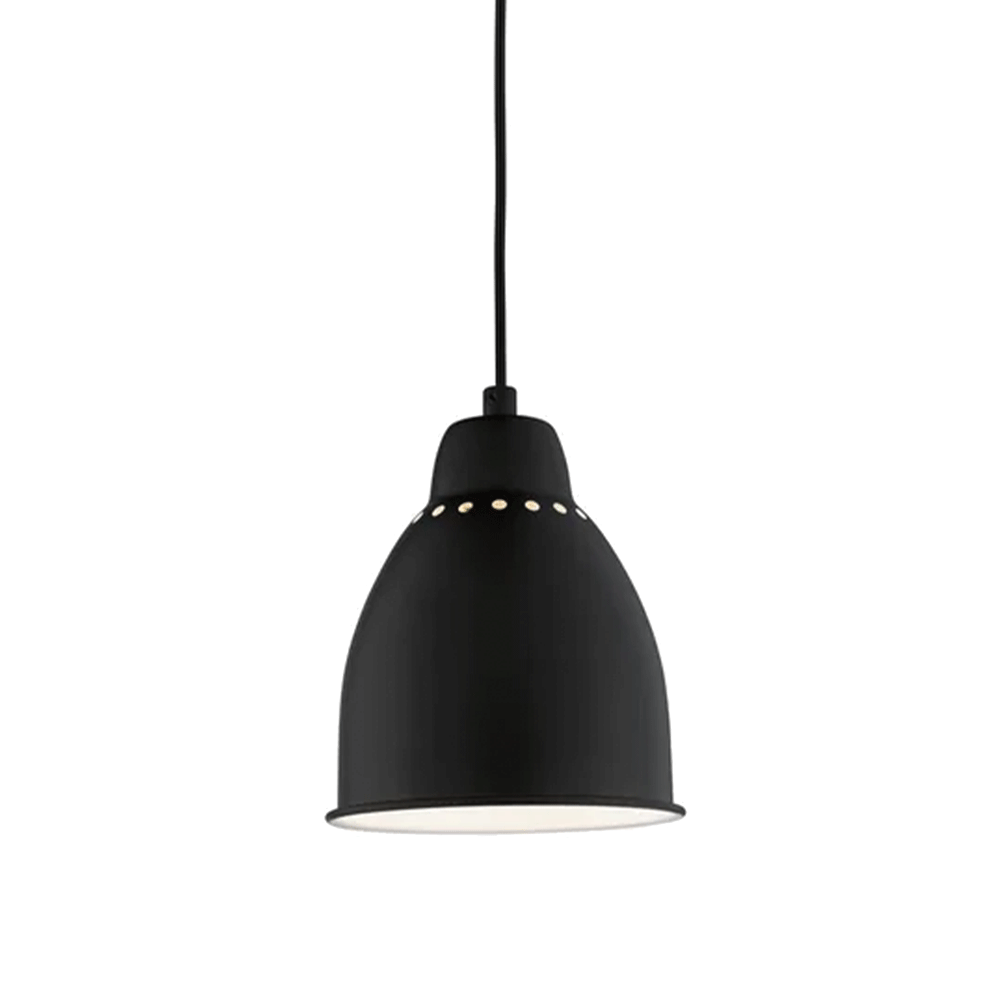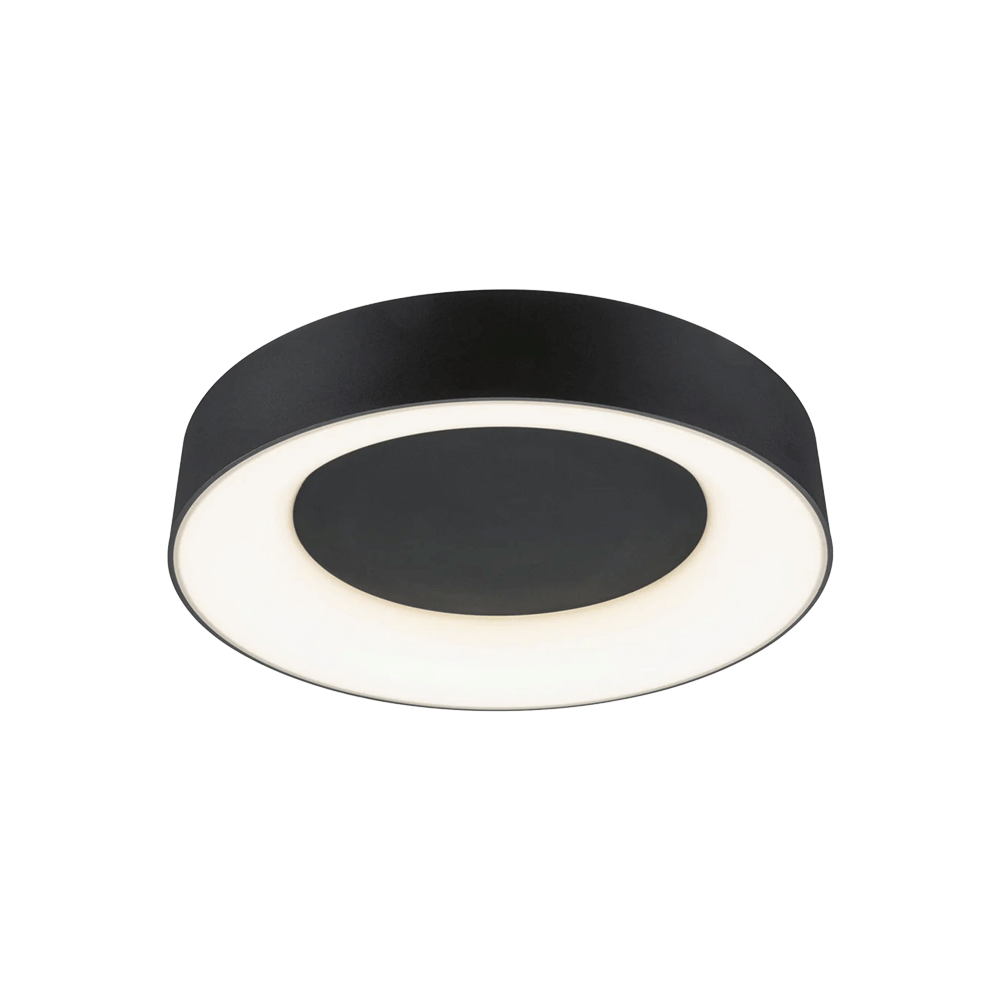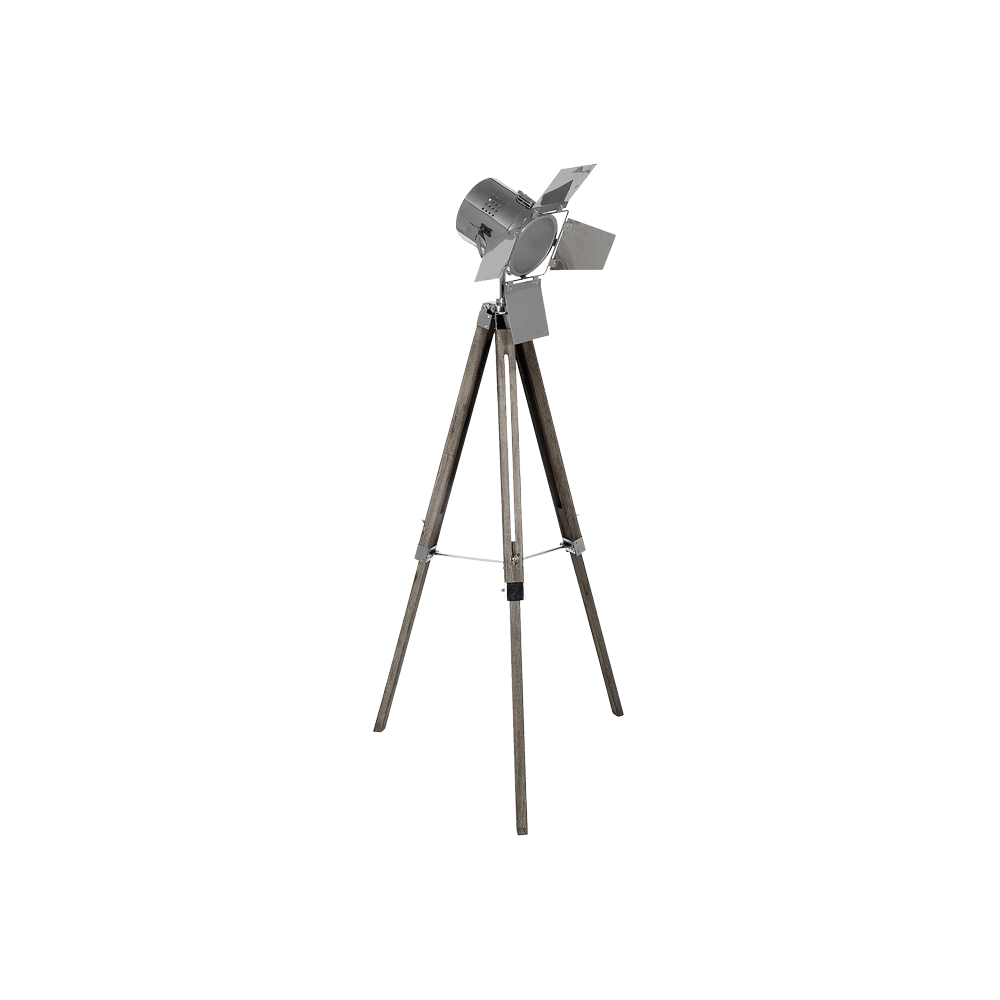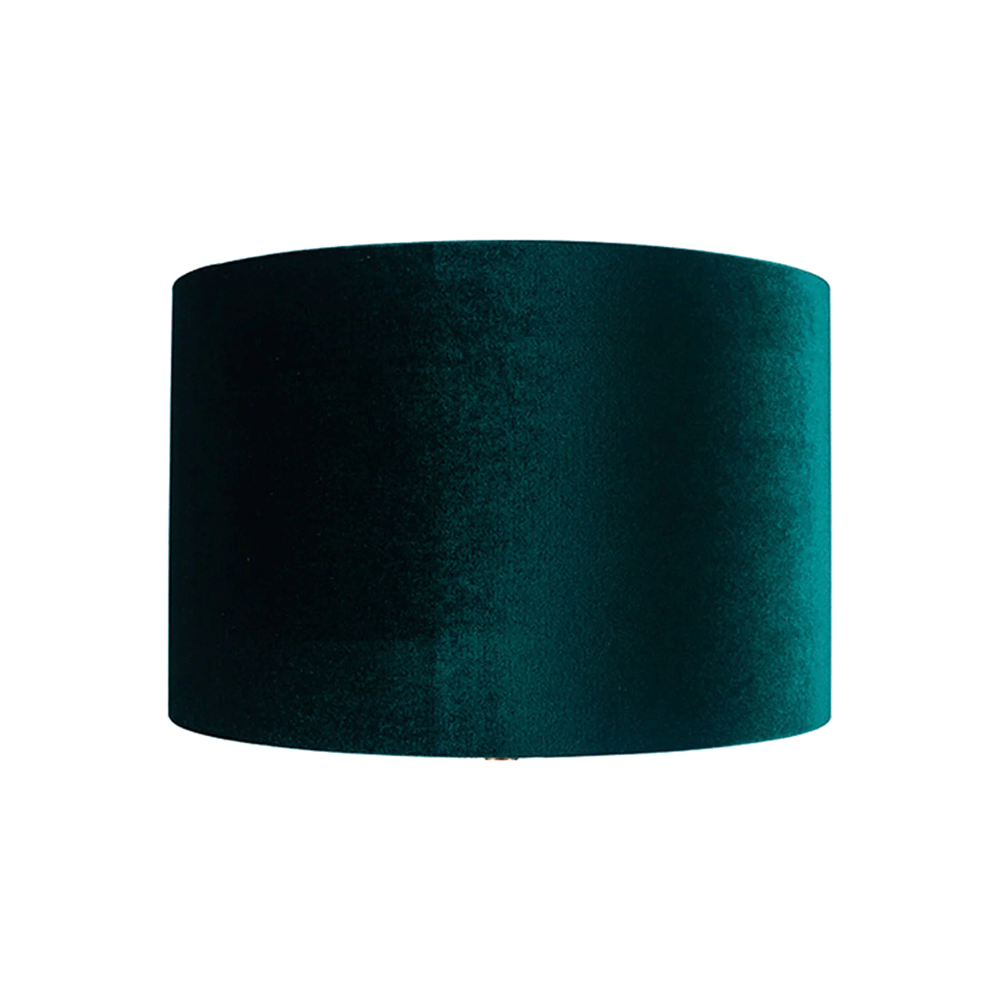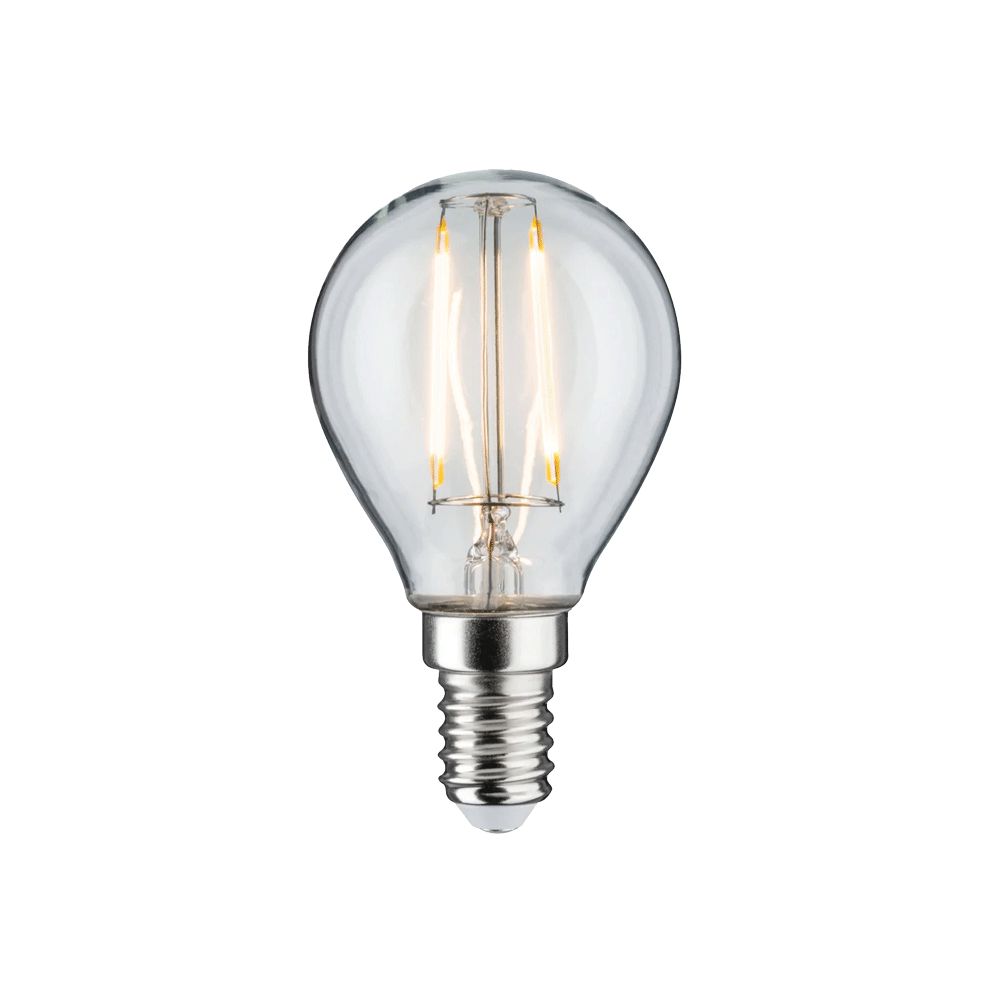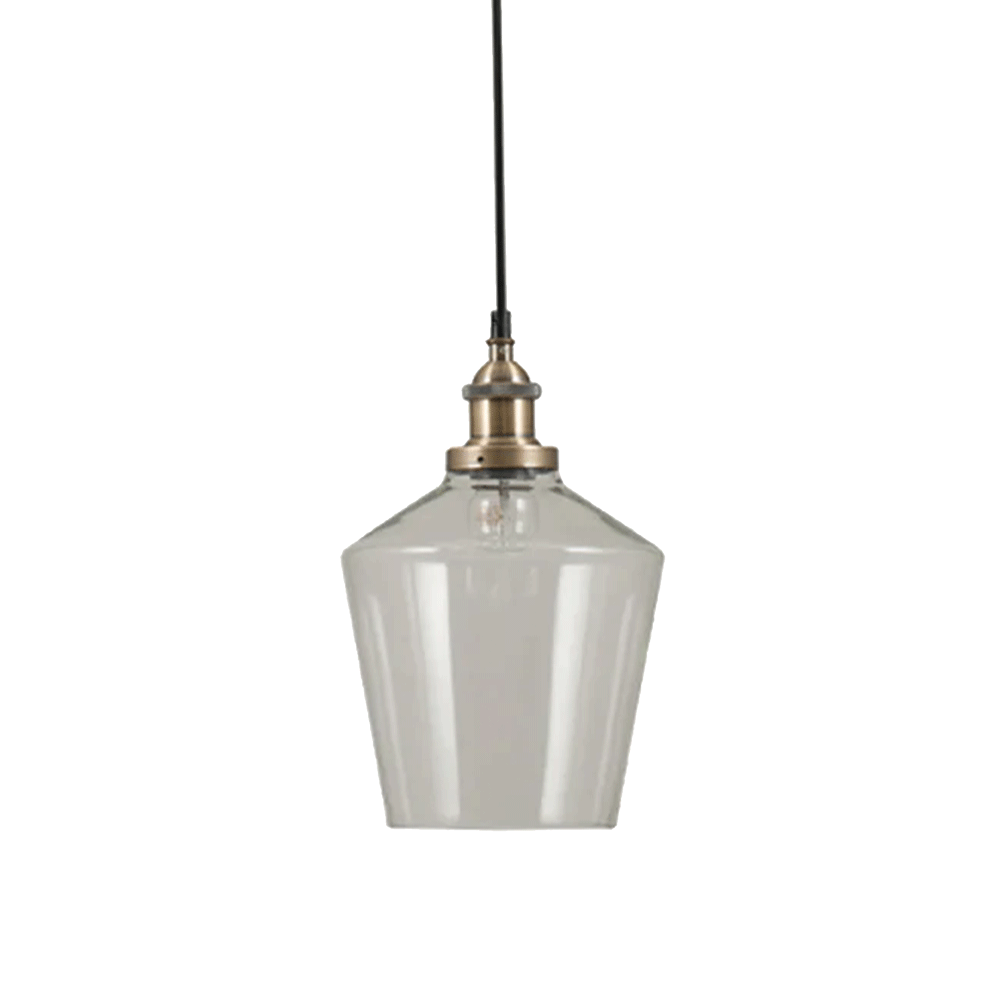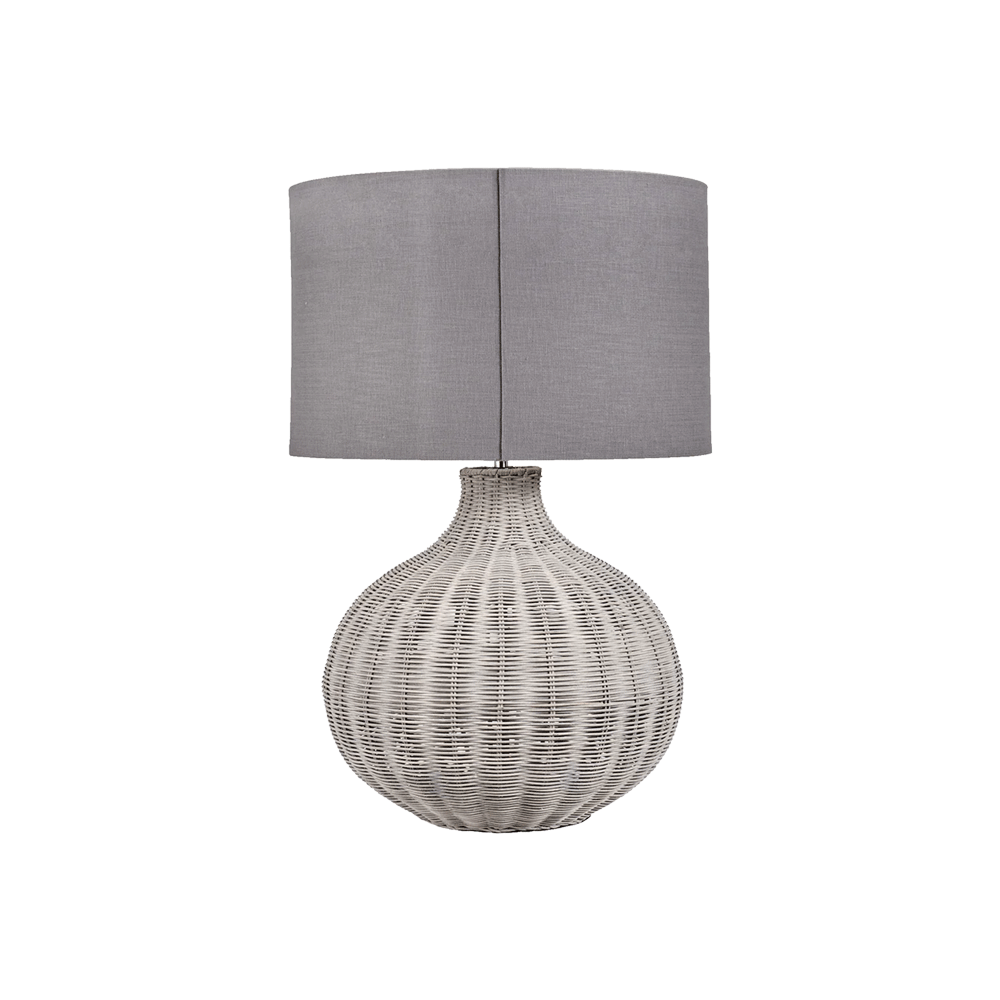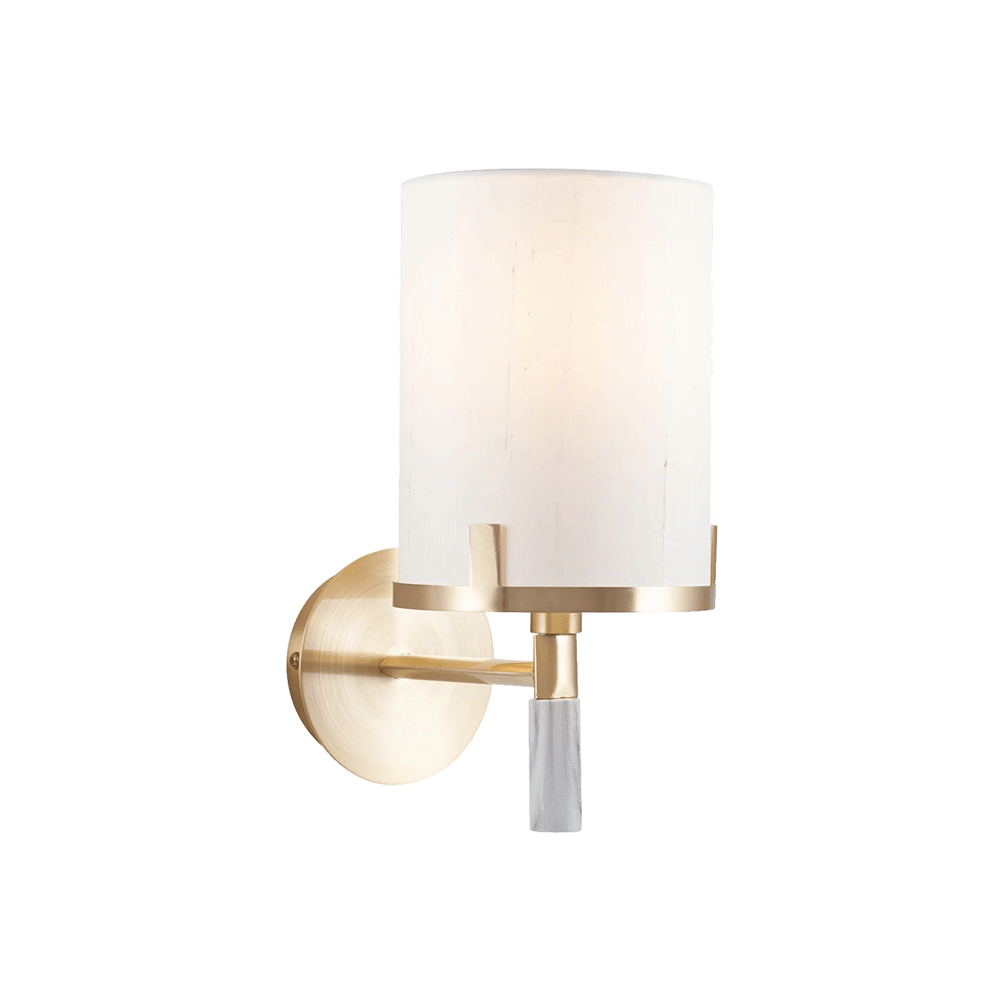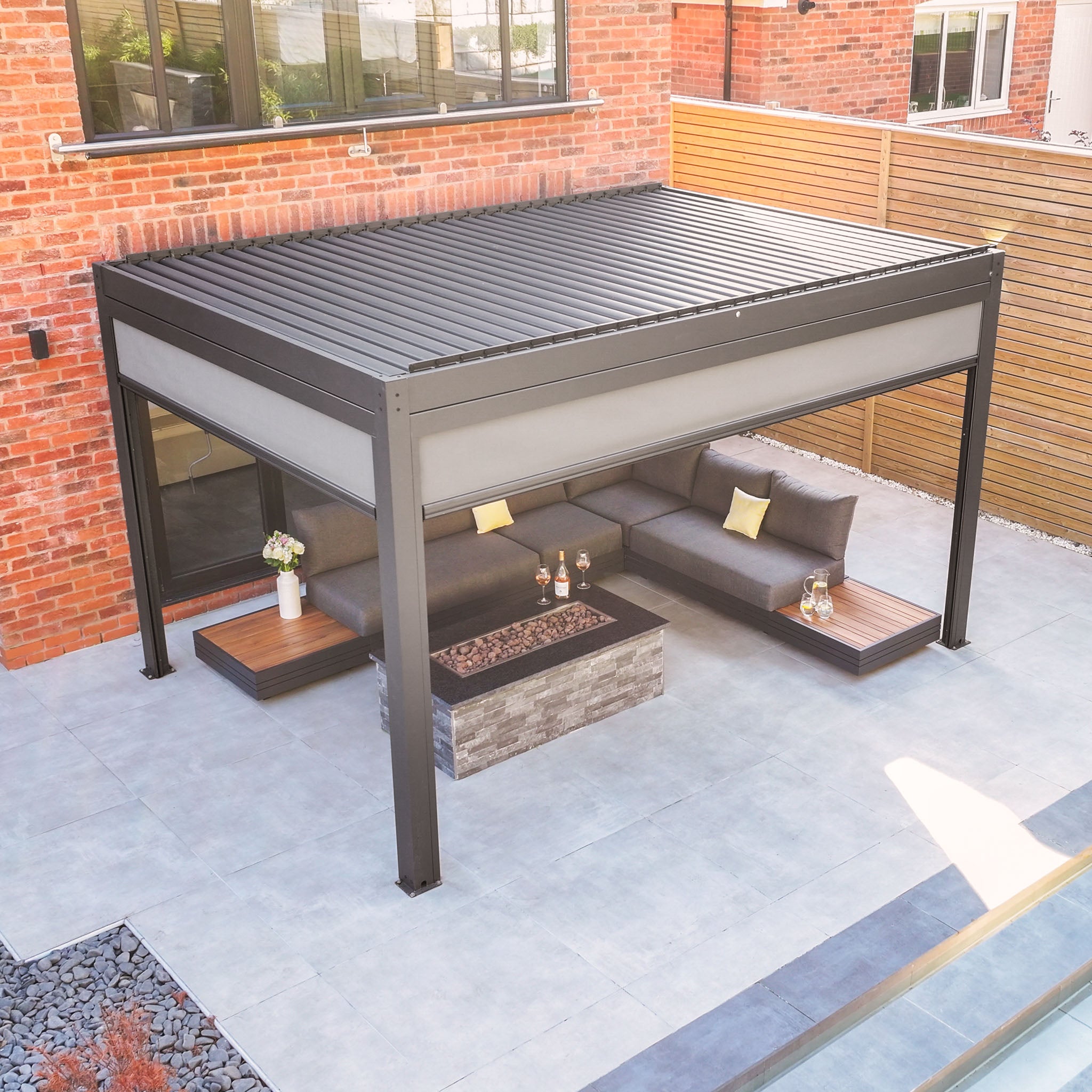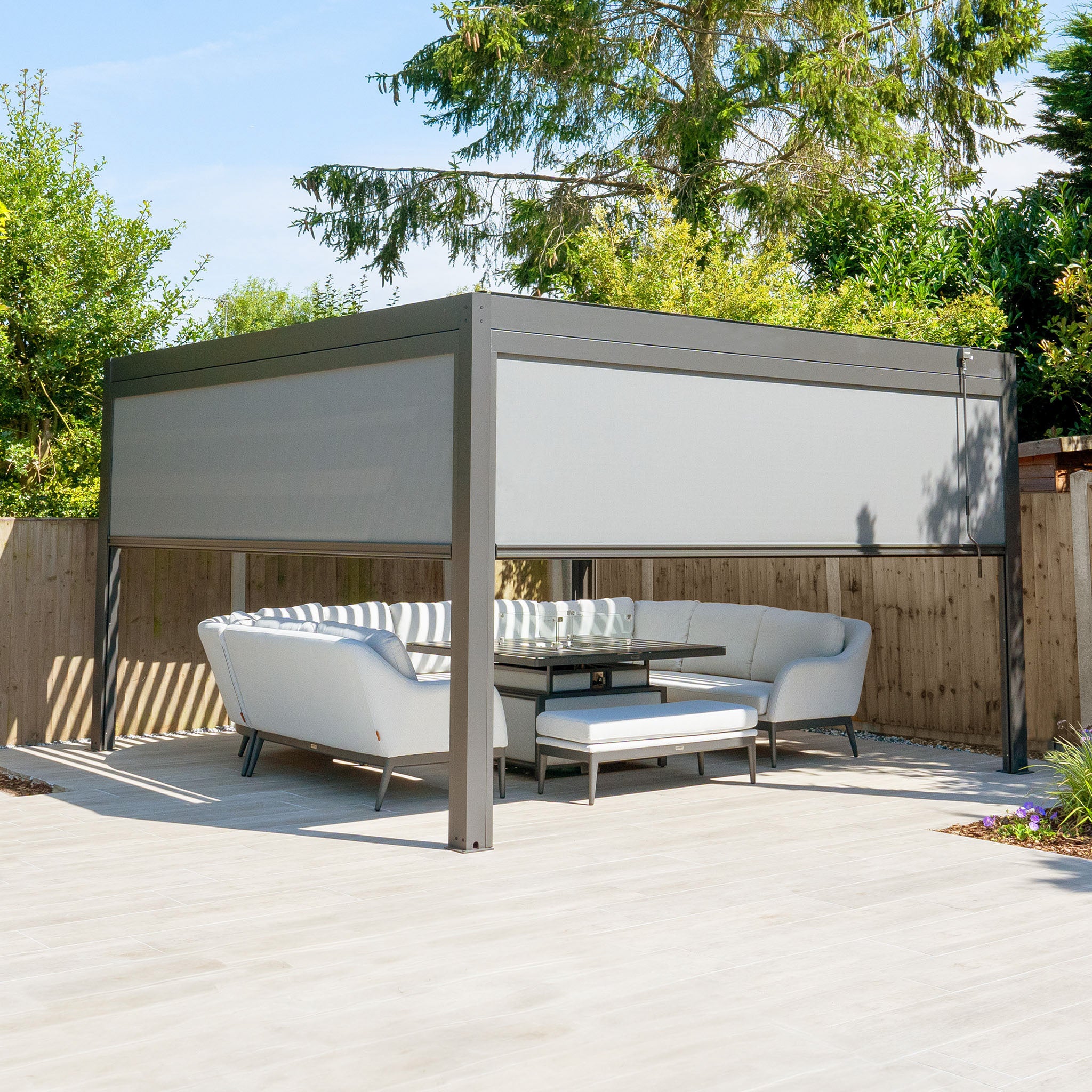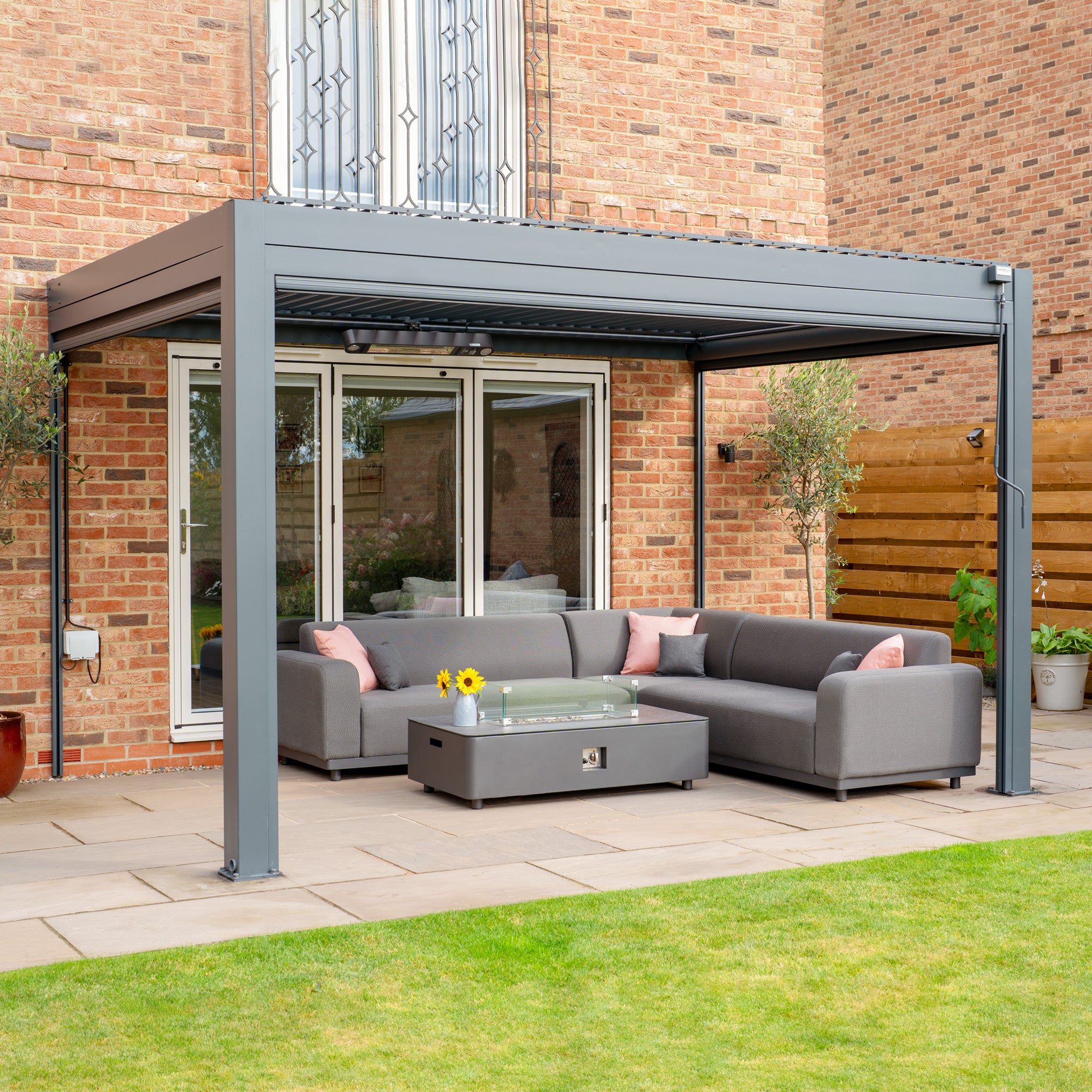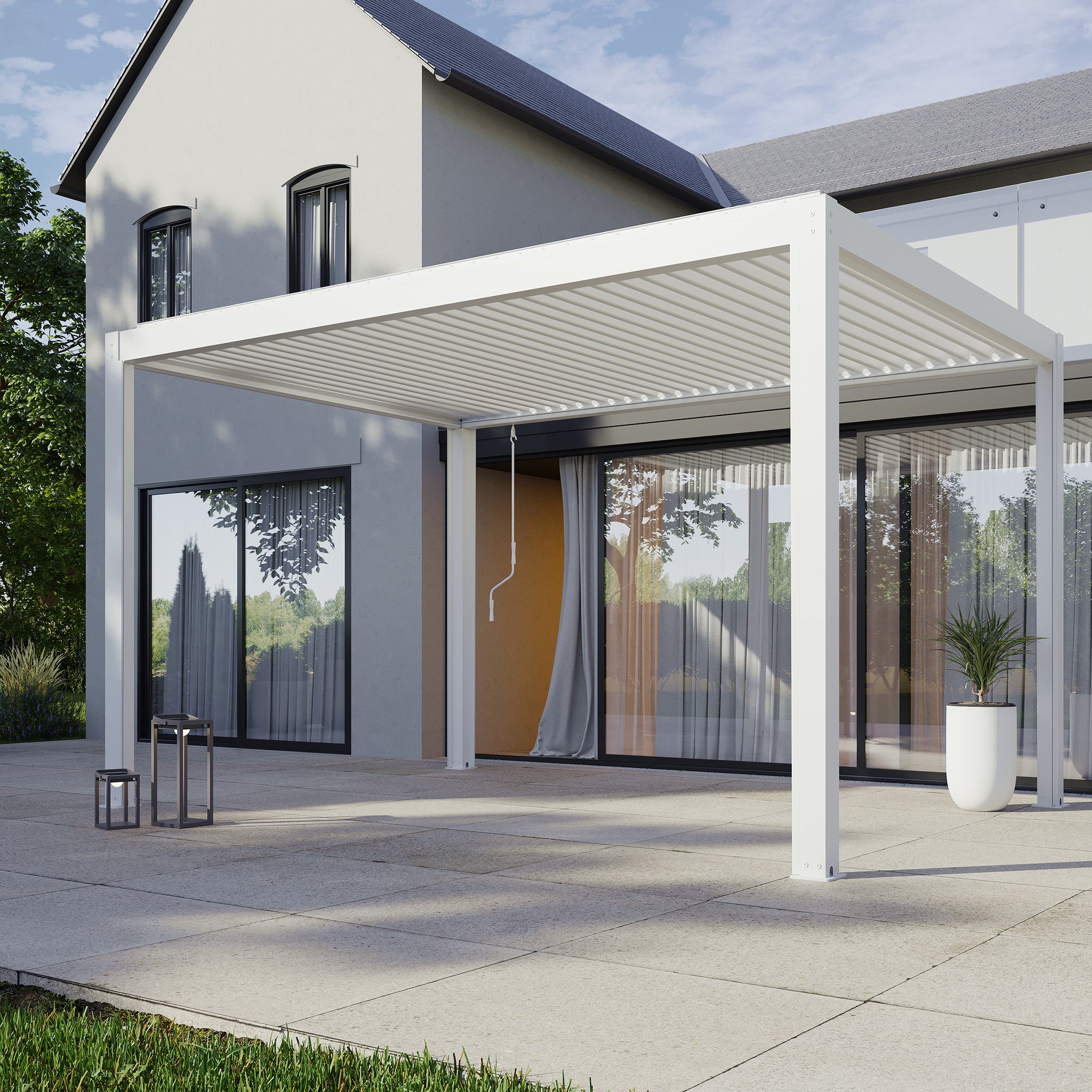

UK's Ideal Home throughout the Years
So, how have the nation’s homes evolved since 2002, and what actually is the UK’s ‘ideal home’ in the present day? We've done research to reveal the design trends we thought were the epitome of style throughout the 2000’s (oh, how wrong we were!) and what a ‘perfect’ home looks like today in 2022.
A blast from the past – 2002
Let’s take it back to the start… of the 2000s. After the new millennium began, the nation was eager to update its homes to create a fresh, innovative, and ‘stylish’ atmosphere – a new beginning. Little did we know, these well intended updates to our personal spaces would come back to haunt us in the present day. Did somebody say crazy paving? *shivers*
There were many ‘trendy’ interior styles to take the early 2000’s, but the one that stands out the most as a pinnacle of 2000’s design is ‘Shabby Chic’. Yes, we all remember this uber feminine, sickly-sweet style – think dainty florals, weather worn white wood, vintage textiles, and glamorous touches like baroque style mirrors and chandeliers. The nation loved this ‘lived in’ style so much it took over entire shop floors, with every high-street store getting in on the Shabby Chic revival.
Whilst households became motifs of French country manors, the technological advancements of the 2000’s were also making an imprint on the nation’s living spaces. Entertainment centres, also known as home theatres or TV rooms, became a must-have craze. The largest TV you could find, plus surround sound speakers, a wall of DVDs, and even a games console if you were lucky – these TV rooms were almost an essential for modern living.
People renovated their homes to make space for a TV room, where before they may have had a utility space, lounge, or a dining room. These rooms were often painted dark colours such as crimson or murky brown to mimic a ‘cinema’ atmosphere, and some even featured chalkboard walls. Yes, we have just unlocked a memory – chalkboard feature walls were actually a thing!
When it came to gardens in the early 2000’s, all functionalities went out of the window. Maximalist paving, excessive ornaments, and extravagant water features competed for attention in our outdoor areas, with overwhelming amounts of clashing design taking over. Crazy paving, a type of tile that looks as though it has been cracked and pasted back together, was the ultimate must-have garden element. Pair that with a water feature, often displaying marine life or mythical creatures spouting a fountain stream, and a motivational garden fence plaque, and you’ve got an ideal 2002 garden. How times have changed!
Post-recession interiors - 2010
Moving a little further into the future (or, technically past) we’re now in the 2010s. After a long recession at the end of the 2000’s, the 2010 revival allowed households to take more initiative in how their homes looked, adding character and individuality to every space. 2010 was also the year that Pinterest launched – which we now know as one of the main sources for home inspiration globally – giving interior design an accessibility it had never had before.
With the recession ideology just a few steps behind in the nation’s minds, the early 2010s hosted the rise of ‘chic on a budget’ interiors. Think flat pack furniture, DIY designs, and upcycling.
Geometric patterns and industrial stylings fused to create an overall sense of futuristic modernism in many households around the UK. Chevron textiles, geometric wall designs (made using masking tape, of course) and tessellated kitchen tiles grew in popularity – creating a statement in any space without spending outrageous amounts of money.
Industrial design elements, such as loft spaces, Edison bulbs, and chic black metal furnishings also rose in the nation’s rankings. Snug yet stylish, households began to curate spaces filled with these design styles dedicated to relaxing and socialising - where in previous years these areas were only utilised for their functionality. Let’s not forget the iconic faux taxidermy deer head that was placed above hundreds of fireplaces across the UK, that had absolutely no purpose other than aesthetics. Yes, antlers were a real, national trend…
2012 was also the year of precious materials. Although the majority of households couldn’t afford sapphires and emeralds – jewel tones became a huge interior trend. Emerald green sofas, sapphire-toned carpeting, ruby red headboards and diamond-esque glass pieces were all of the rage – not just interiors, but also in art, fashion, and even vehicles. Pairing with the jewel tones surprisingly well, warm metallics were another trend setter. Copper and brass, especially when used within lighting or accessories, were extremely popular. You couldn’t walk through a shopping centre without seeing these trending tones, that’s for sure.
Keeping it natural
Outdoor areas in the early 2010s began to see more natural, simplistic, and eco-friendly renovations. Gone were the days of multiple garden statues and water features – the nation had a natural revolution and began to revert their gardens to, well, gardens.
Ecoscaping (also known as placing large, boulder like rocks) became a huge craze, alongside botanical window boxes, hanging baskets, and roof gardens. Essentially, the nation wanted to bring nature back into its alfresco spaces, but in a new, refined, and aesthetically pleasing way.
Additionally, outdoor dining areas received a re-vamp, with wooden decking gaining in popularity due to its low cost, and high usability. Metal garden furniture grew in popularity too - blending well with the industrial style interior pieces we mentioned earlier. These steel outdoor furnishings were long lasting, strong, and blended well with the naturalistic style gardens that households were yearning after, explaining their attractiveness to the nation at the time. We imagine there are a lot of rusty garden chairs sitting in sheds in the present day…
The ideal home - 2022
So, with a guided tour of the design trends of the early 2000s, we have now arrived in the present day. Surprisingly, the nation no longer tends to band together on interior styles, as with the ever-growing choice available, individuality truly is a major factor that comes into the account of the design in any home. Despite this, there are a few major home trends which we have seen remaining popular universally across the UK.
Colour palettes derived from neutrals are hot right now. Forget muddy brown and magnolia – the nation is loving nature-inspired, new-neutrals. Think khaki, sage green, and champagne.
Natural interiors have been a driving force for all design trends throughout the early 2020’s. Bamboo, linen, rattan, and wood, alongside that new-neutral colour palette, is often the ideal base to any home’s design. Check out these recent trends to give you a better picture:
- Bamboo – demand up 140% on Google
- Rattan – demand up 70% on Google
- Linen – demand up 300% on Google
- Oak – demand up 150% on Google
- Mahogany – demand up 550% on Google
- Beige – demand up 140% on Google
As you can tell, the nation’s favourite base is simple, natural, and organic – bringing the outdoors in. Biophilic interiors have also taken the UK by storm – with the average household actually spending over £300 a year on houseplants. Botanical wallpaper, floral arrangements, and even ‘living walls’ all present the nation’s desire for blended, indoor/outdoor living.
A social space
Speaking on blended living, the most popular addition to the nation’s homes this year has been the humble pergola. Pergolas are multi-functional pieces of garden furniture which can be used to enhance and improve your outdoor experience. Less expensive than an extension or a conservatory, pergolas can be mounted to the side of your home to create a continuation of your living space. Plus, nine times out of ten, you won’t actually need to attain planning permission to extend your space using a pergola. The beauty of pergolas is that they can flawlessly extend your interior into your garden by continuing your interior style, outdoors, explaining the extreme popularity these structures have within UK households in the present day.
Gardens in 2022 are widely recognised as ‘social spaces’ – in fact, post pandemic we are spending 46% more time outdoors. So outdoor seating and outdoor accessories such as rugs, throw cushions and firepits have surged in popularity – creating a cosy and comfortable place for guests to relax and enjoy the great outdoors.
Throughout the home and garden, us Brits have taken storage and organisation a lot more seriously in recent years. With material assets mounting in an age of consumerism, storage is a necessity to maintain the natural, minimalistic aesthetic the nation desires. Sideboards, ottomans, shelving, and even installing hidden storage is uber important in modern homes. Plus, taking white goods and disguising them behind built in spaces, such as washing machines, dishwashers, and even microwaves adds to the pristine, no clutter effect homeowners are trying to achieve. Take a look at these trends:
- Cube storage – demand up 140% on Google
- Basket – demand up 400% on Google
- Ottoman – demand up 190% on Google
- Sideboard – demand up 110% on Google
- Built in dishwasher – demand up 160% on Google
So what exactly is the ‘ideal home’ in 2022? Well, our research suggests that a home designed for indoor/outdoor living, with plenty of natural motifs, and a structure built around organisation is key. But, this year – the nation generally is of the opinion that your home should be a reflection of yourself – so if you are still in love with garden gnomes and crazy paving, or have a soft spot for the chalkboard wall you never got around to removing – these unique parts of your interior are what makes your house, a home.
What's coming up?
What’s next for 2023 and beyond? Well, as we know, what goes around comes back around. We’re not expecting ecoscaping to return – but a continuation of natural, organic themes is our number one prediction. Both inside the home and externally, raw materials such as stone, wood, and botanicals are expected to continue their popularity, alongside organic shapes and textures. So, if you’re planning a re-vamp, take some inspiration from Mother Nature and the great outdoors – and Pinterest, of course. Check out our website to see how we can help stay trendy next year.

